
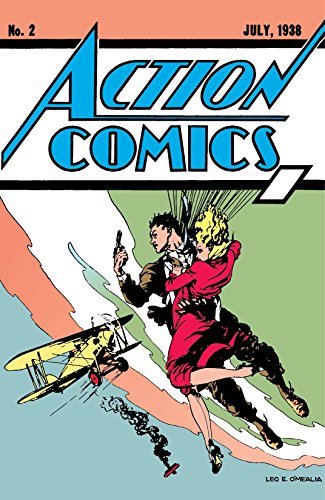

Books in series

Action Comics No. 1
1938

Action Comics (1938-2011) #2
1938

Action Comics (1938-2011) #3
1938
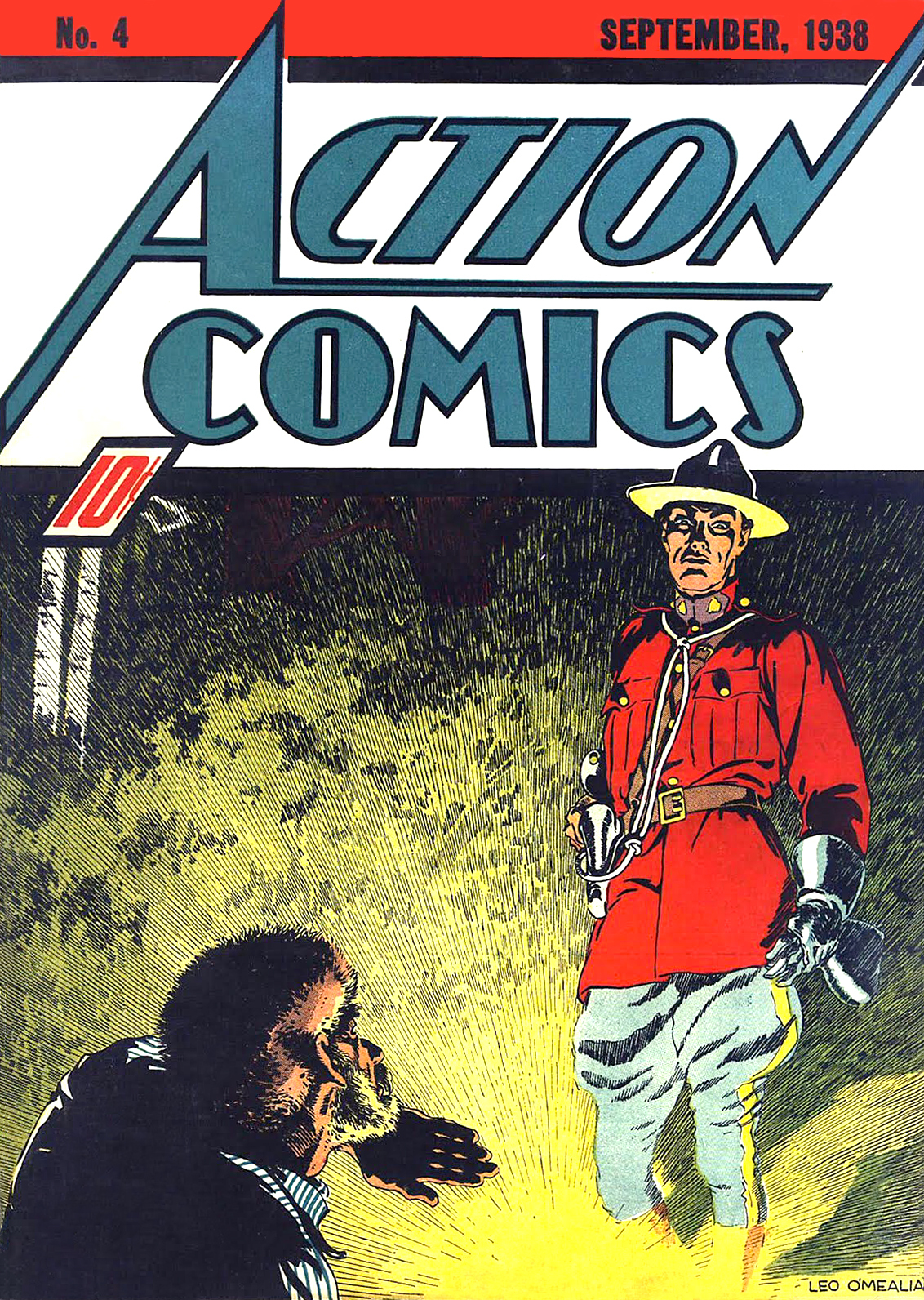
Action Comics (1938-2011) #4
1938
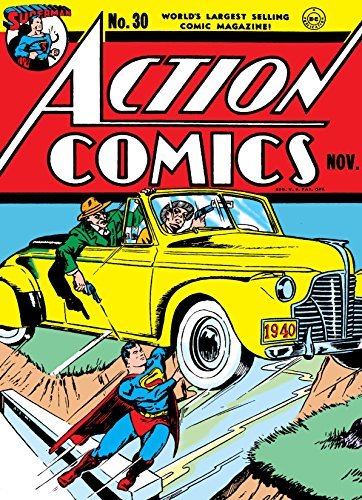
Action Comics (1938-2011) #30
1940
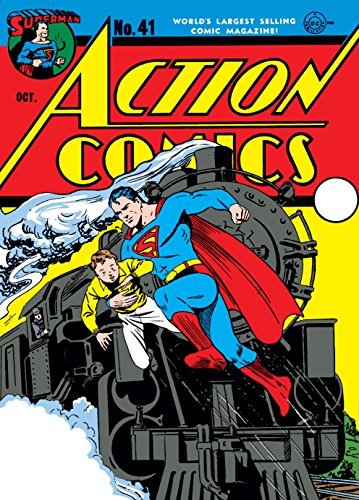
Action Comics (1938-2011) #41
1941
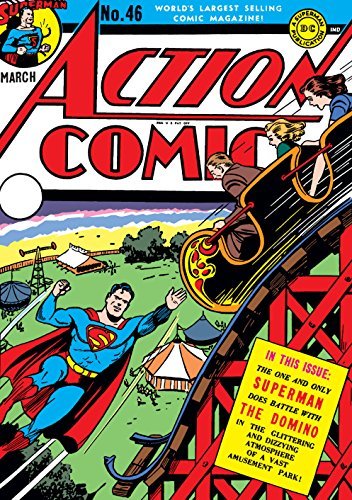
Action Comics (1938-2011) #46
1942
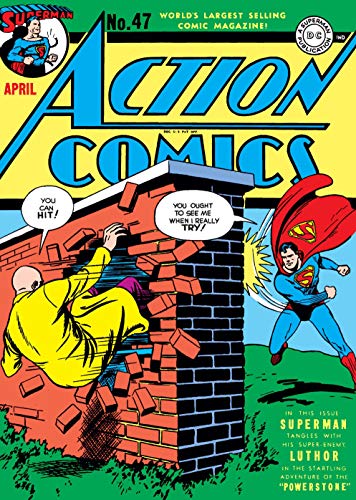
Action Comics (1938-2011) #47
1942
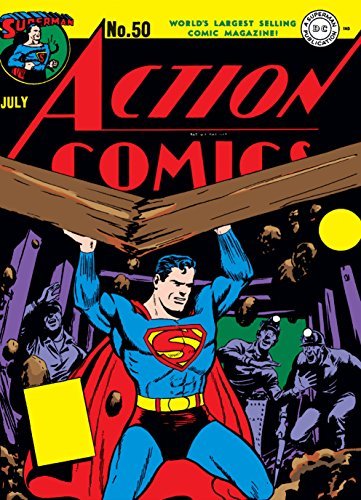
Action Comics (1938-2011) #50
1942
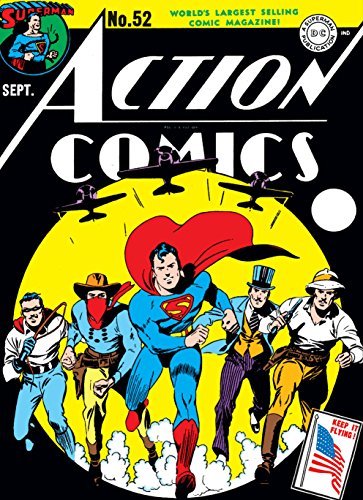
Action Comics (1938-2011) #52
1942
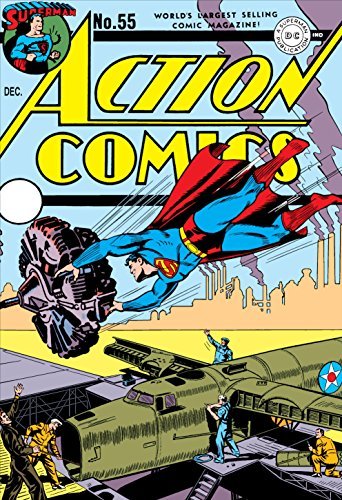
Action Comics (1938-2011) #55
1942
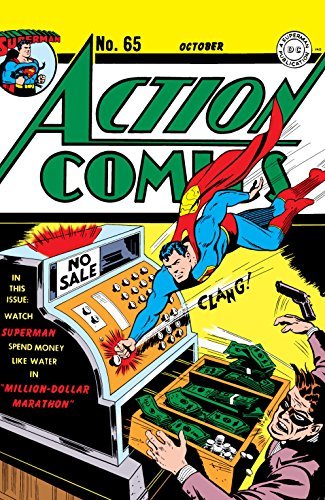
Action Comics (1938-2011) #65
1943
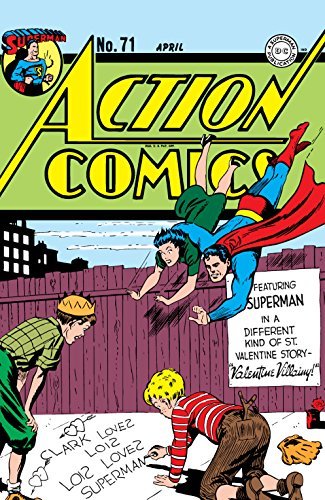
Action Comics (1938-2011) #71
1944
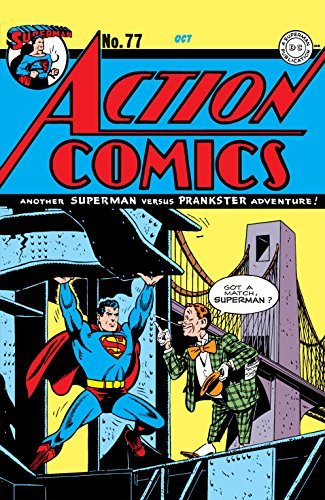
Action Comics (1938-2011) #77
1944
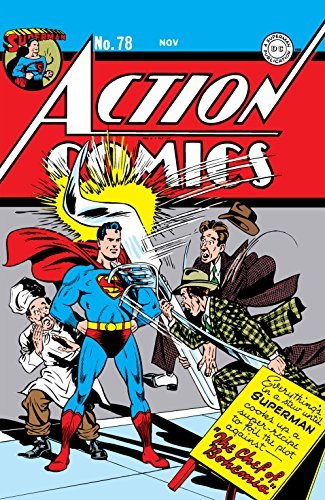
Action Comics (1938-2011) #78
1944
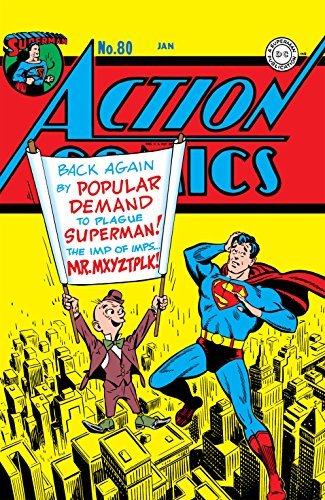
Action Comics (1938-2011) #80-81
1945
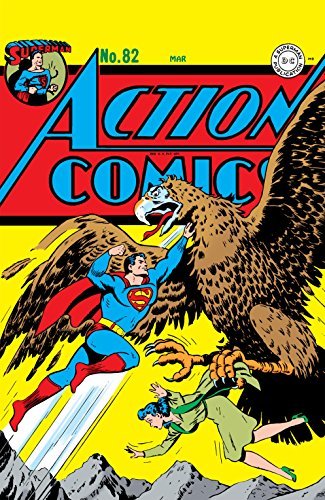
Action Comics (1938-2011) #82
1945

Action Comics (1938-2011) #85-86
1945
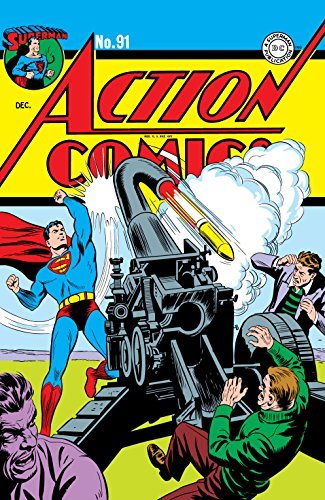
Action Comics (1938-2011) #91-92
1945

Action Comics (1938-2011) #96
1946
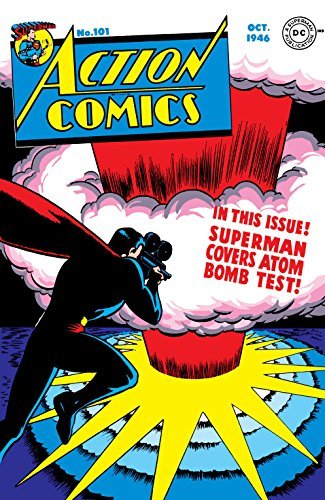
Action Comics (1938-2011) #101
1946
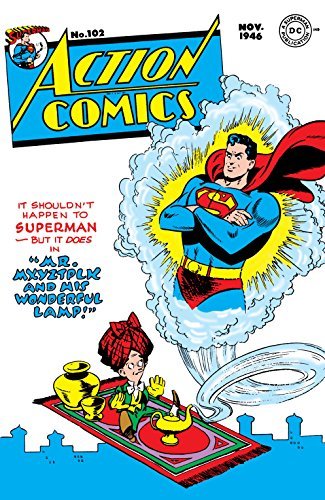
Action Comics (1938-2011) #102
1946
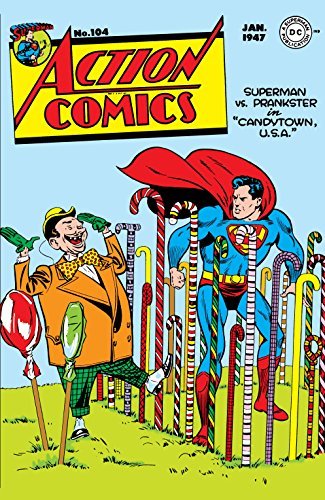
Action Comics (1938-2011) #104
1947
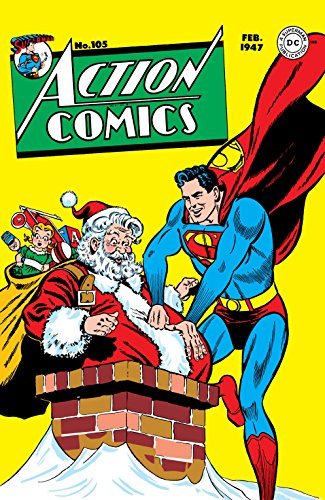
Action Comics (1938-2011) #105
1947
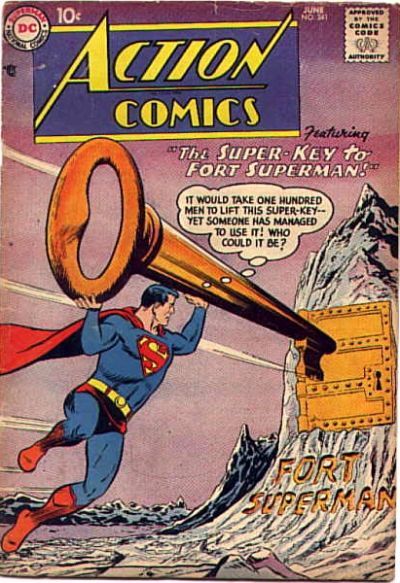
Action Comics #241
1958
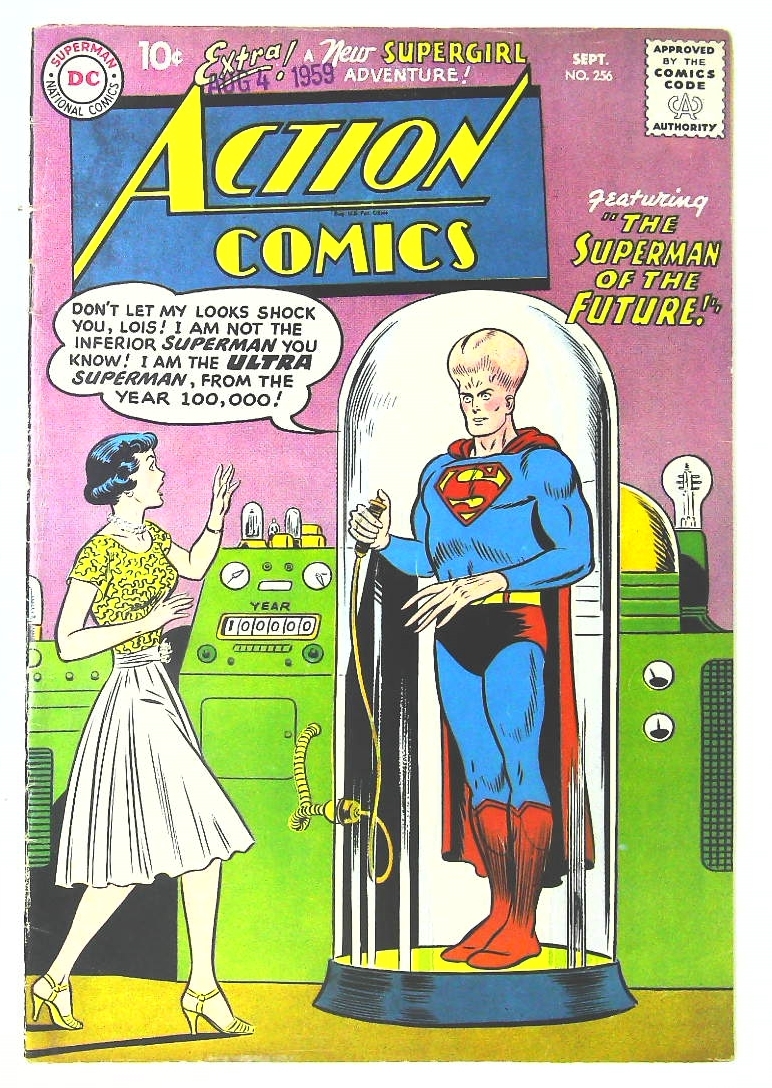
Action Comics
1959
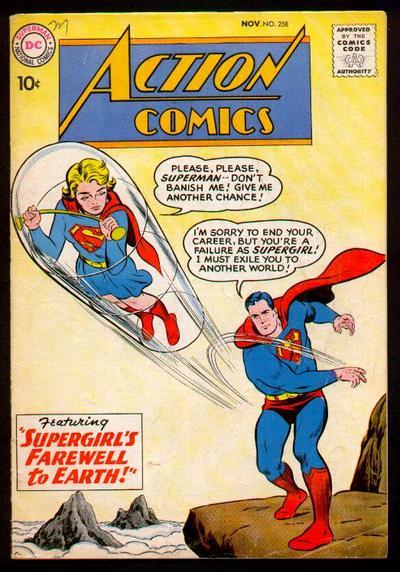
Action Comics
1959
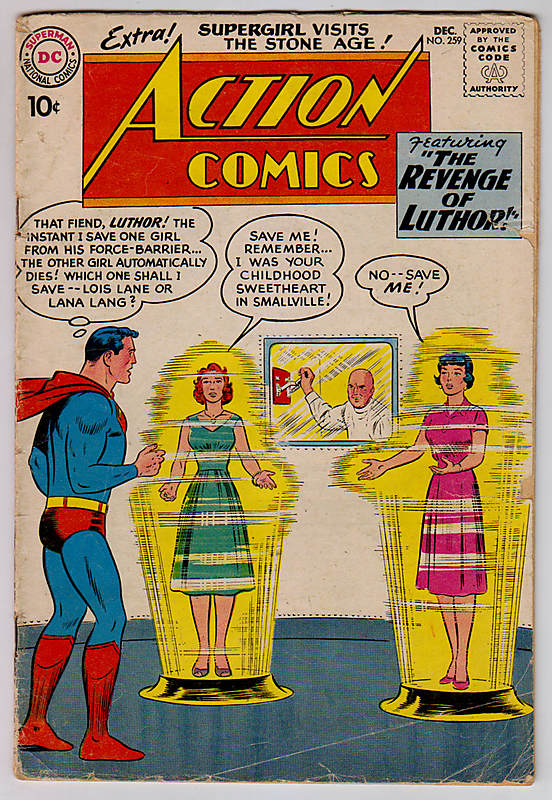
Action Comics
1959
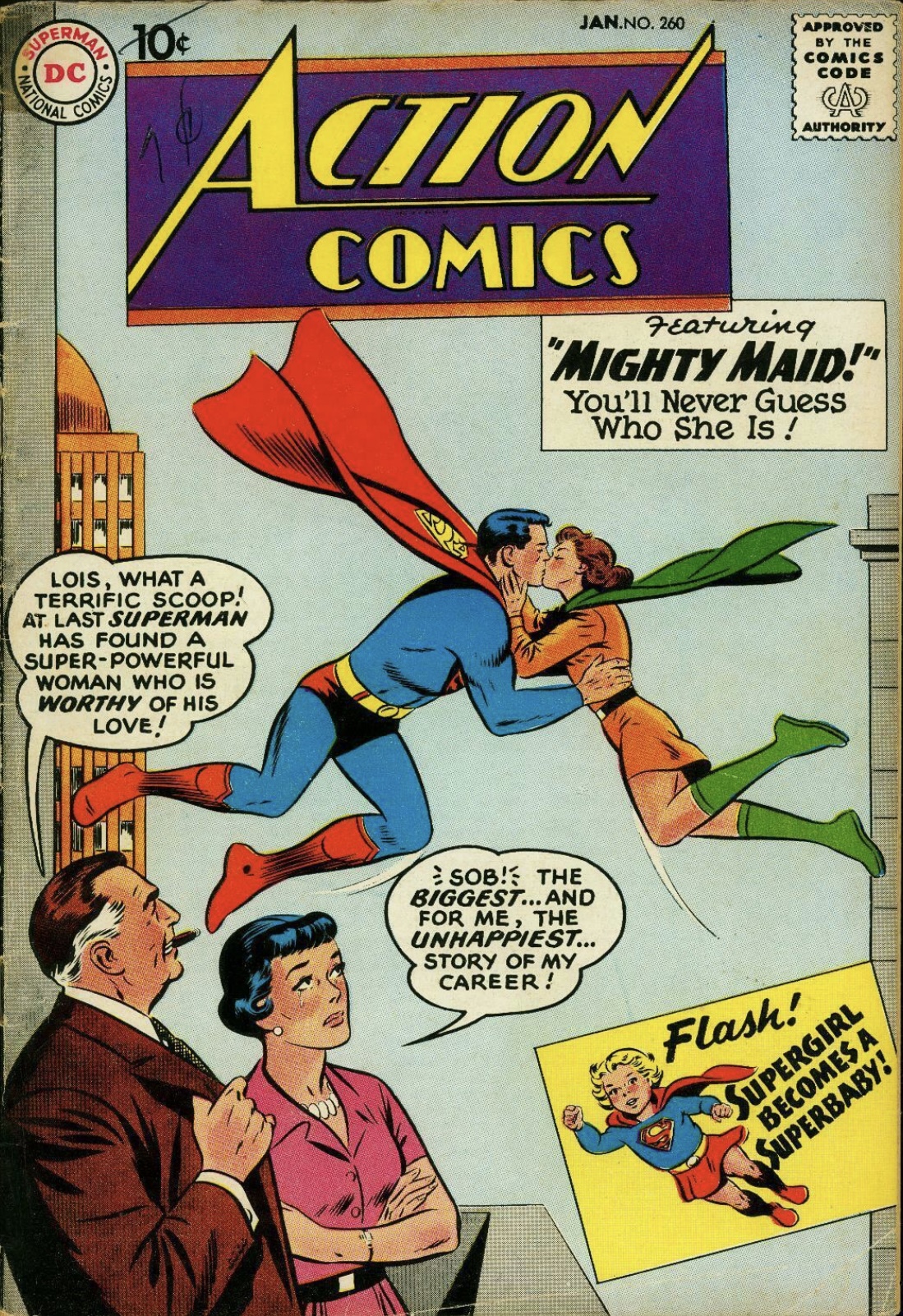
Action Comics
1960
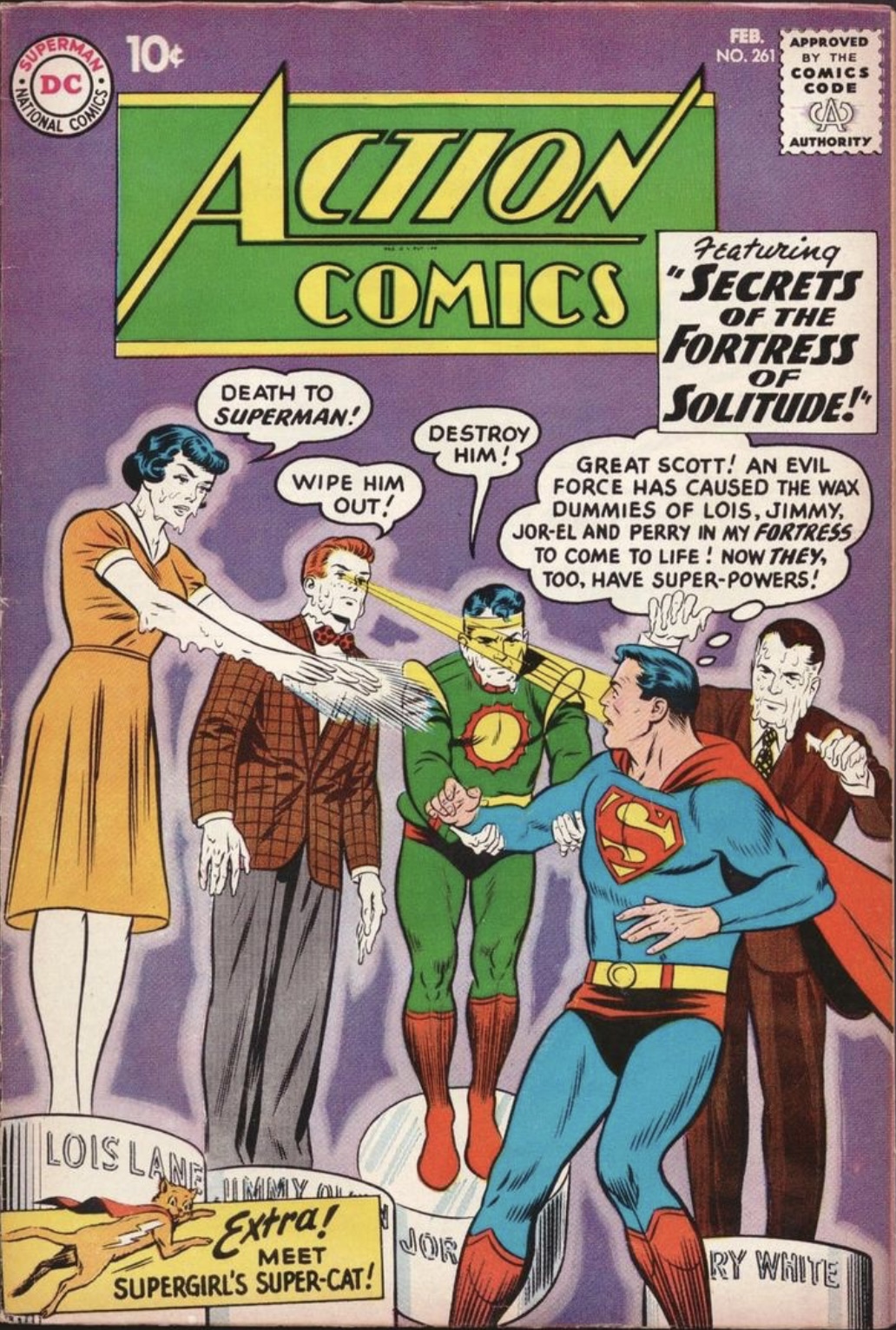
Action Comics
1960
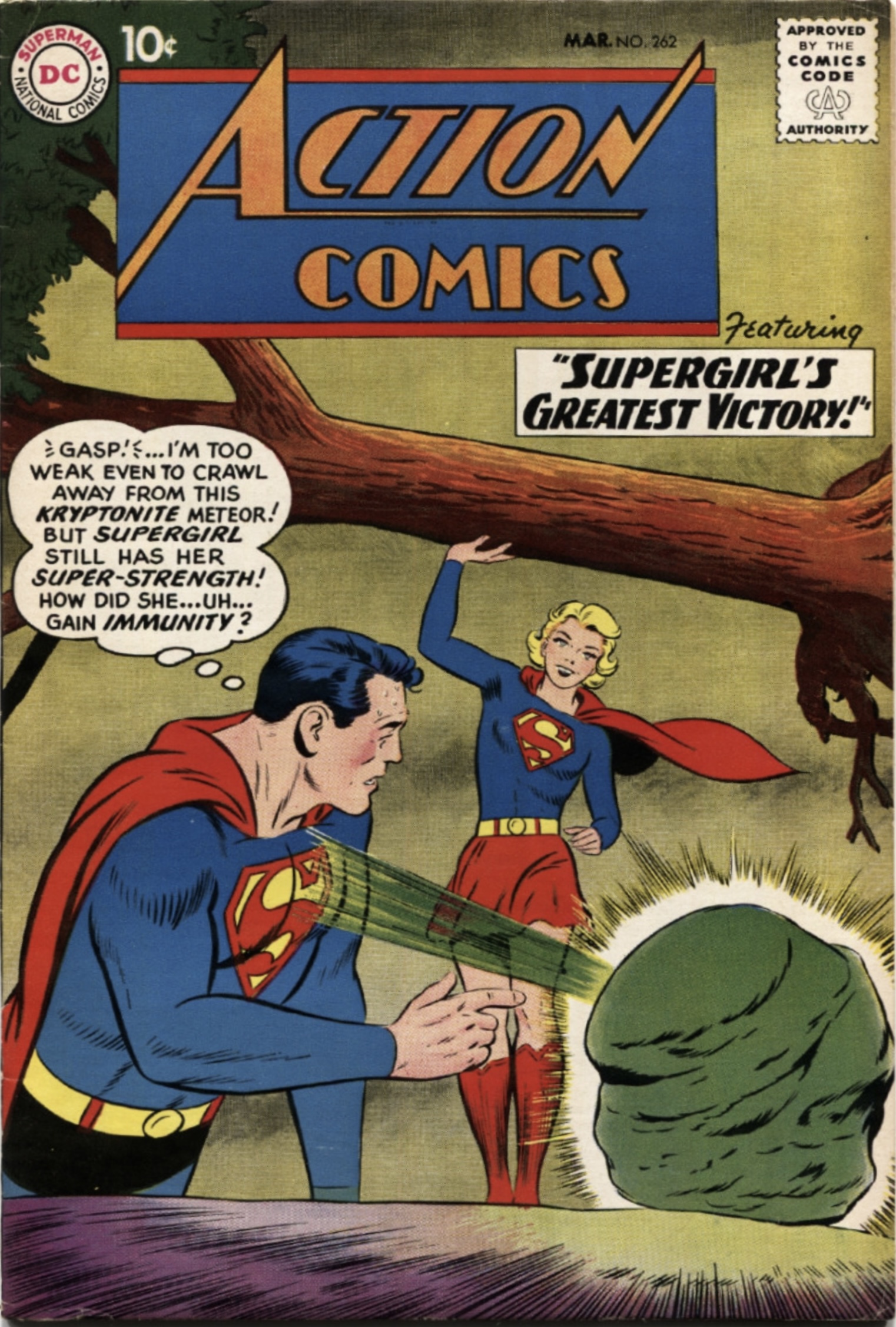
Action Comics
1960
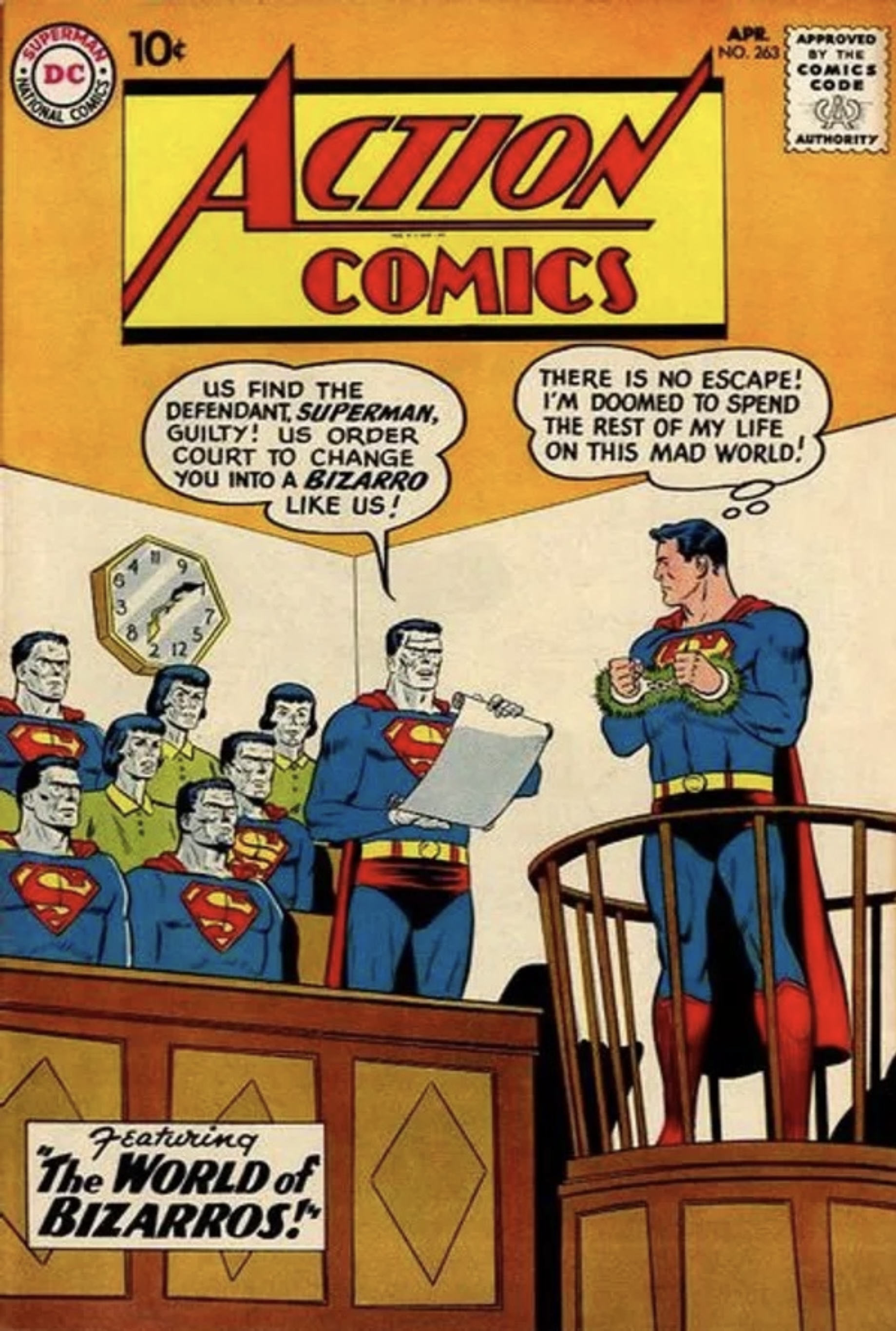
Action Comics
1960
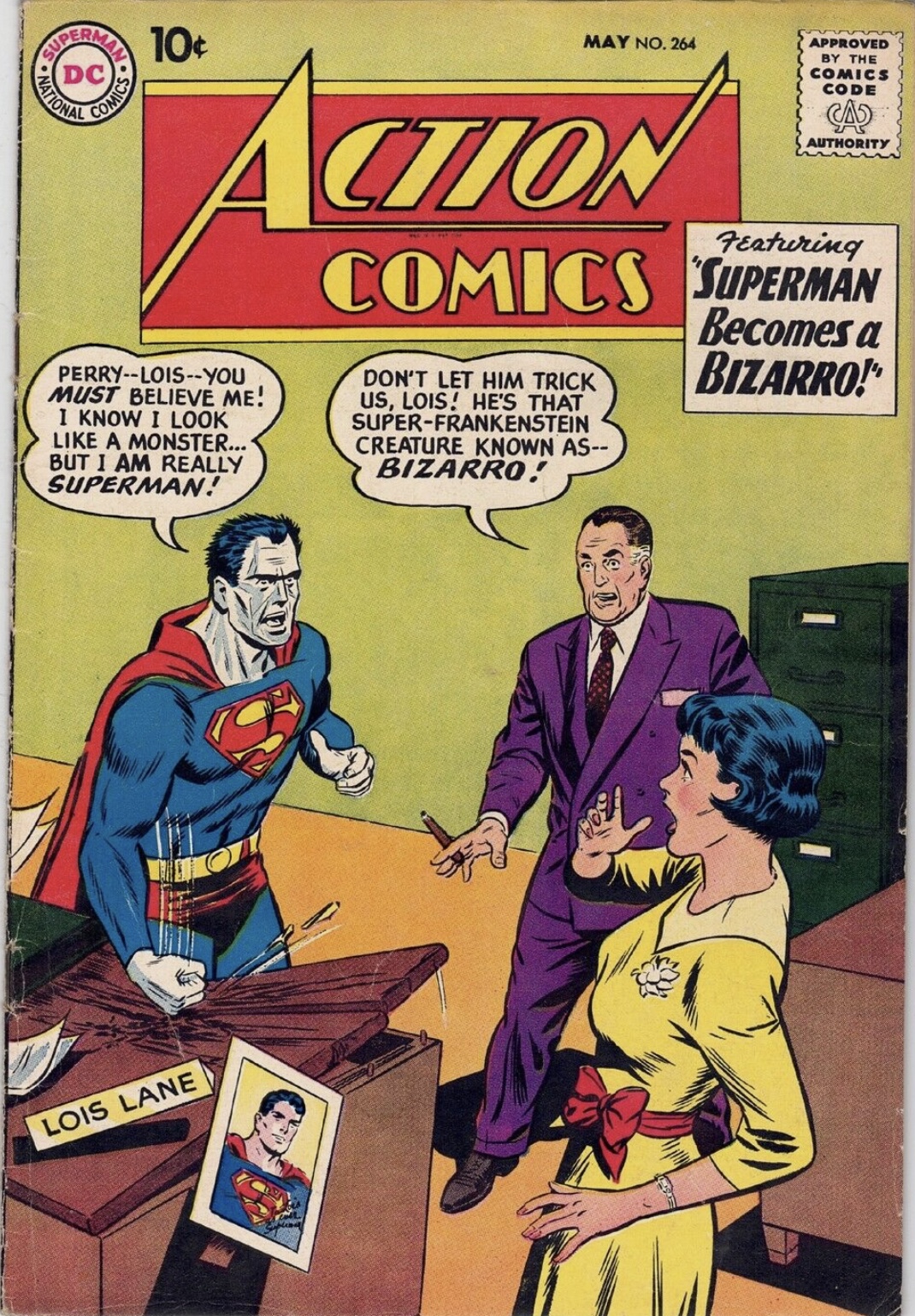
Action Comics
1960
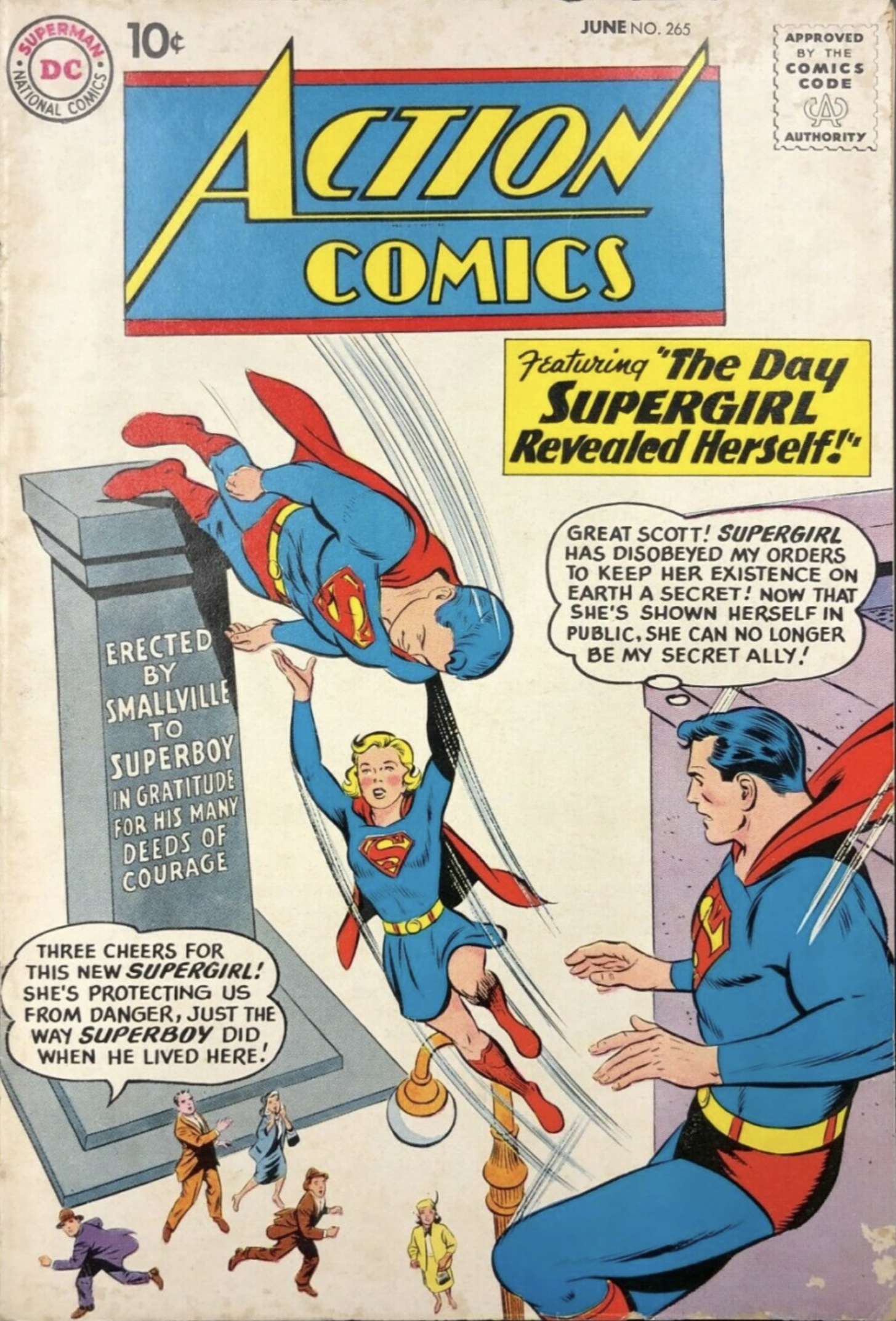
Action Comics
1960
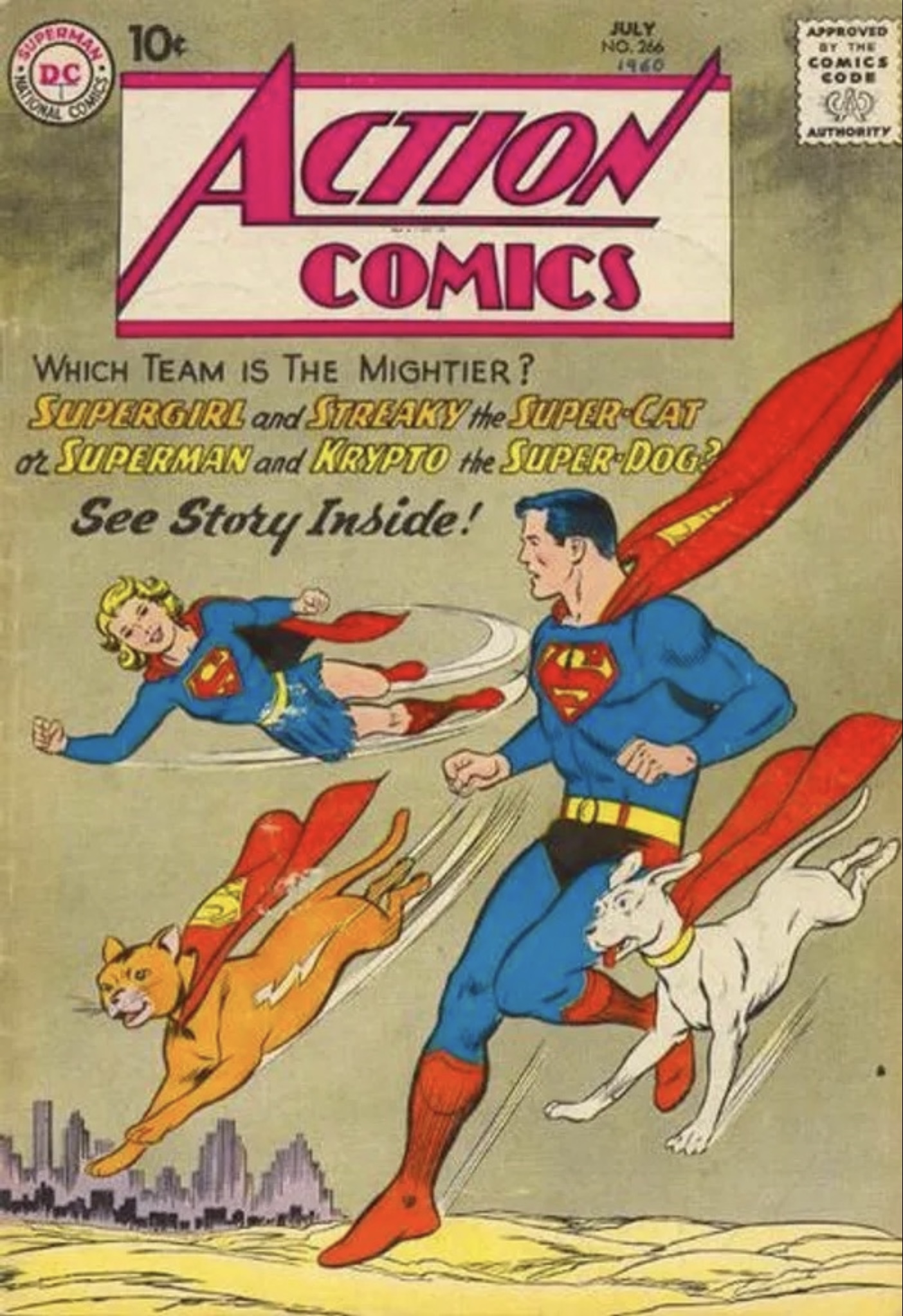
Action Comics
1960
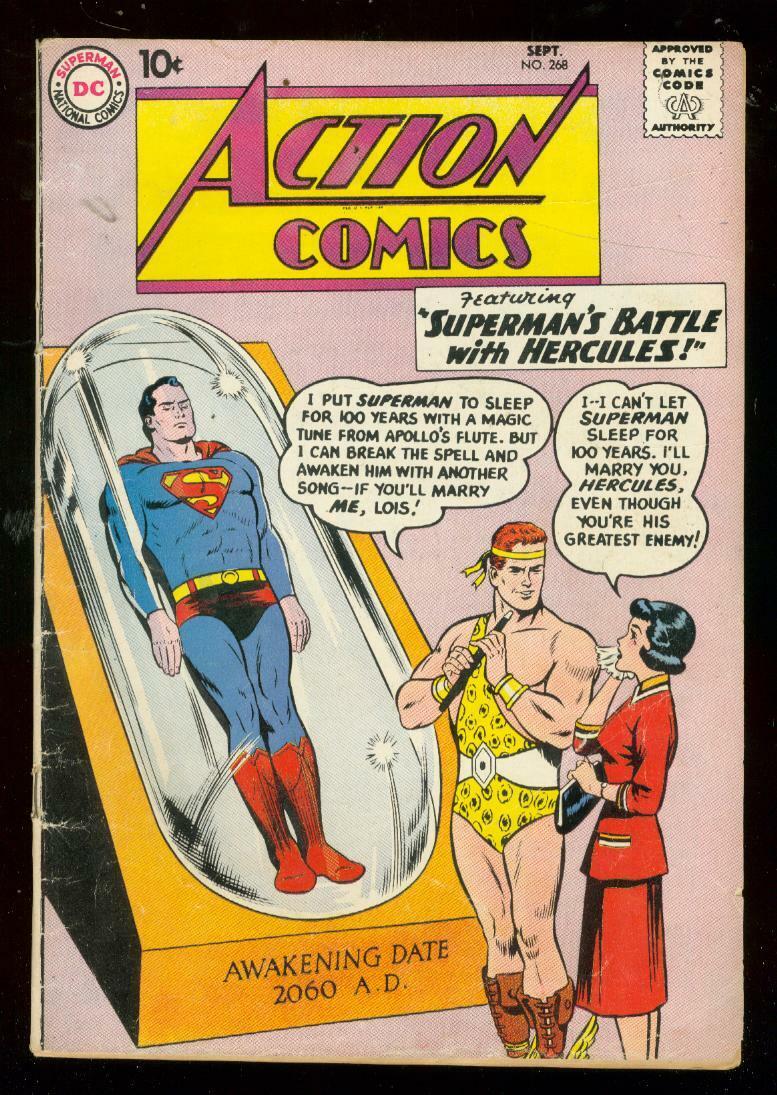
Action Comics
1960
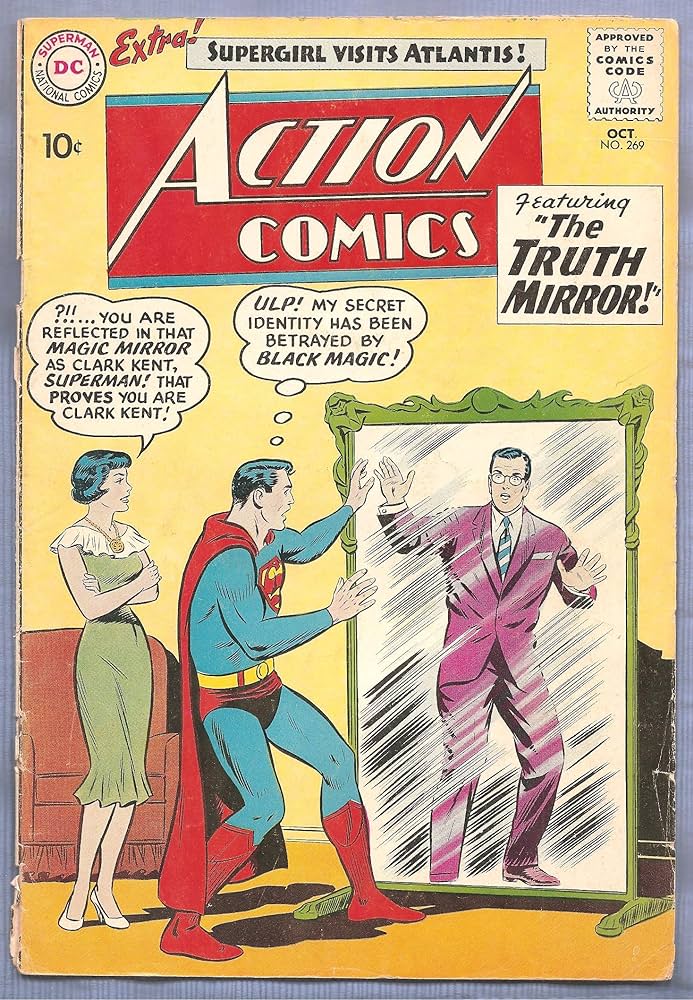
Action Comics
1960
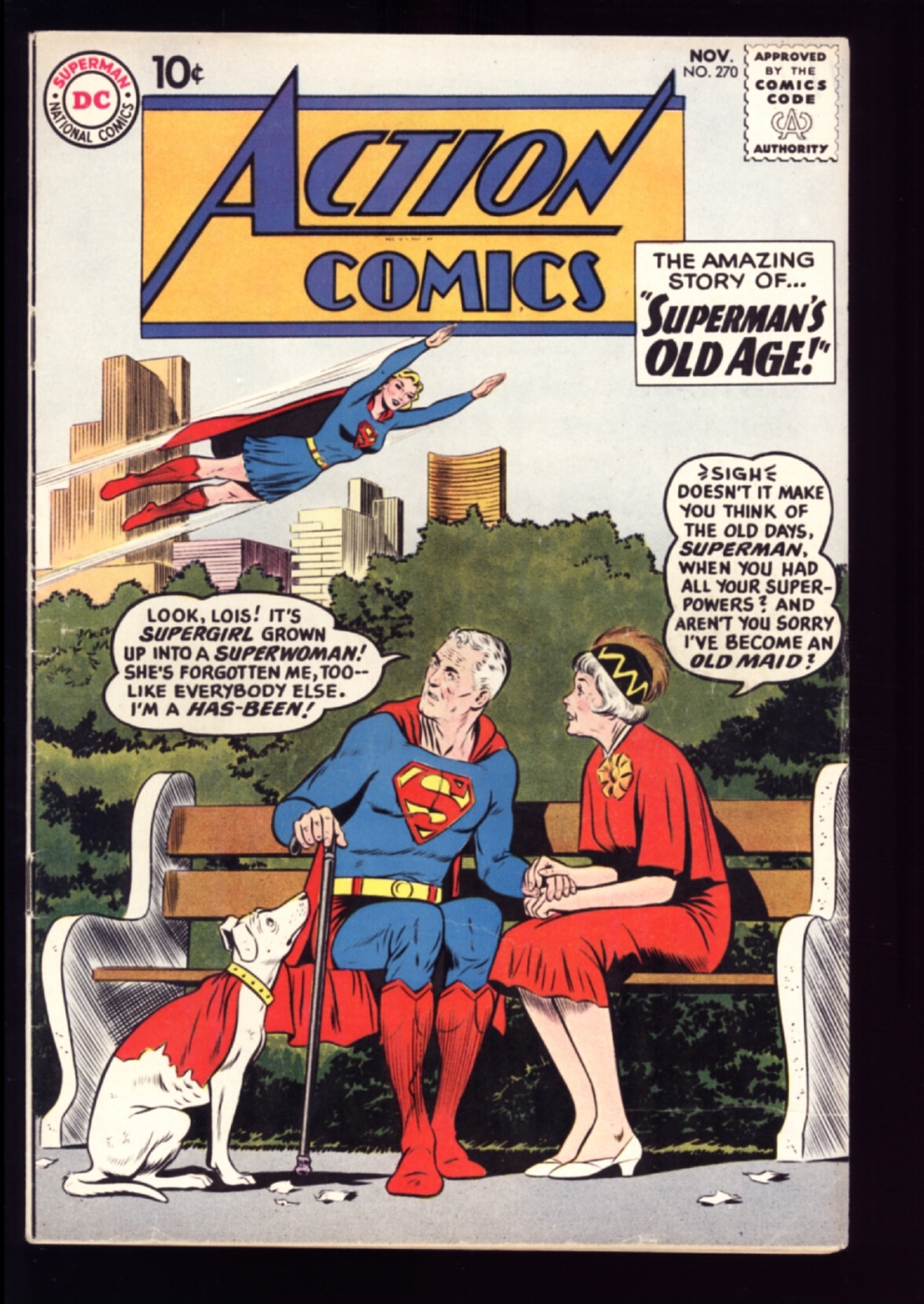
Action Comics
1960

Action Comics
1960
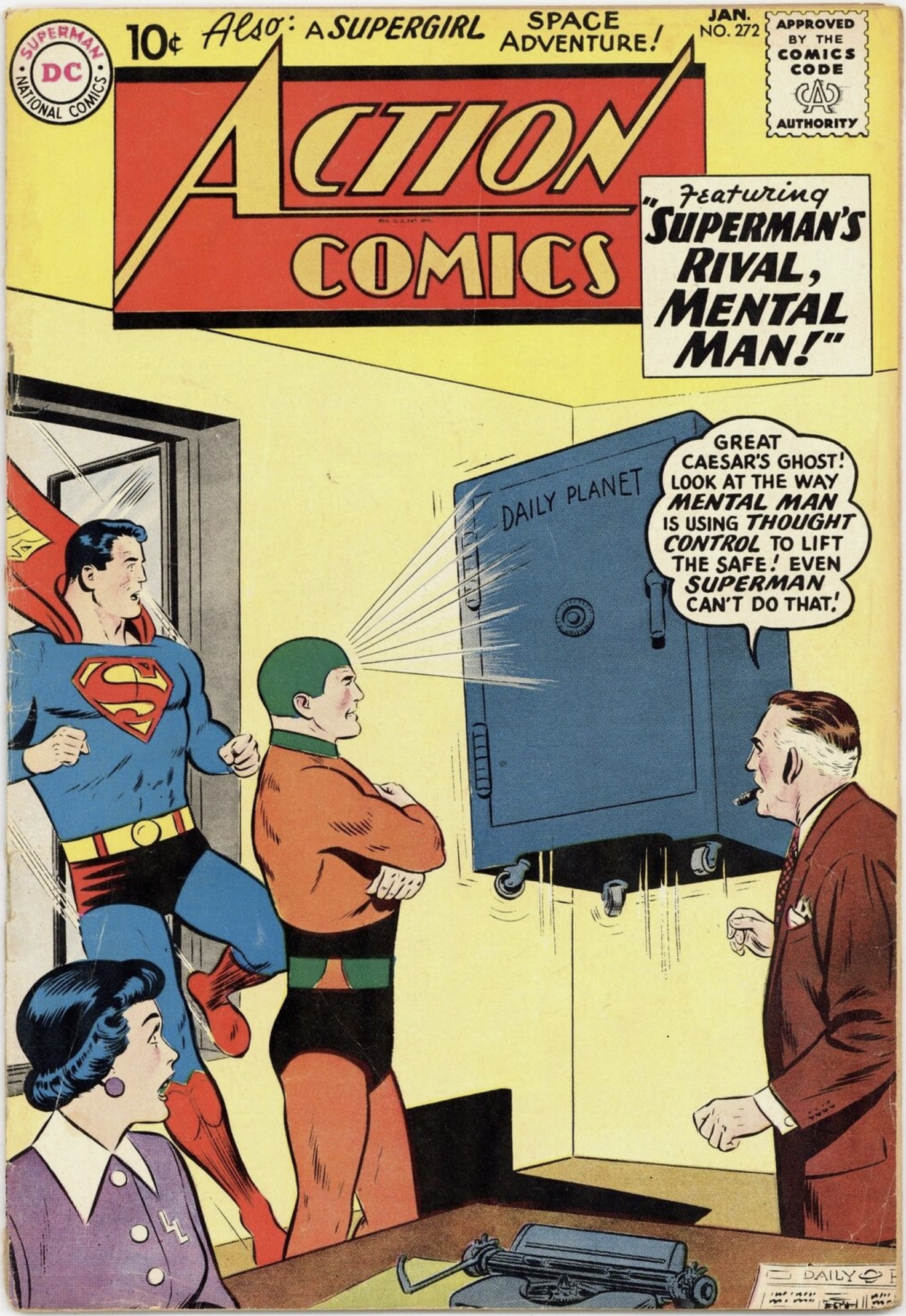
Action Comics
1961
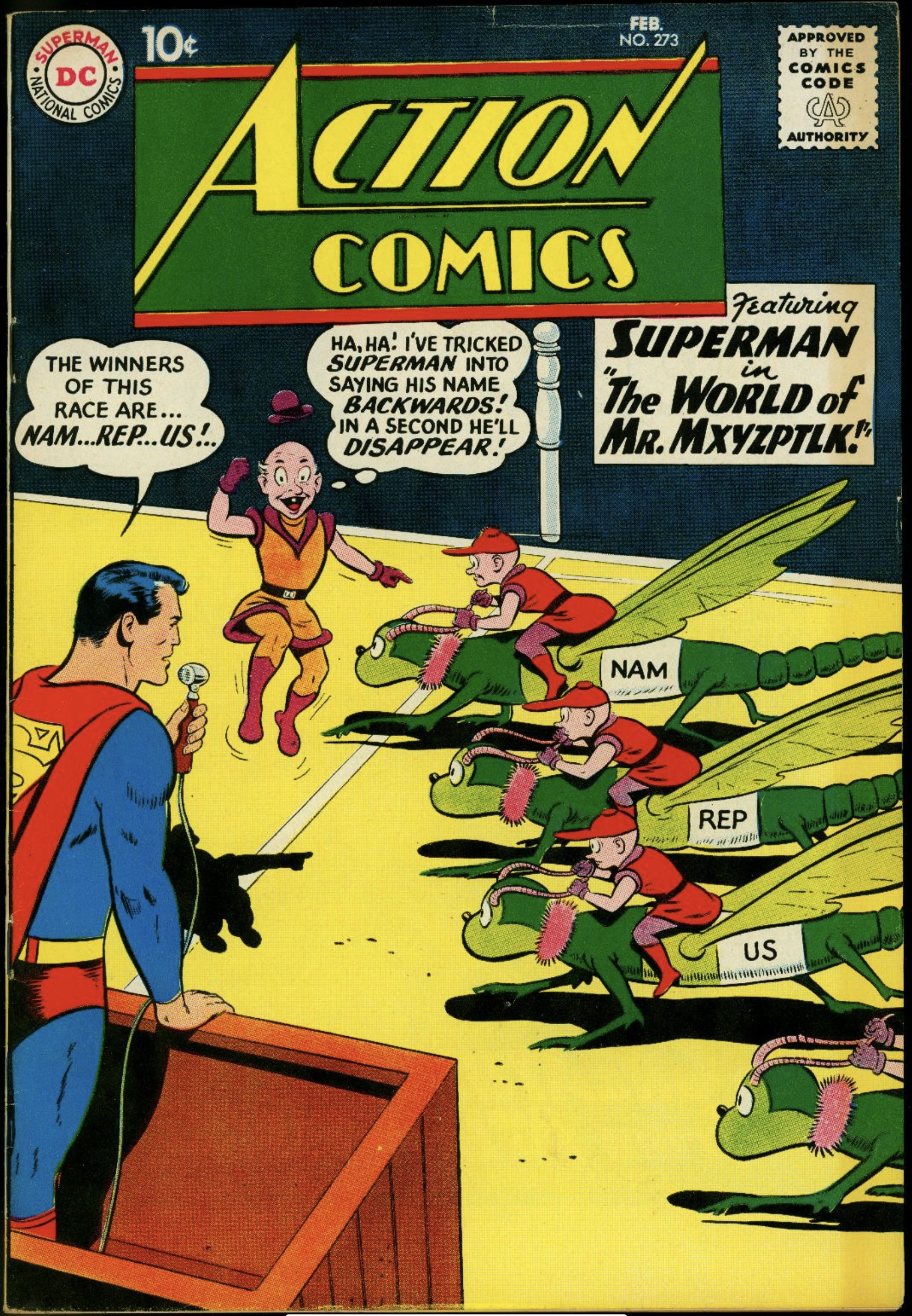
Action Comics
1961
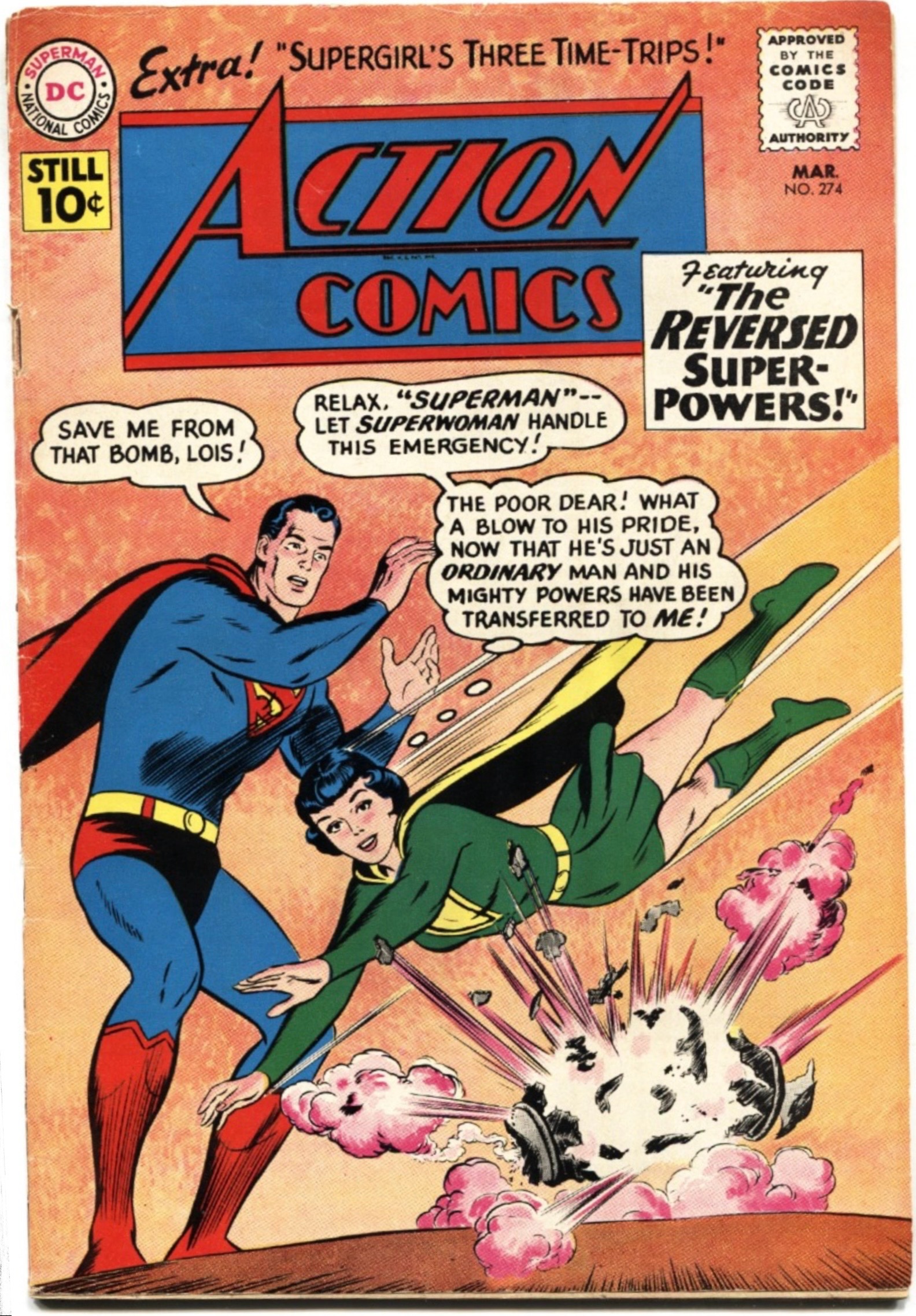
Action Comics
1961
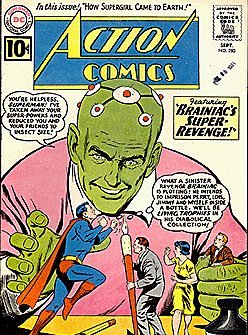
Action Comics
1961
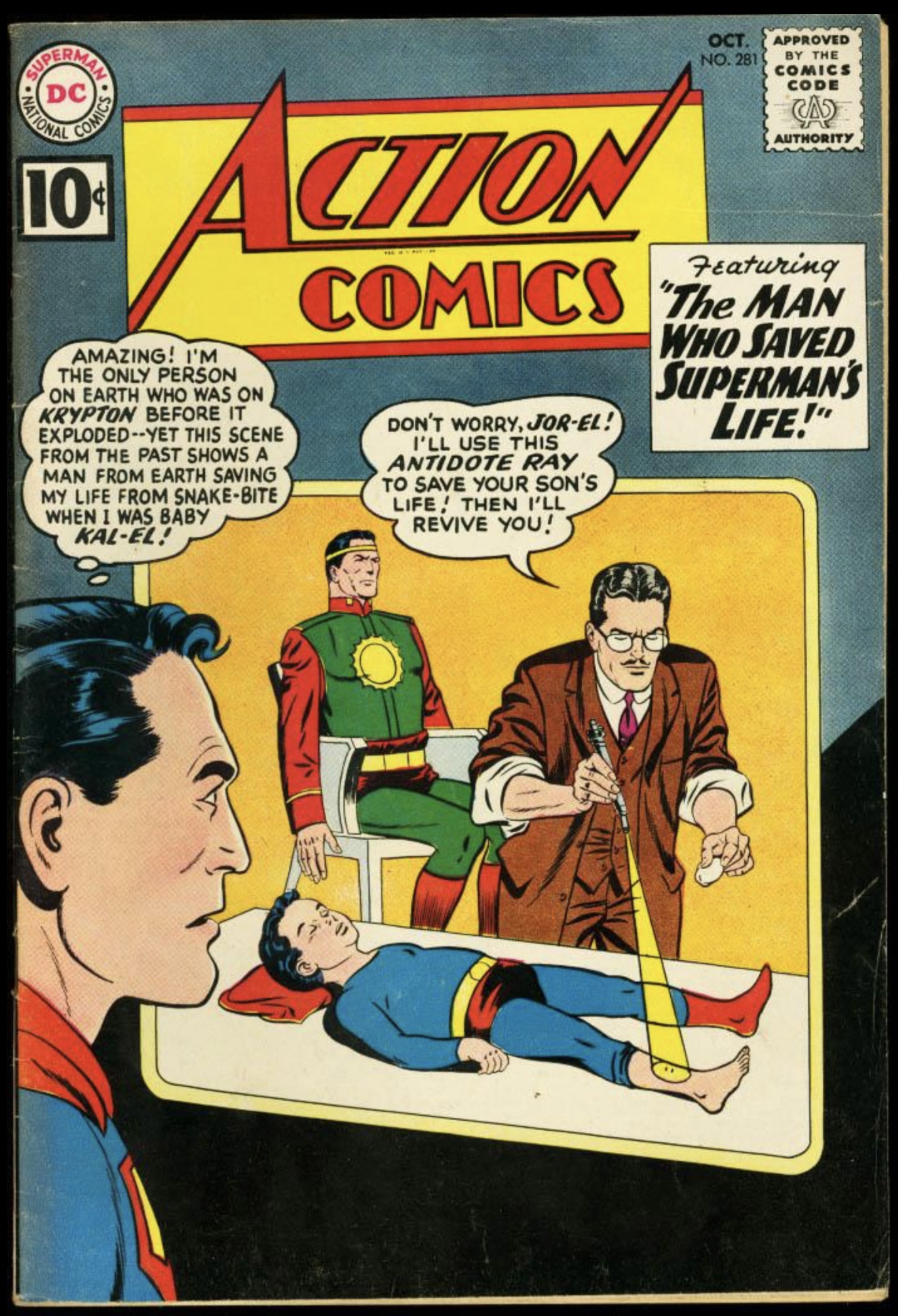
Action Comics
1961
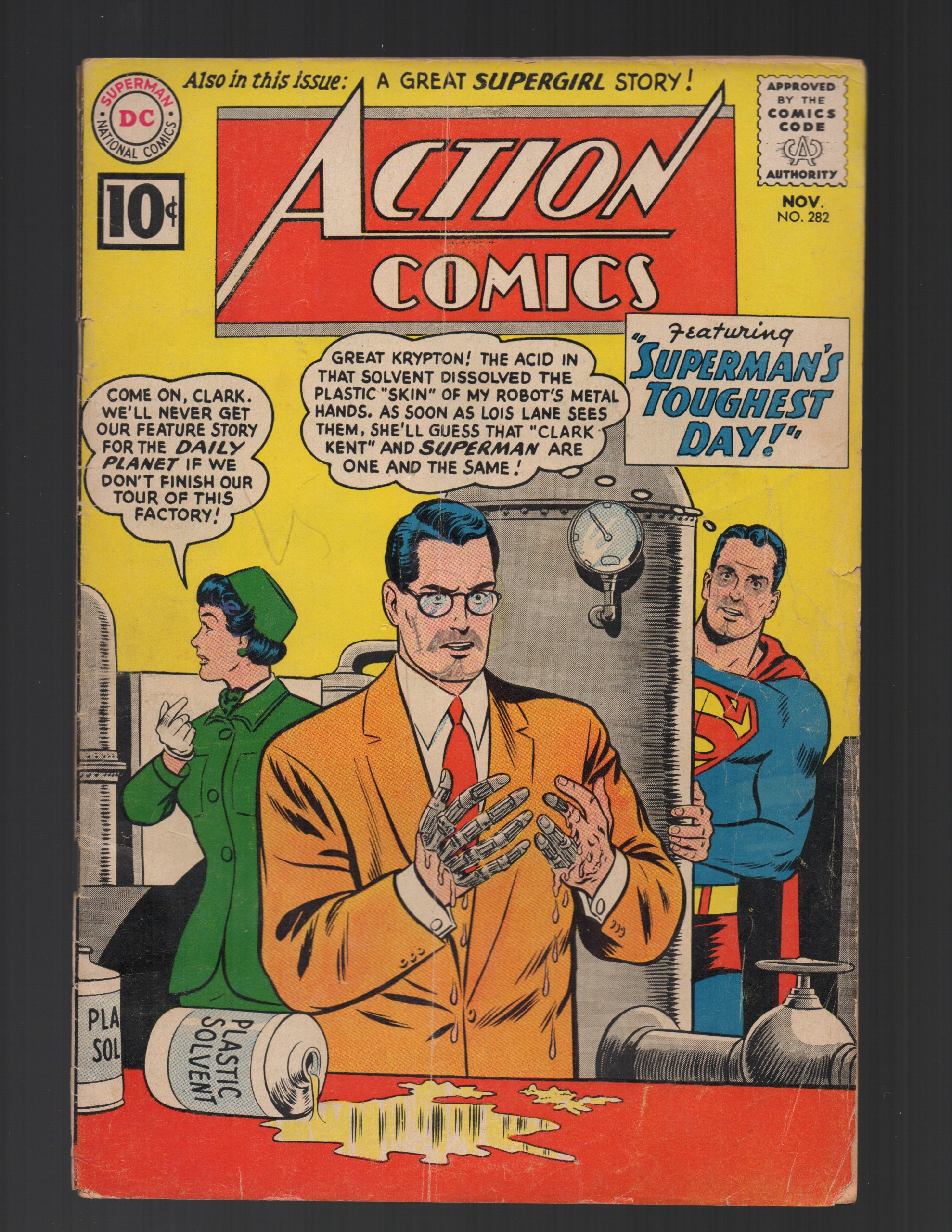
Action Comics
1961
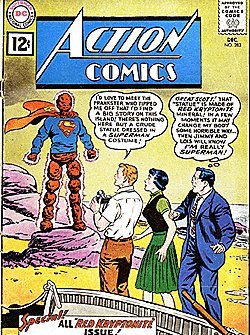
Action Comics
1961
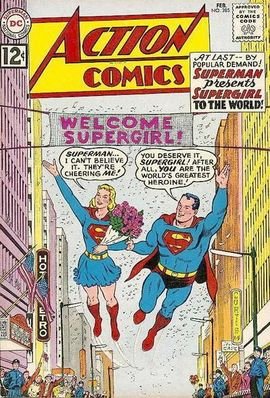
Action Comics
1962
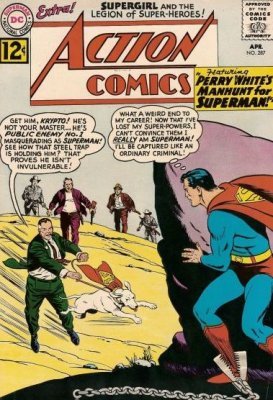
Action Comics
1962
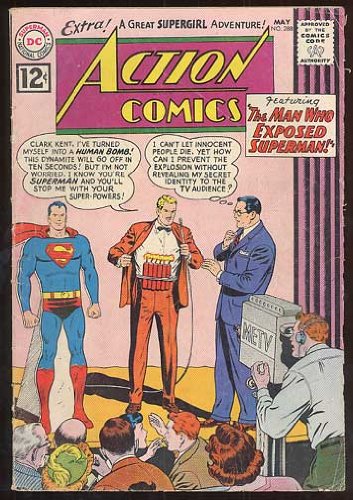
Action Comics
1962
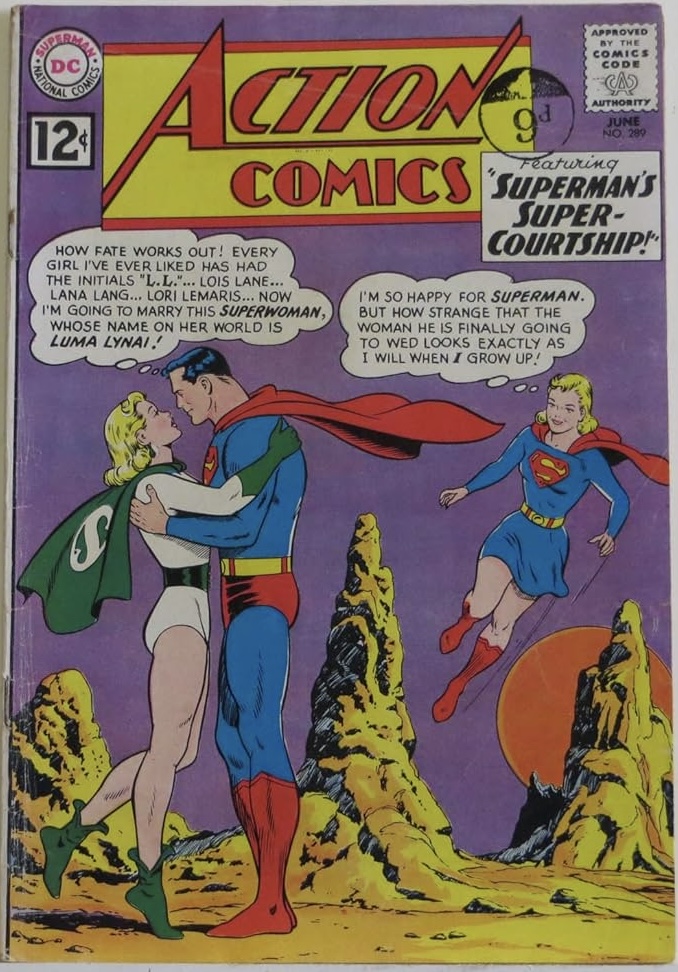
Action Comics
1962

Action Comics
1962
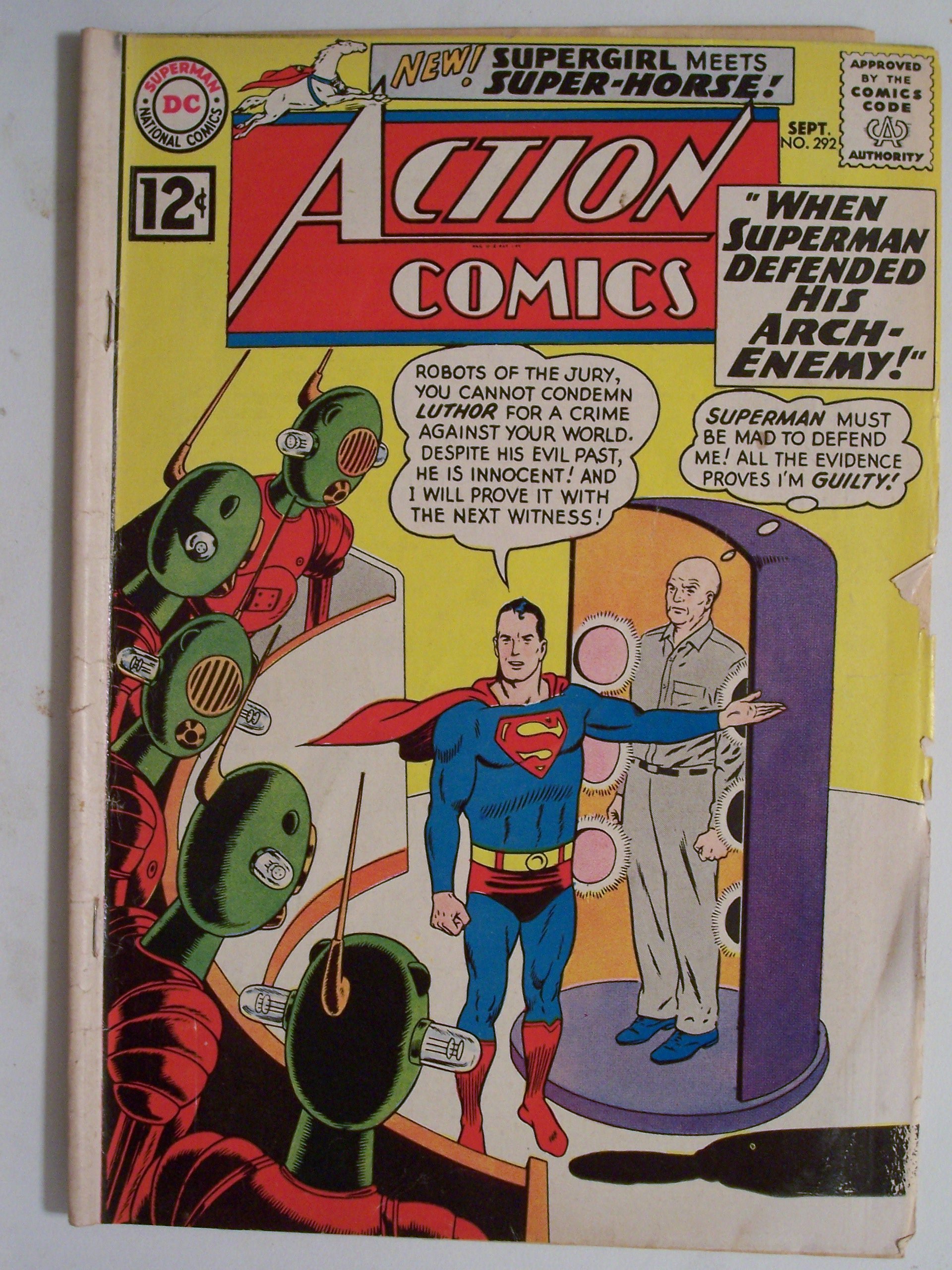
Action Comics
1962
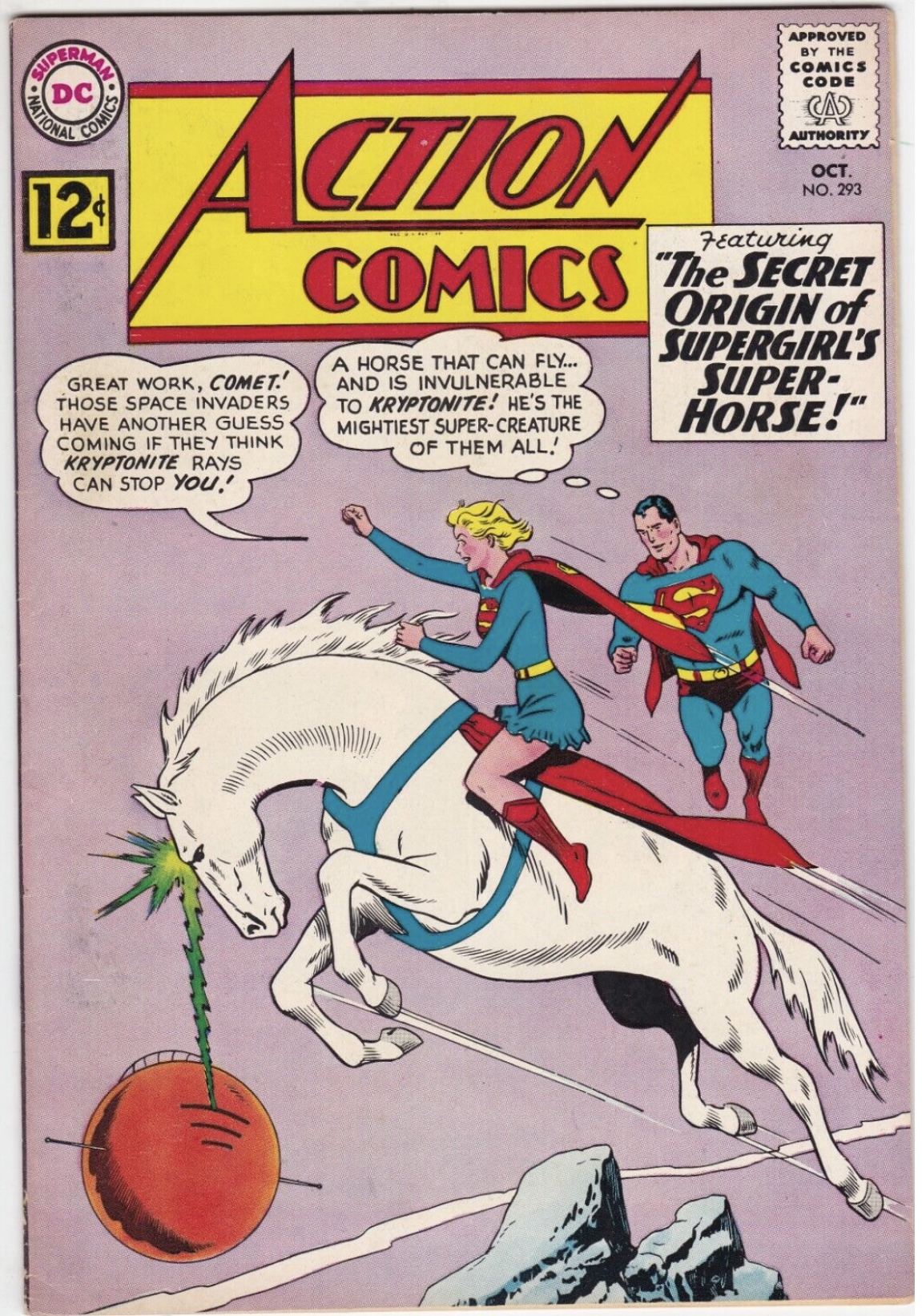
Action Comics
1962

Action Comics
1962
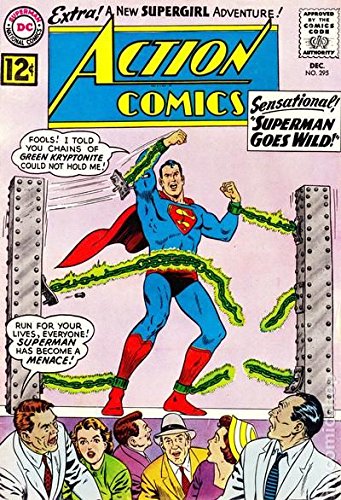
Action Comics
1962
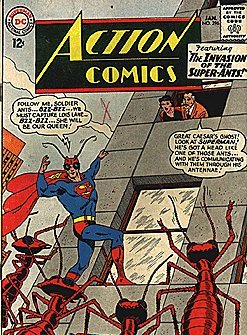
Action Comics
1963
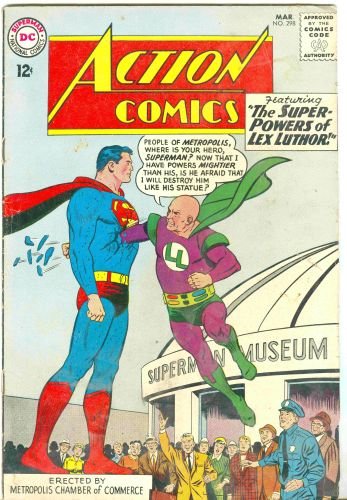
Action Comics
1963
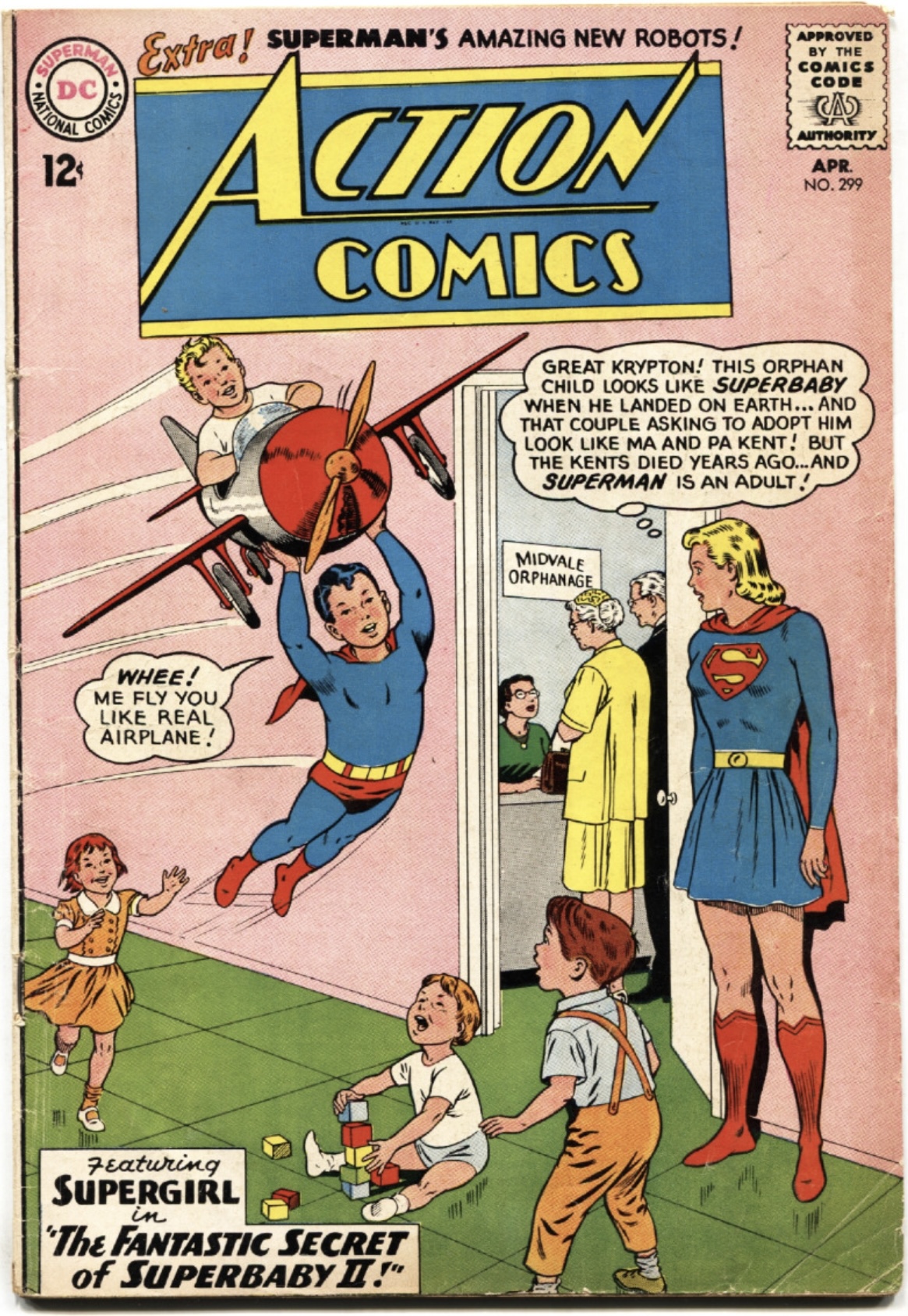
Action Comics
1963
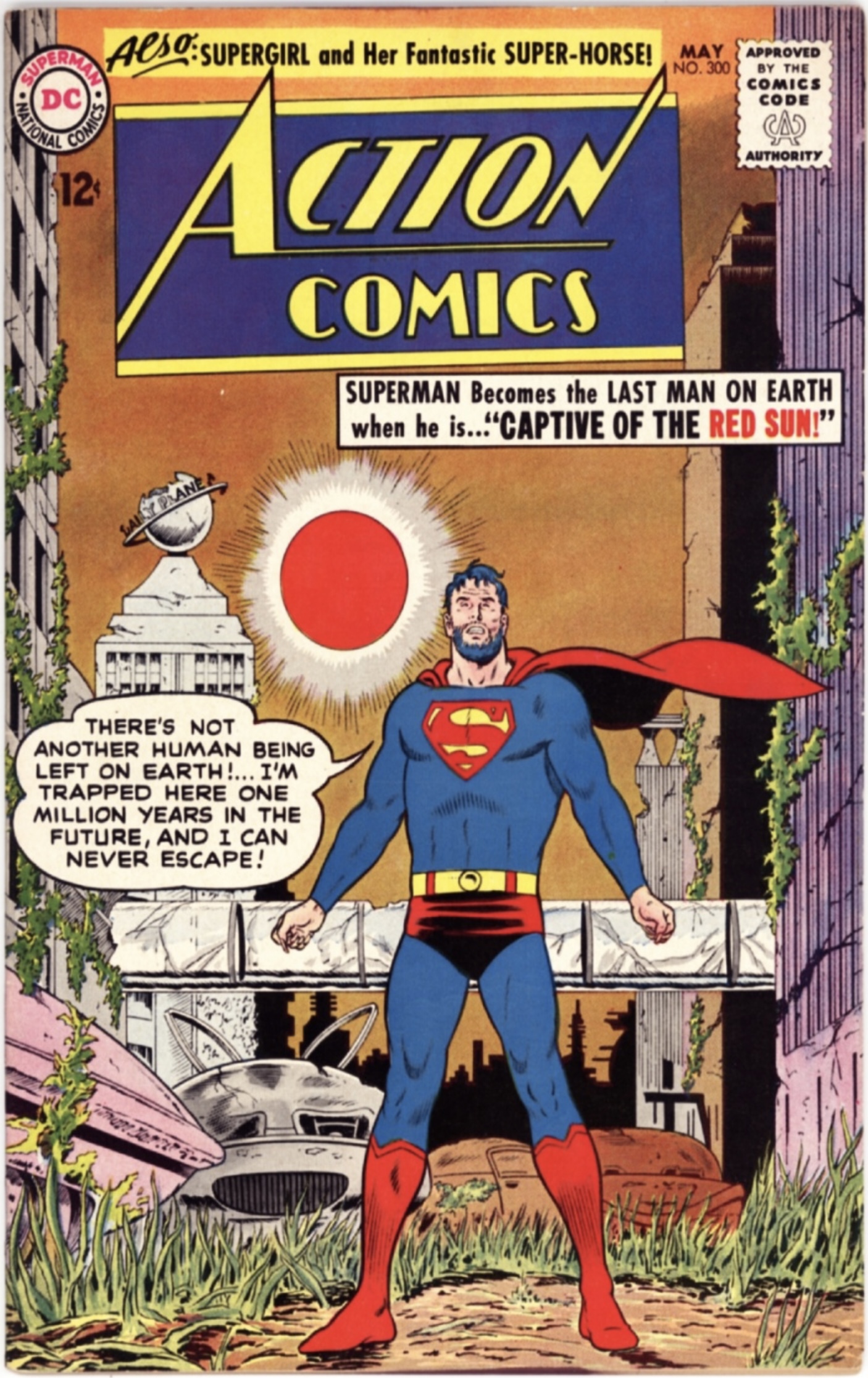
Action Comics
1963
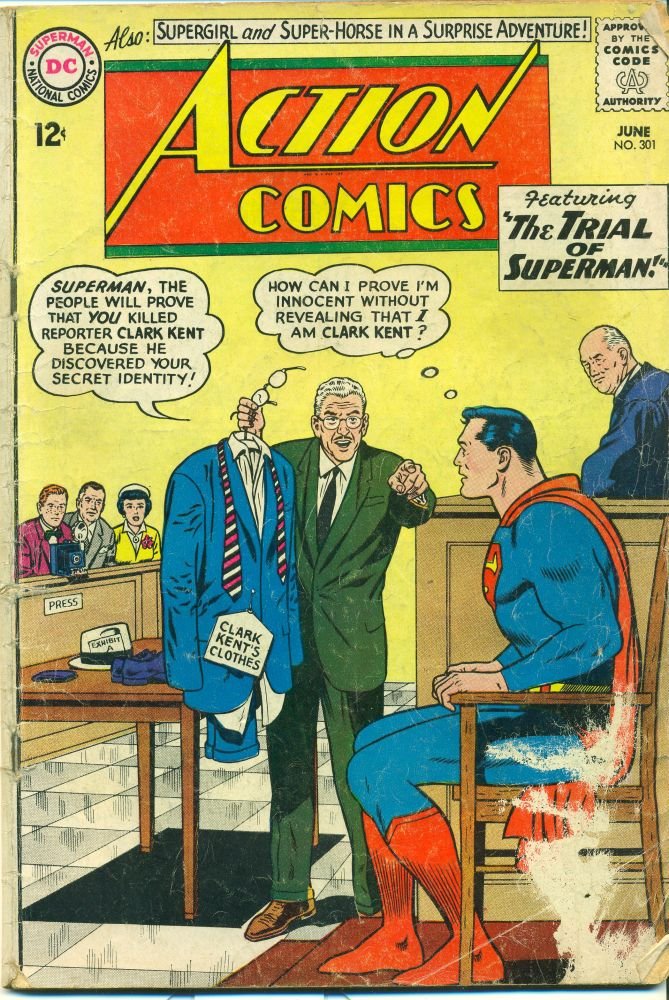
Action Comics
1963
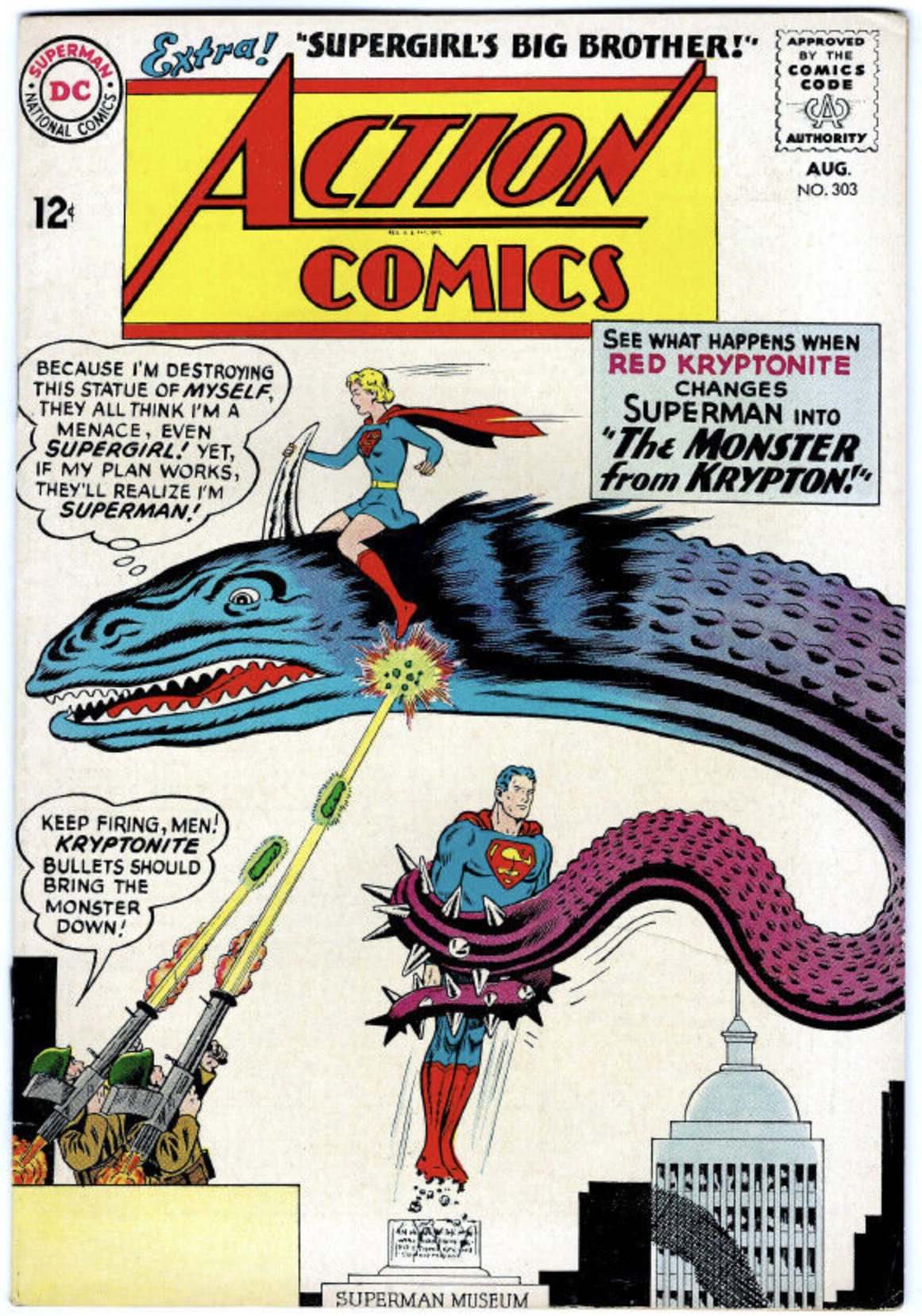
Action Comics
1963
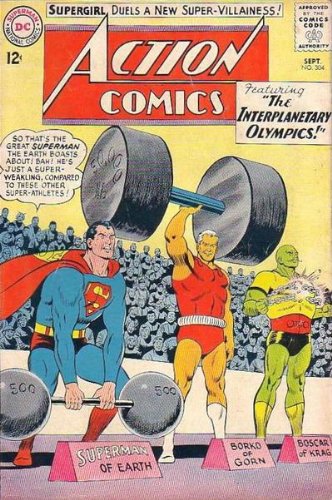
Action Comics
1963
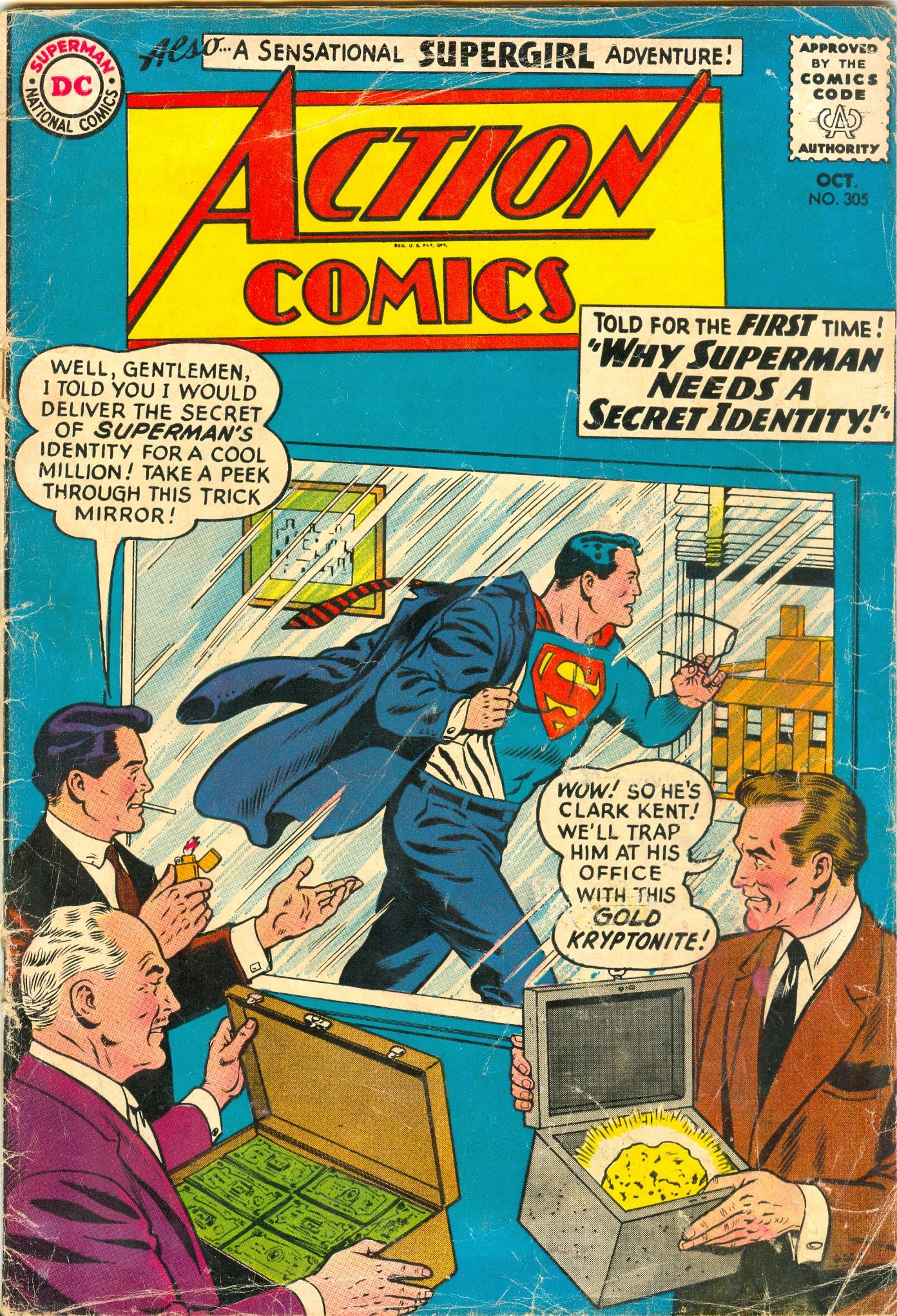
Action Comics
1938
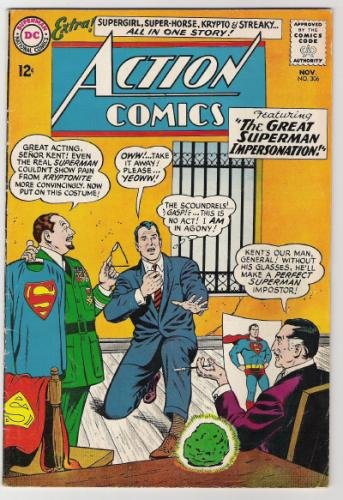
Action Comics
1963
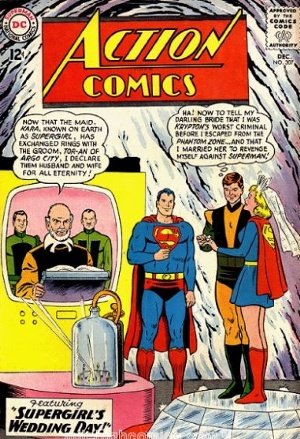
Action Comics
1963

Action Comics
1938
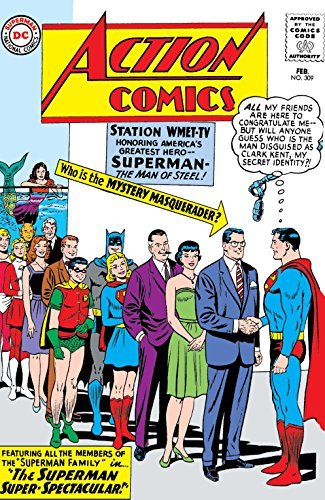
Action Comics
1964
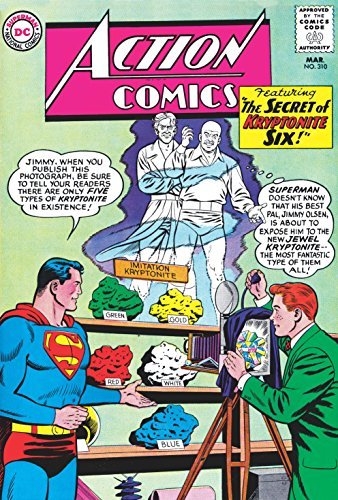
Action Comics
1938
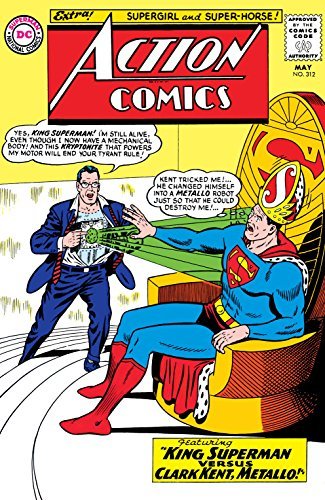
Action Comics
1938

Action Comics
1964
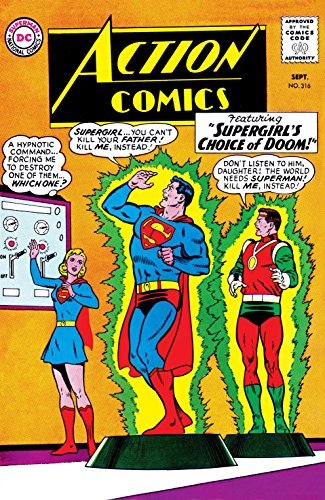
Action Comics
1964
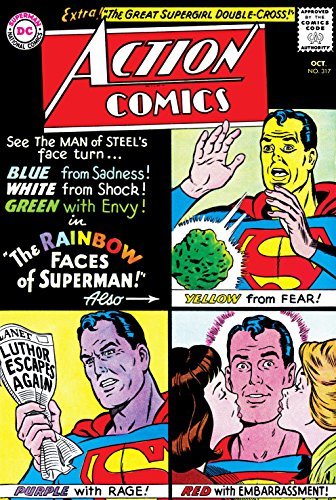
Action Comics
1938
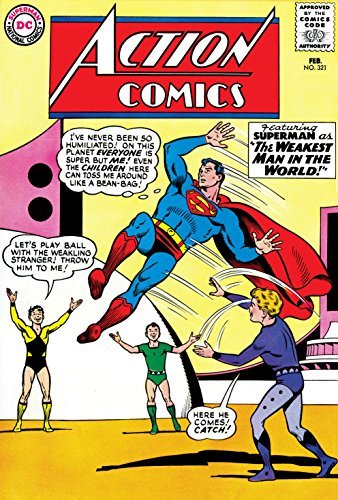
Action Comics
1938
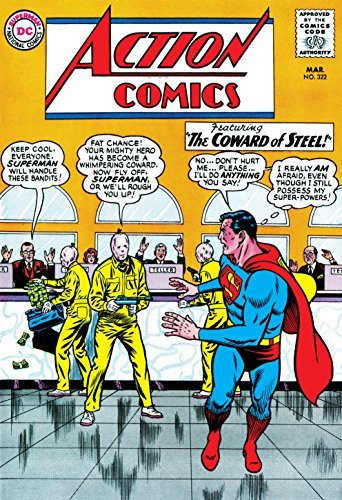
Action Comics
1965
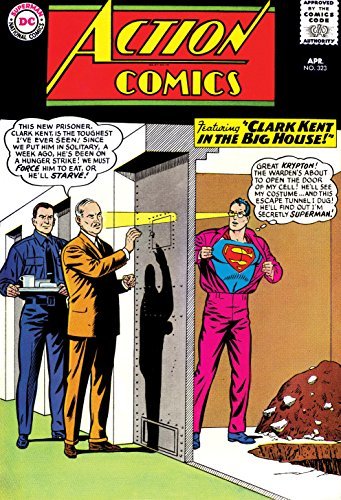
Action Comics
1938
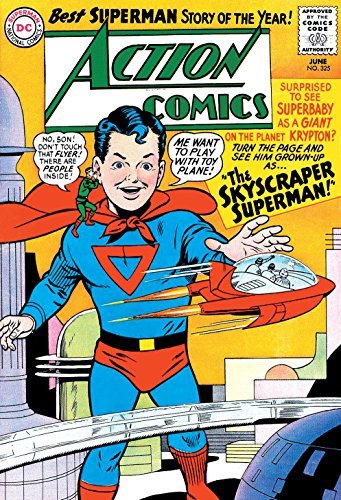
Action Comics
1965

Action Comics
1965
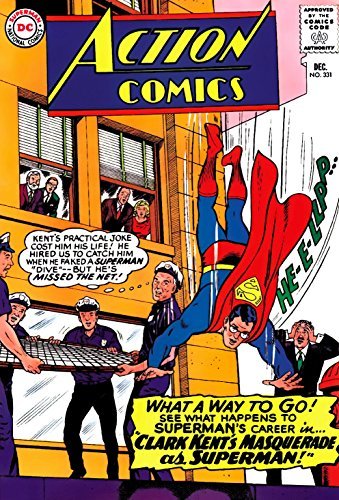
Action Comics
1965
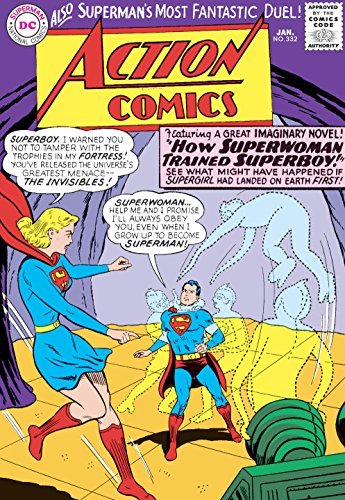
Action Comics
1966
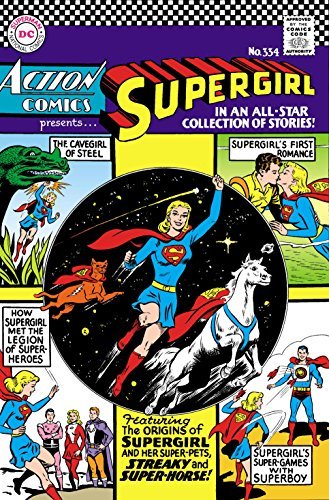
Action Comics
1966
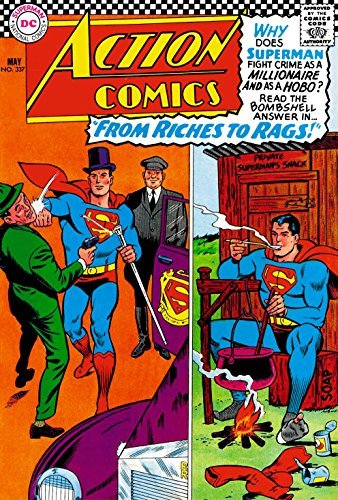
Action Comics
1938
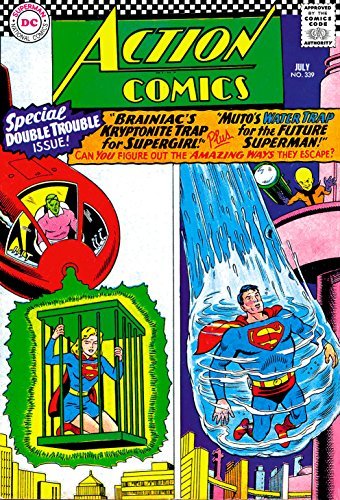
Action Comics
1938
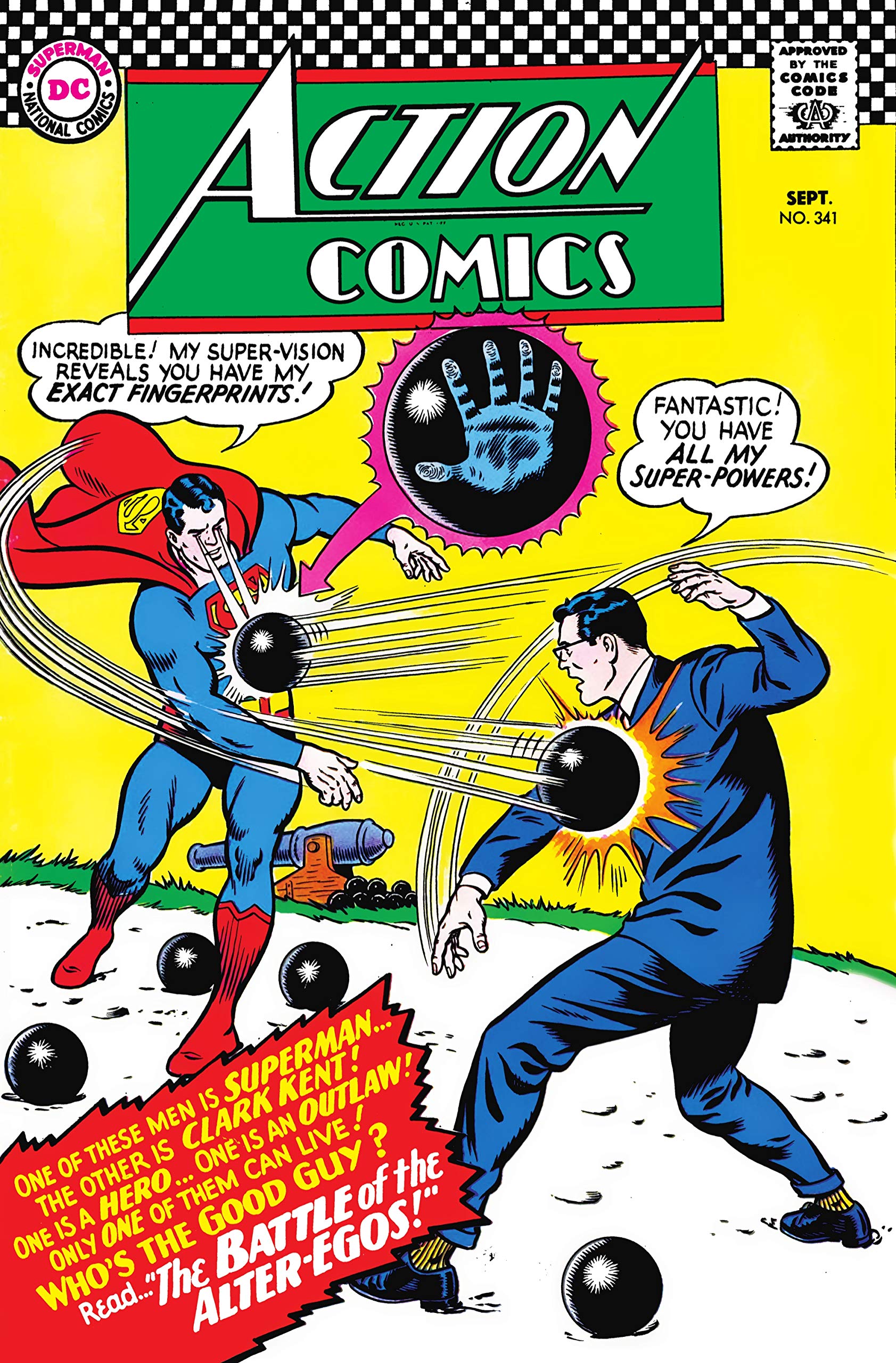
Action Comics
1938
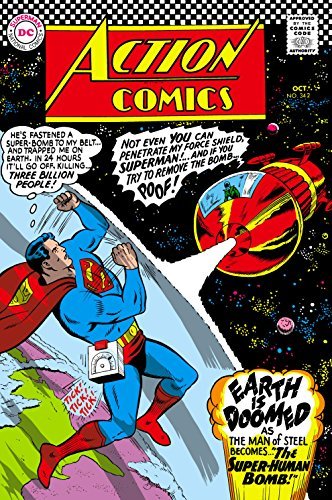
Action Comics
1938
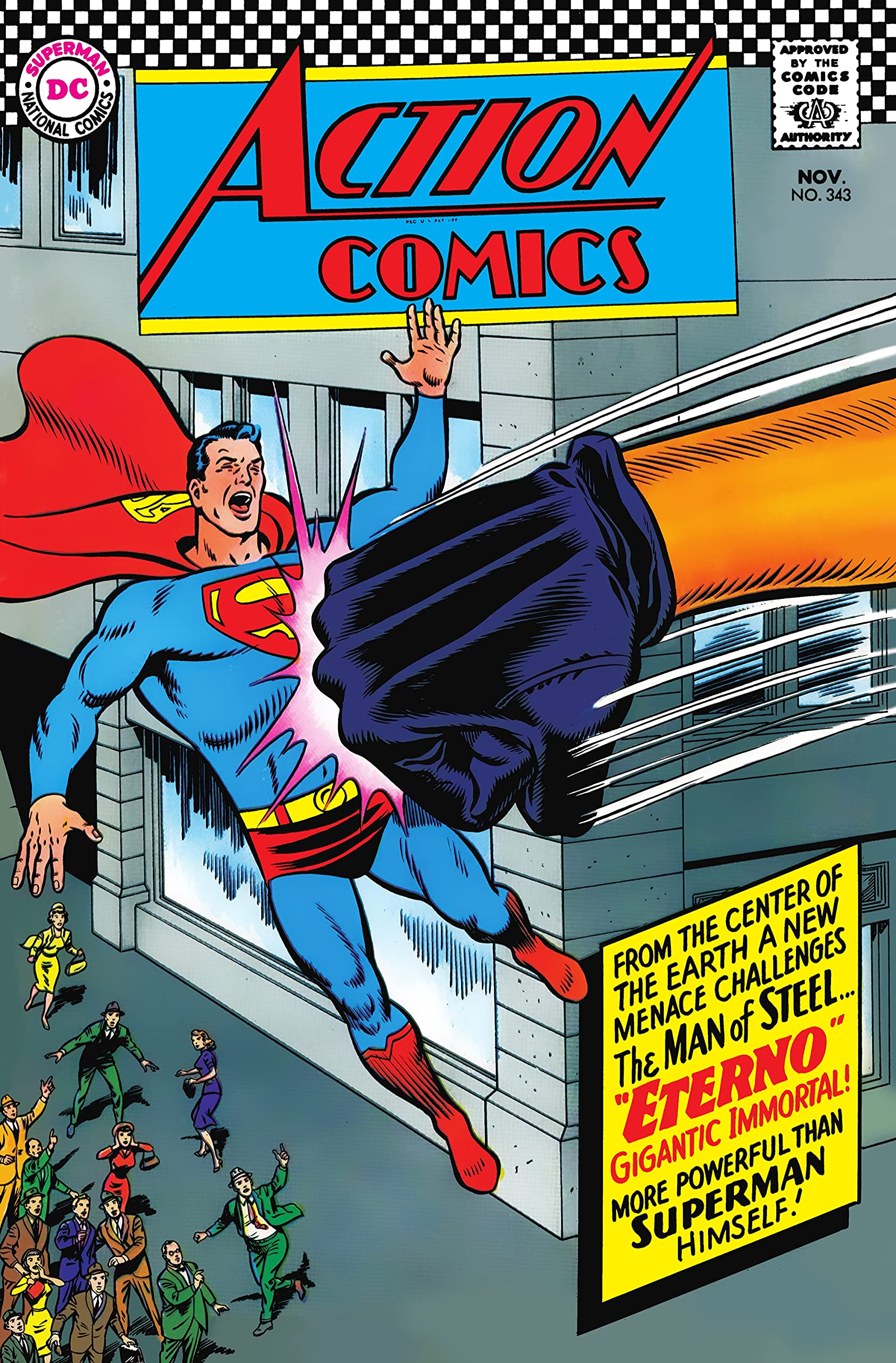
Action Comics
1966

Action Comics
1967
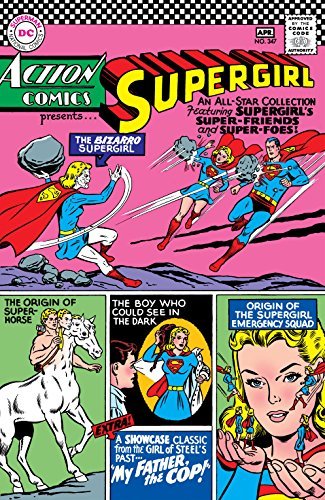
Action Comics
1967
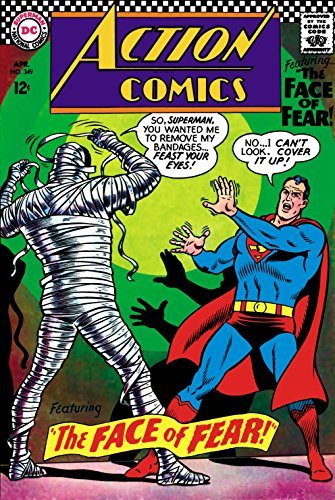
Action Comics
1938
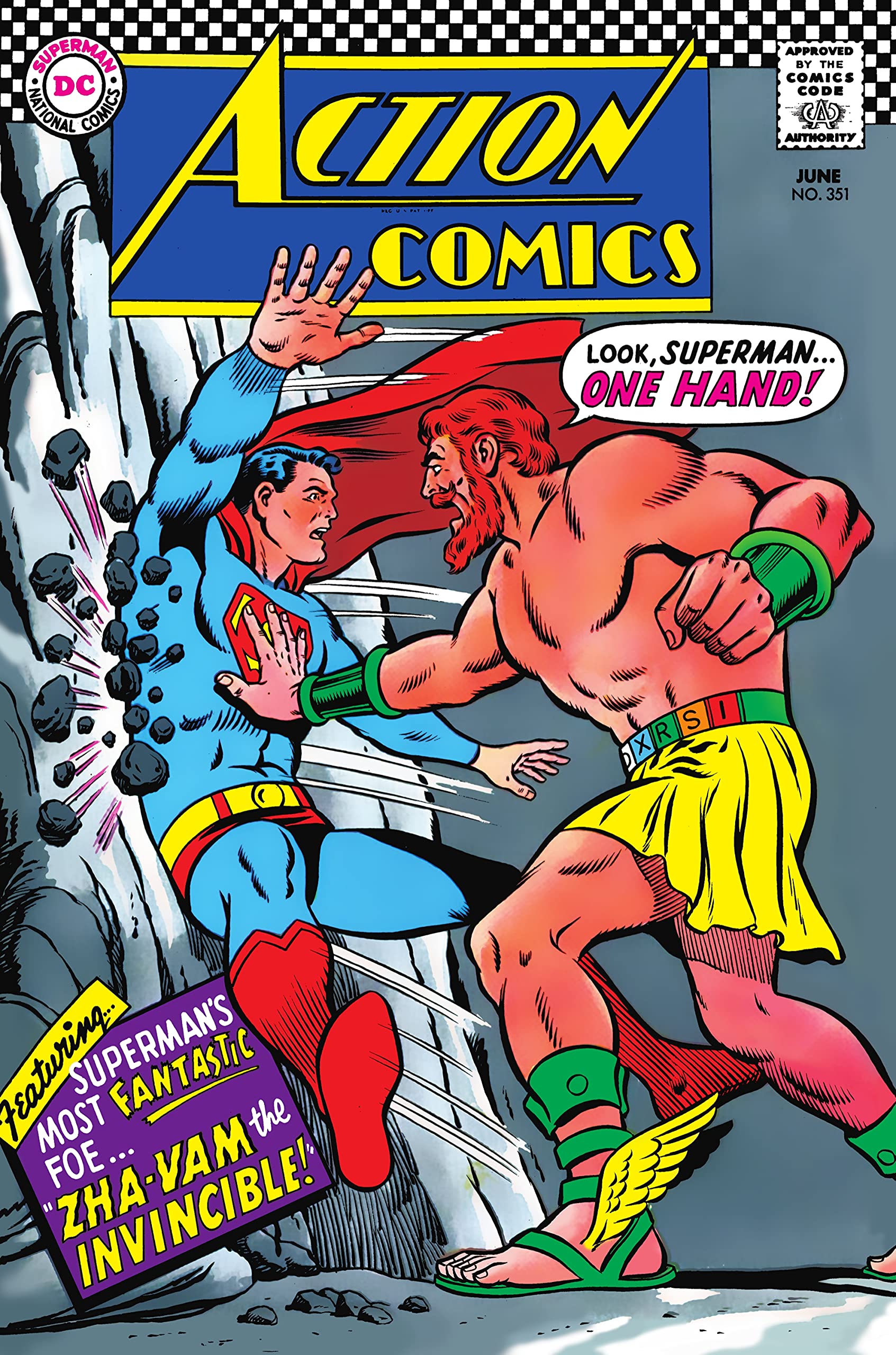
Action Comics
1967
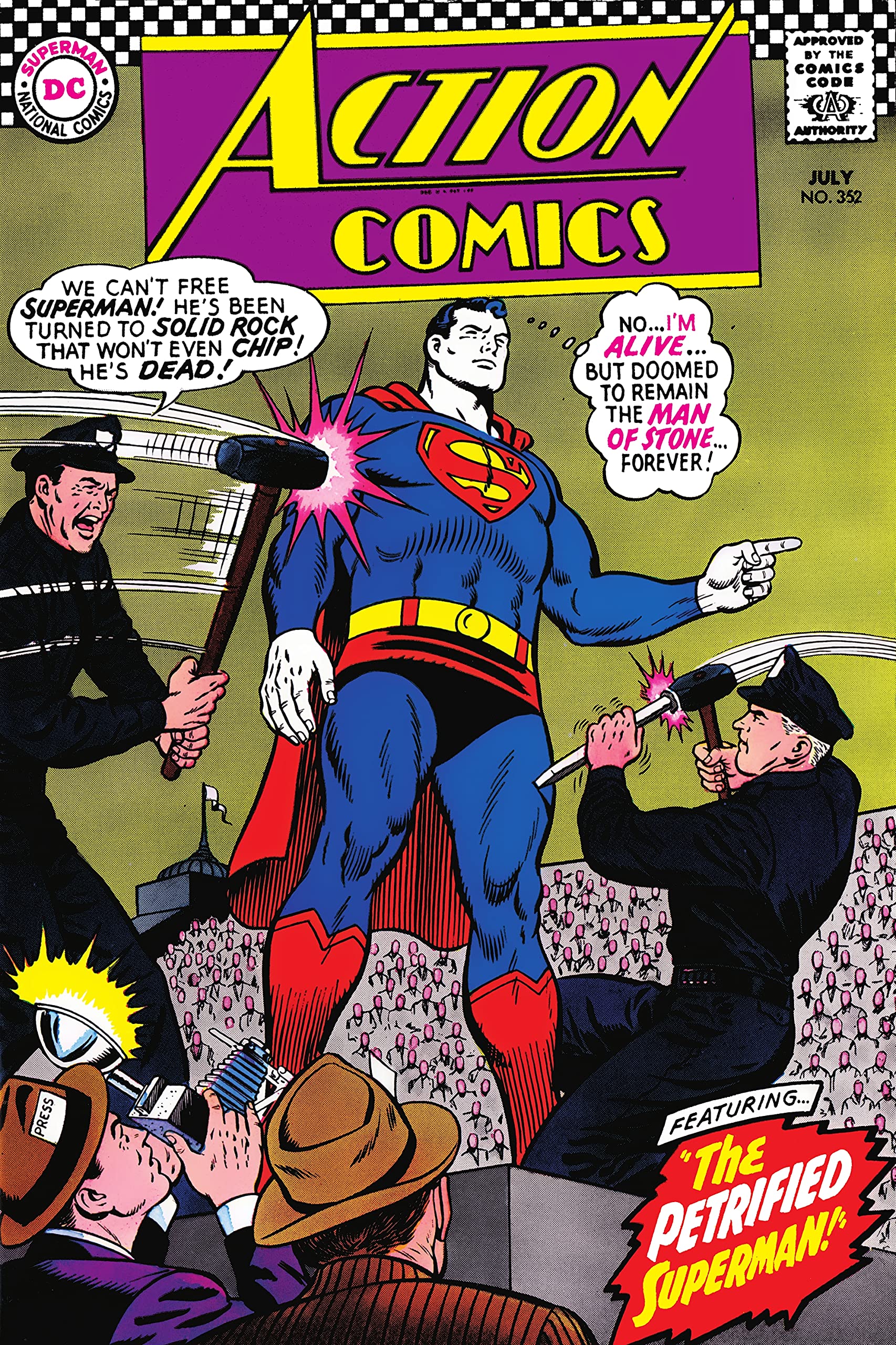
Action Comics
1967
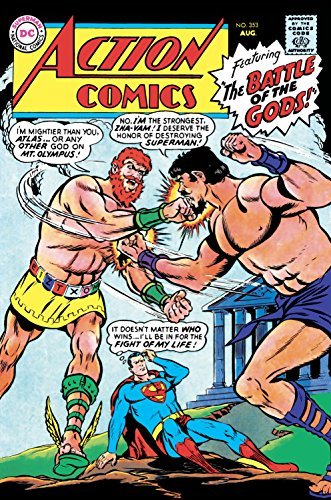
Action Comics
1938
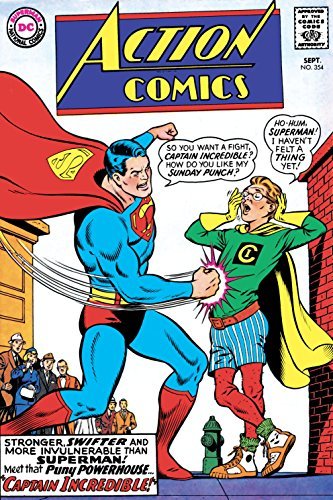
Action Comics
1938
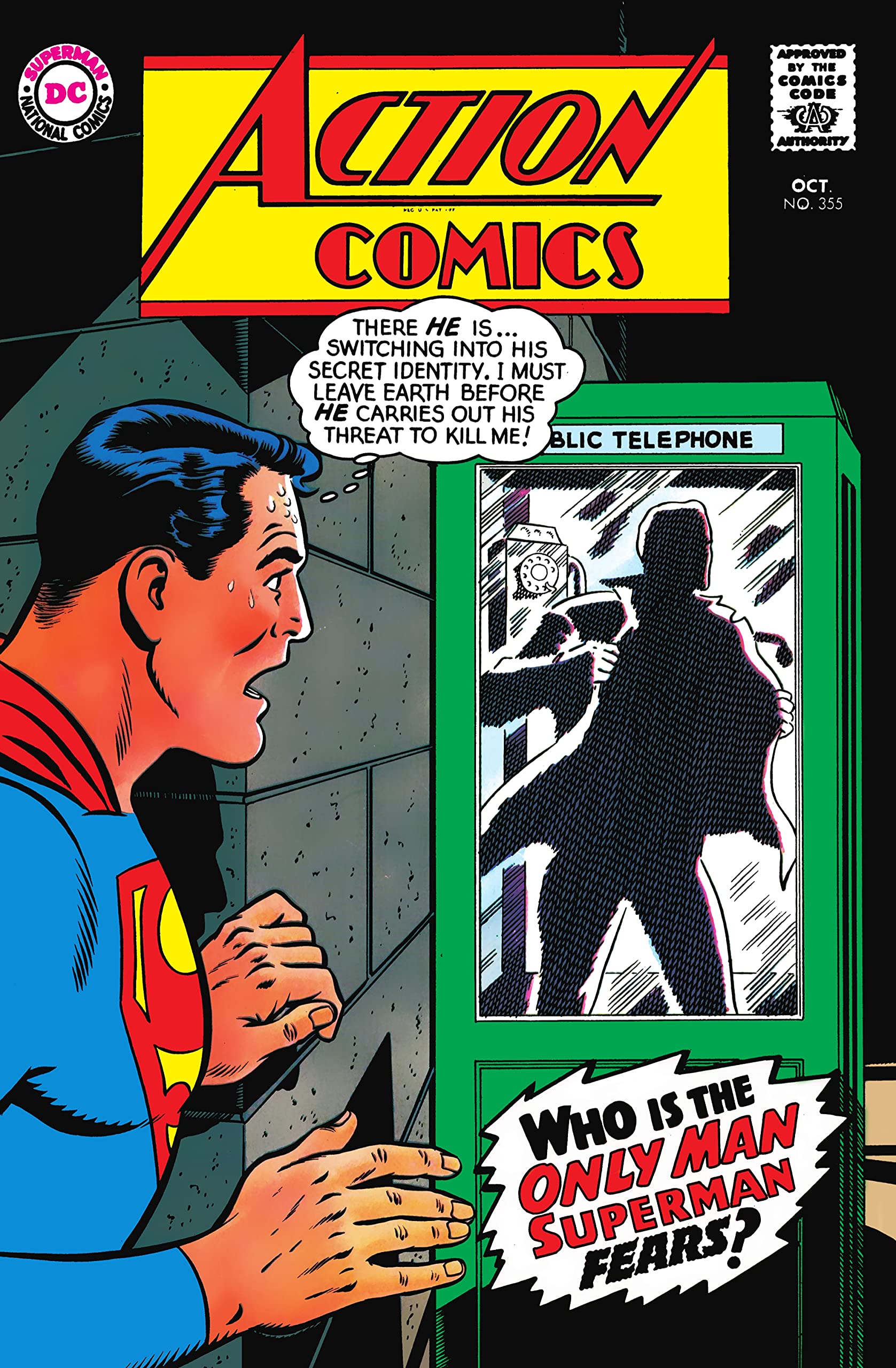
Action Comics
1938
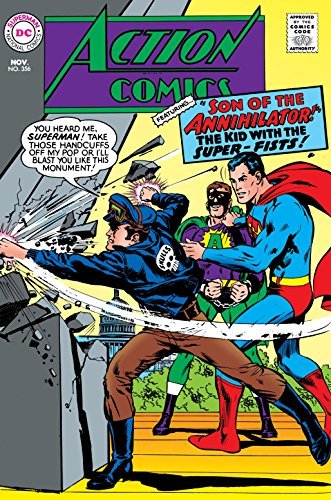
Action Comics
1938
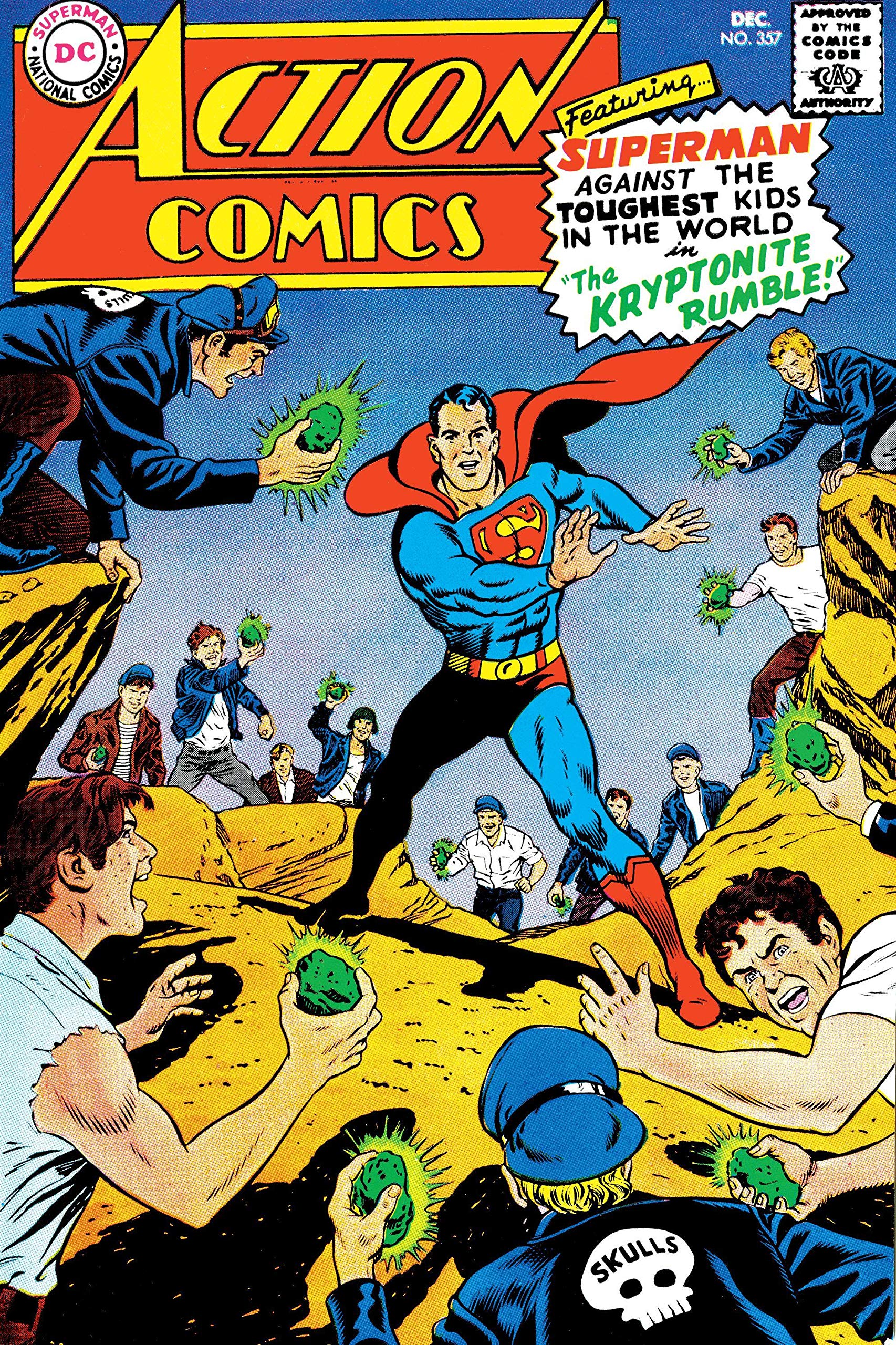
Action Comics
1938
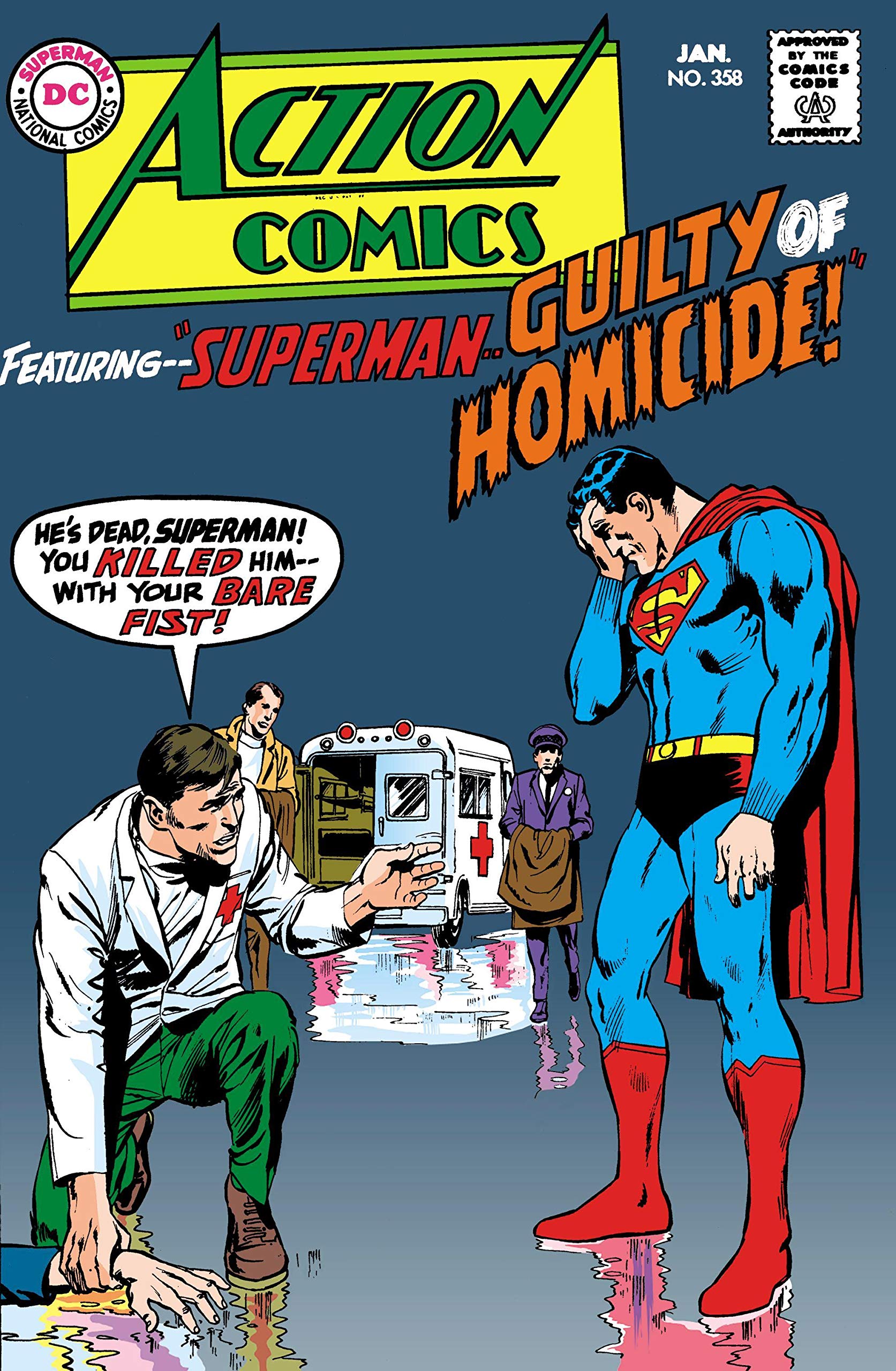
Action Comics
1938
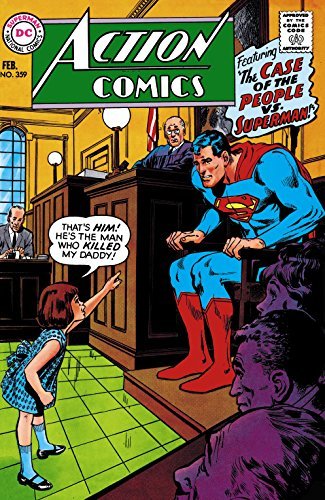
Action Comics
1938
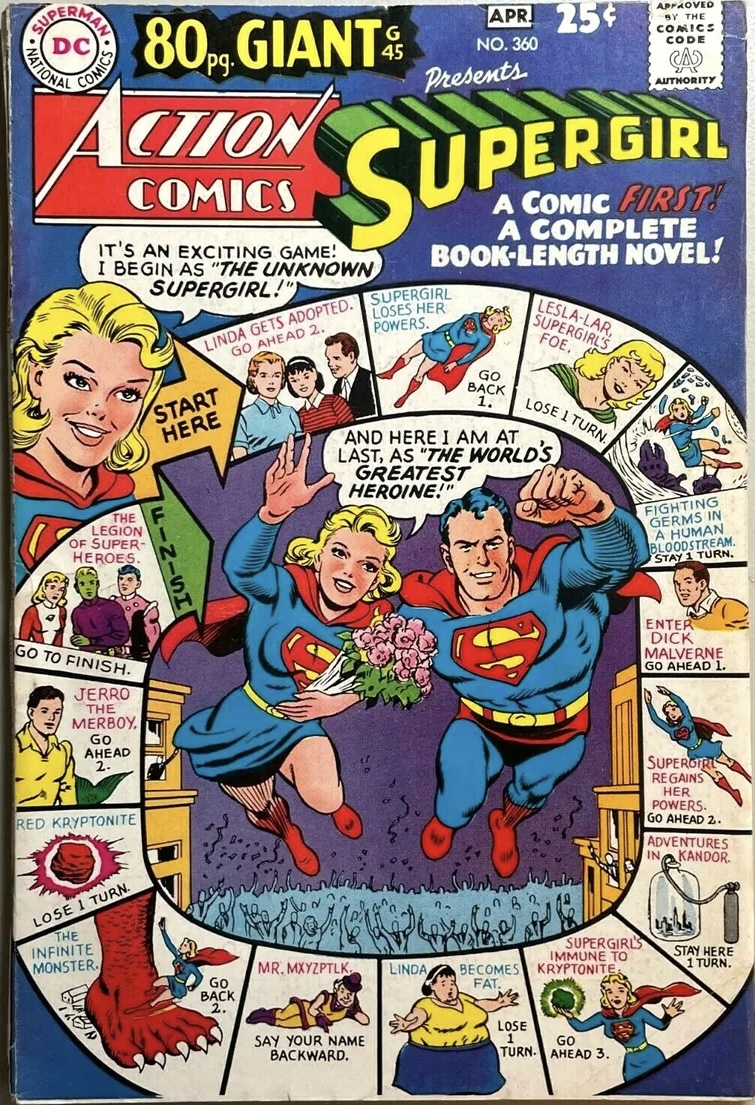
Action Comics
1968
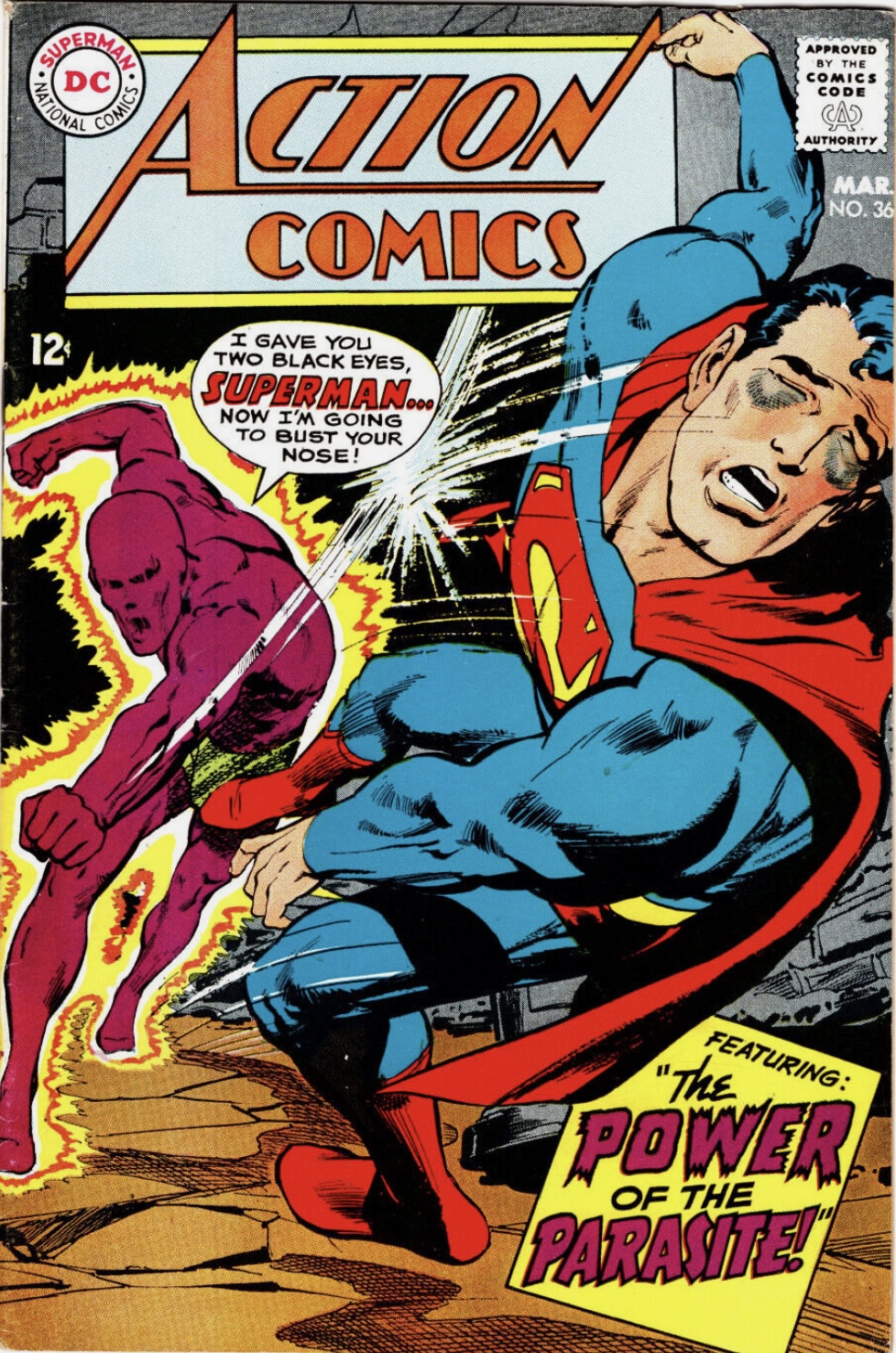
Action Comics
1968
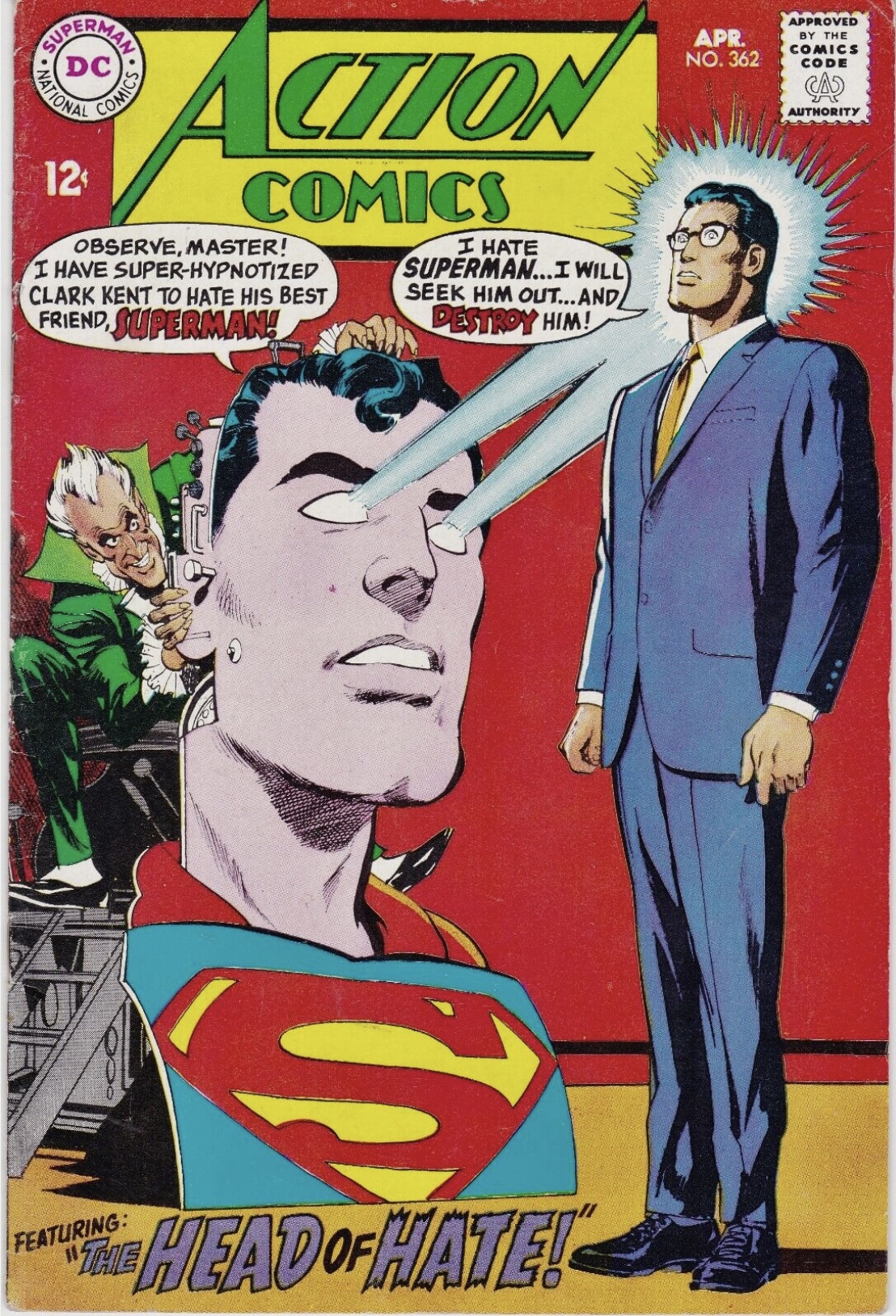
Action Comics
1968
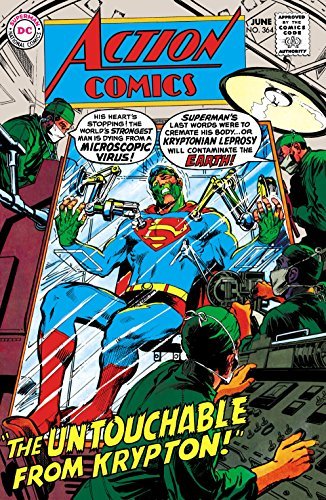
Action Comics
1968
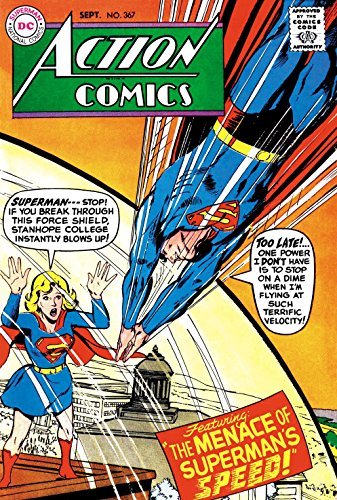
Action Comics
1938
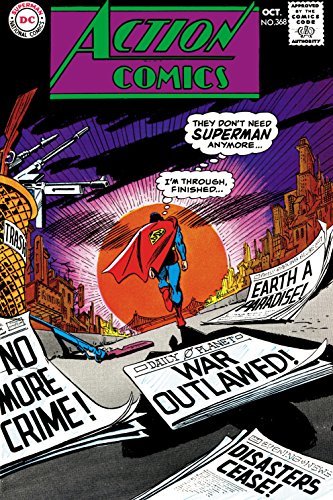
Action Comics
1968
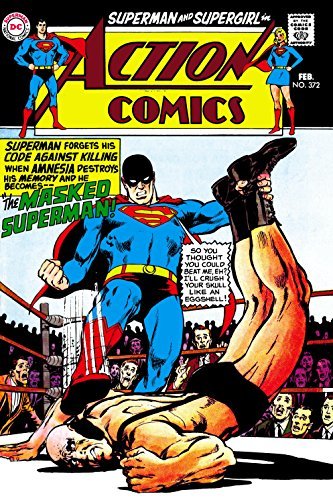
Action Comics
1938
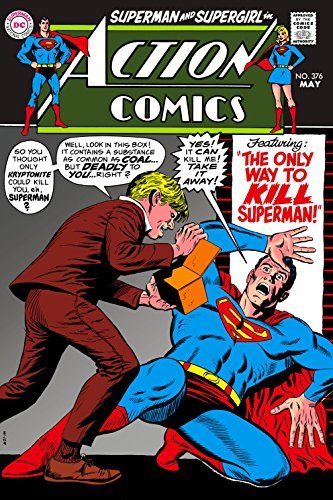
Action Comics
1938
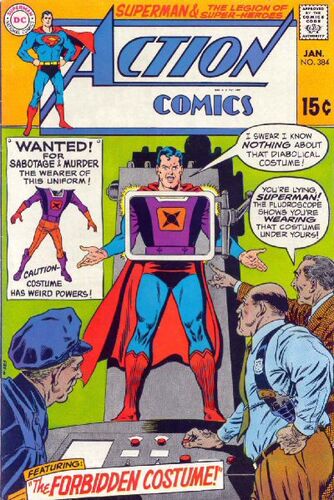
Action Comics #384
1970
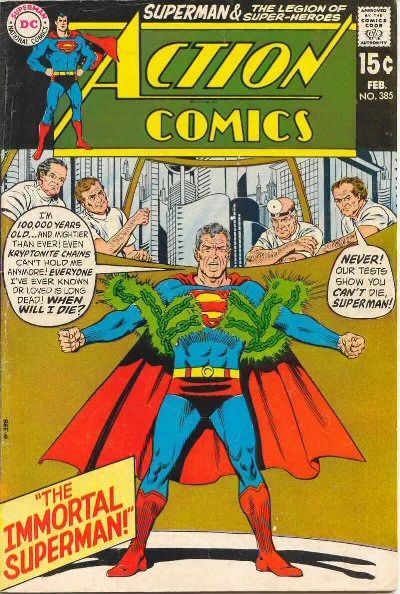
Action Comics #385
1969
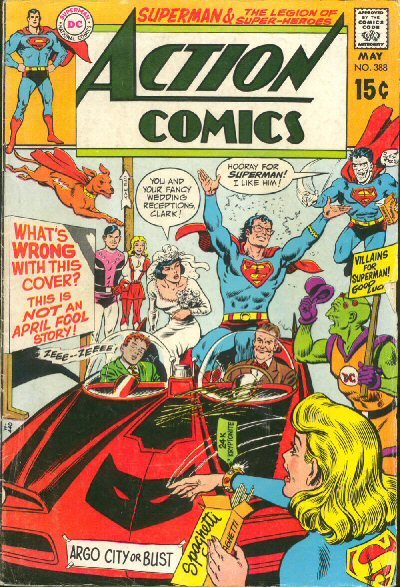
Action Comics (1938-2011) #388
1970
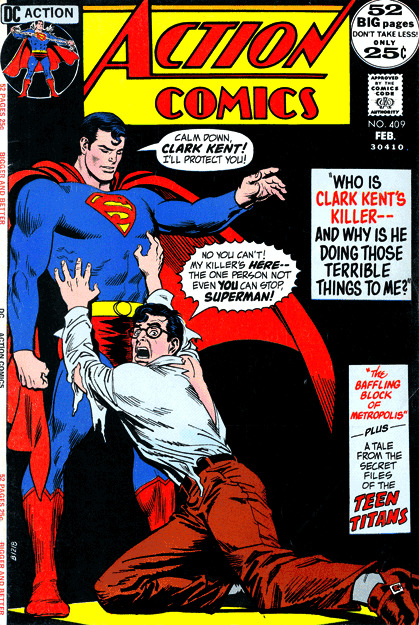
Action Comics #409
1972

Action Comics #419
1972

Action Comics #428
2025

Action Comics, #438 (Comic Book) Superman
2025

Action Comics #443
1975
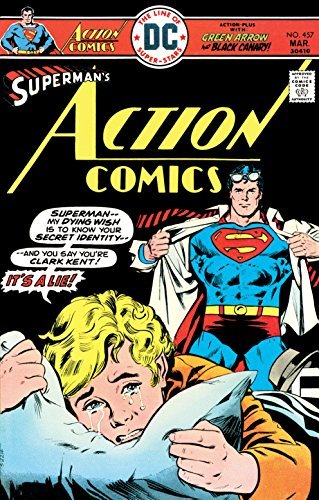
Action Comics (1938-2011) #457
1976
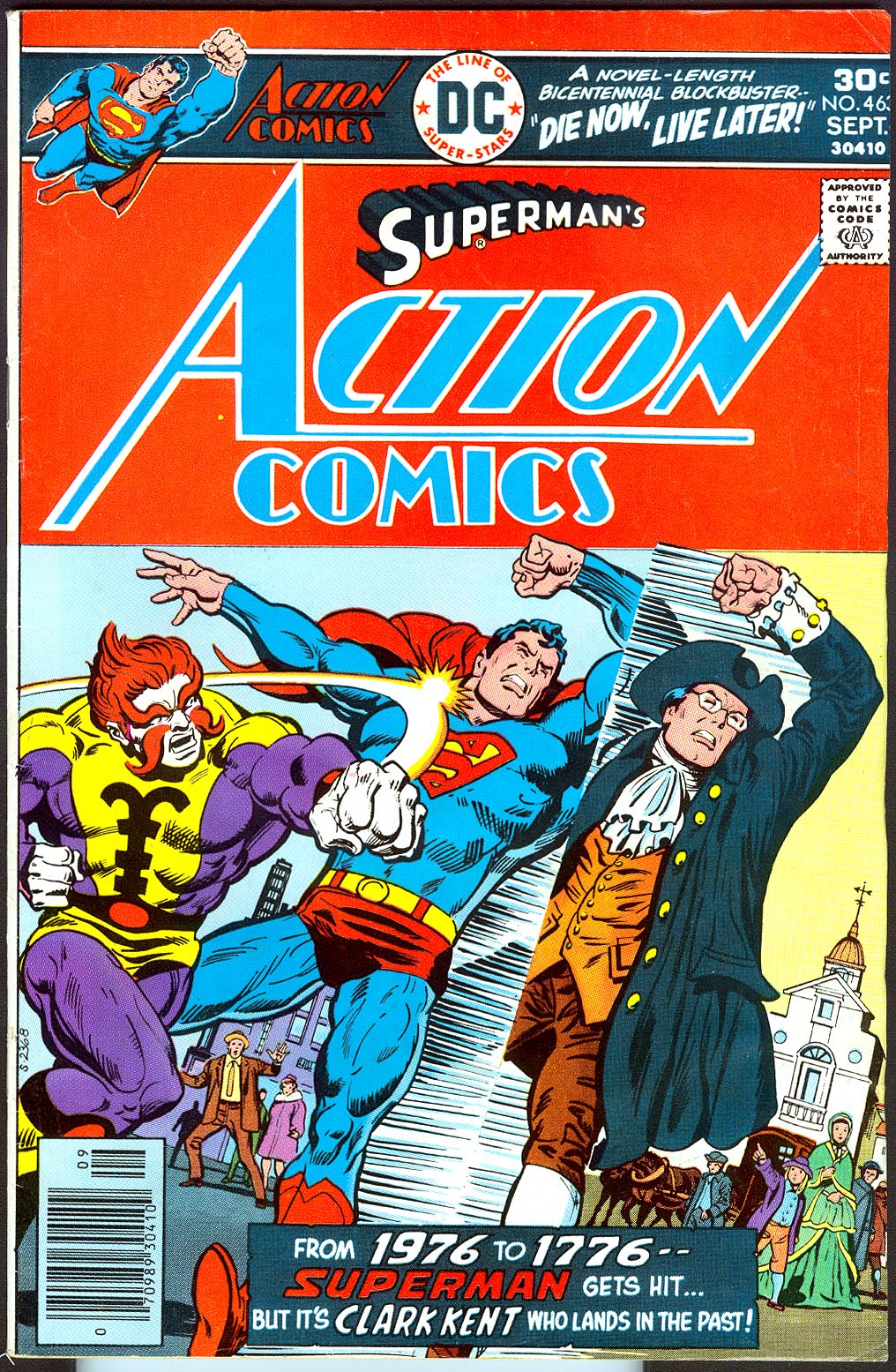
Action Comics #463
1976
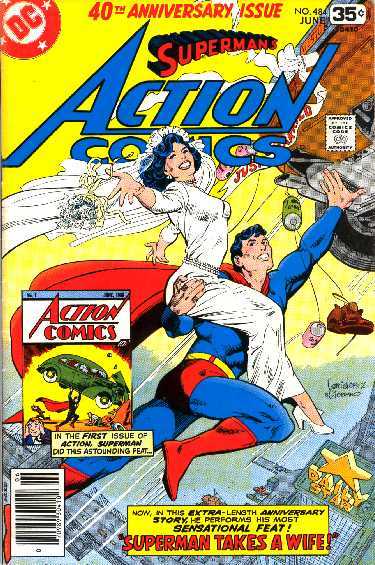
Action Comics (1938-2011) #484
1978
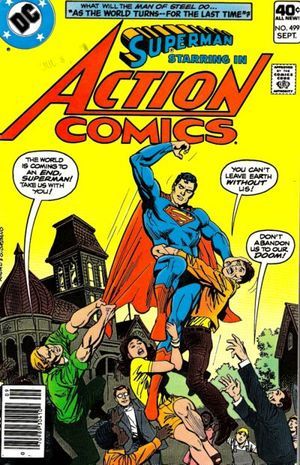
Action Comics (1938-2011) #499
1979
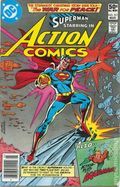
Action Comics (1938-2011) #517
1981

Action Comics (1938-2011) #518
1981
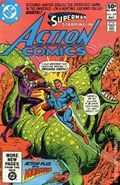
Action Comics (1938-2011) #519
1981
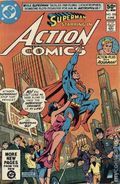
Action Comics (1938-2011) #520
1981
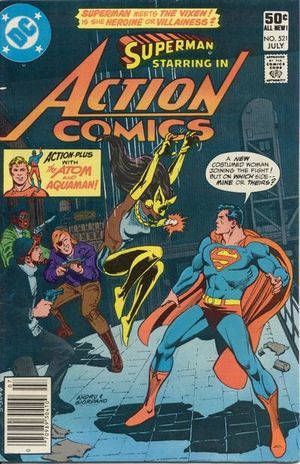
Action Comics (1938-2011) #521
1981
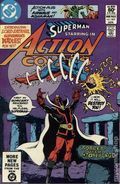
Action Comics (1938-2011) #527
1982
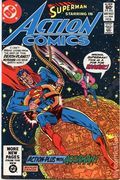
Action Comics (1938-2011) #528
1982
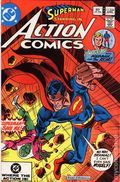
Action Comics (1938-2011) #530
1982
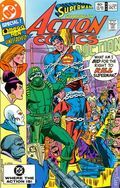
Action Comics (1938-2011) #536
1982
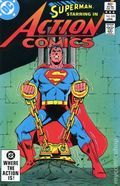
Action Comics (1938-2011) #539
1983
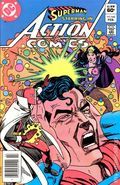
Action Comics (1938-2011) #540
1983
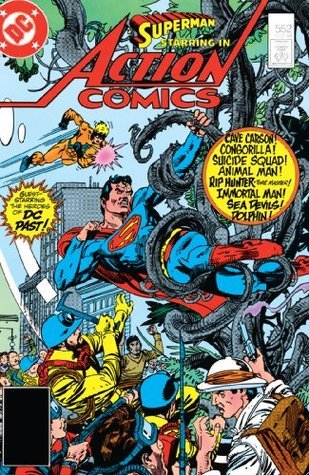
Action Comics (1938-2011) #552
1984
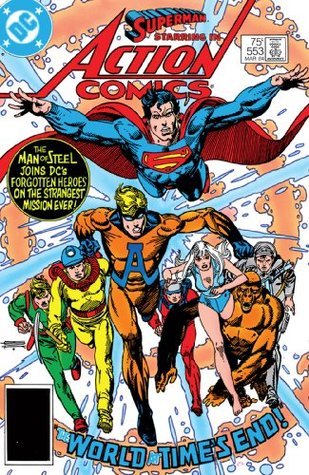
Action Comics (1938-2011) #553
1984

Action Comics (1938-2011) #554
1984

Action Comics (1938-2011) #559
1984
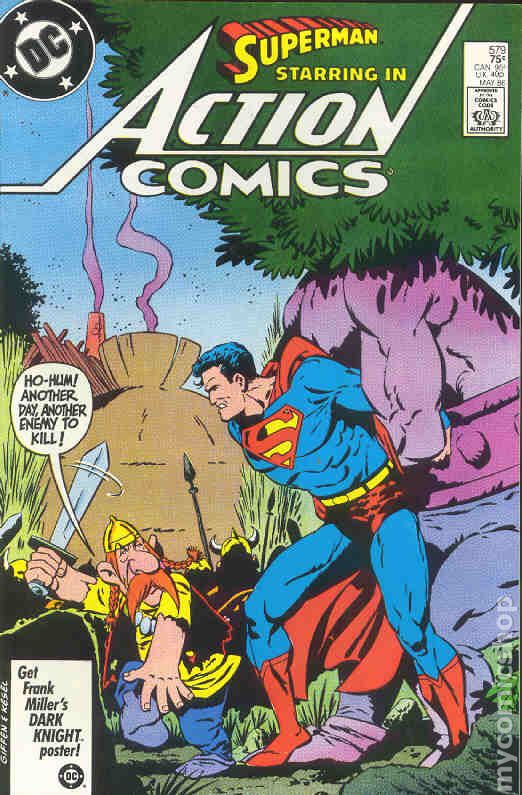
Action Comics (1938-2011) #579
1986

Action Comics (1938-2011) #587
1987

Action Comics (1938-2011) #588
1938

Action Comics (1938-2011) #591
2013

Action Comics (1938-2011) #595
2013
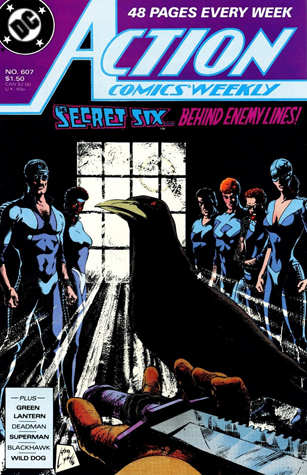
Action Comics (1938-2011) #607
1988
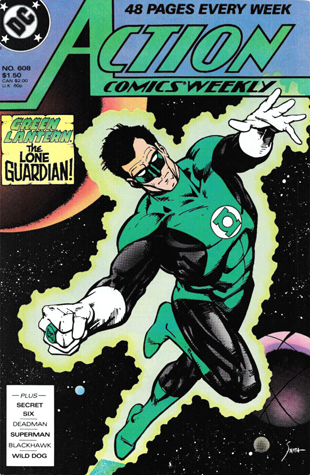
Action Comics (1938-2011) #608
1988
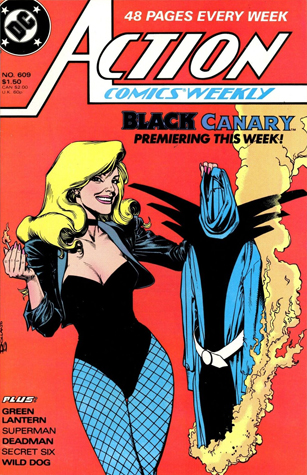
Action Comics (1938-2011) #609
1988
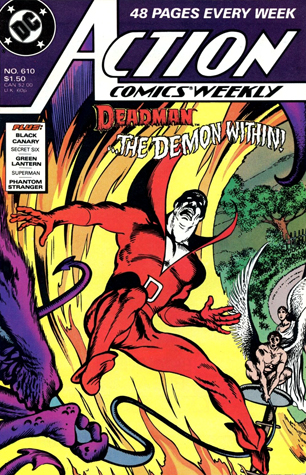
Action Comics (1938-2011) #610
1988
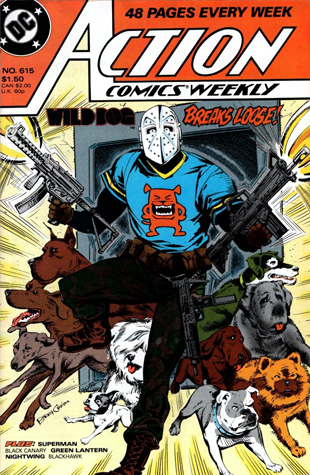
Action Comics (1938-2011) #615
1988
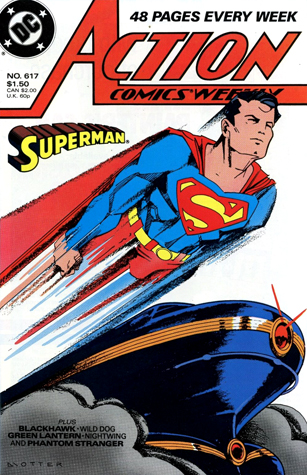
Action Comics (1938-2011) #617
1988
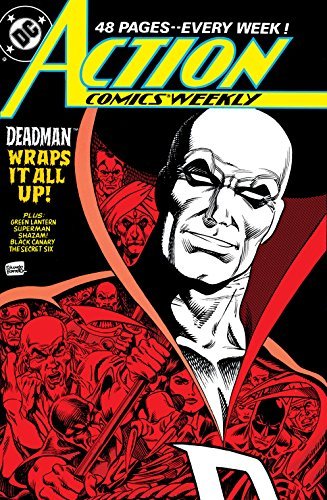
Action Comics (1938-2011) #625
1988
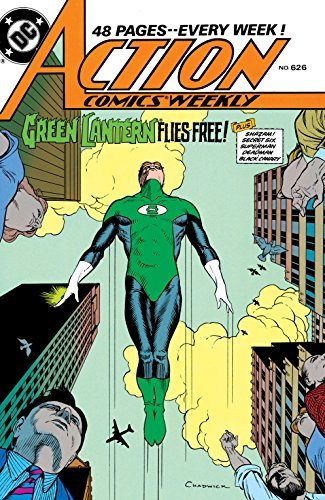
Action Comics (1938-2011) #626
1988
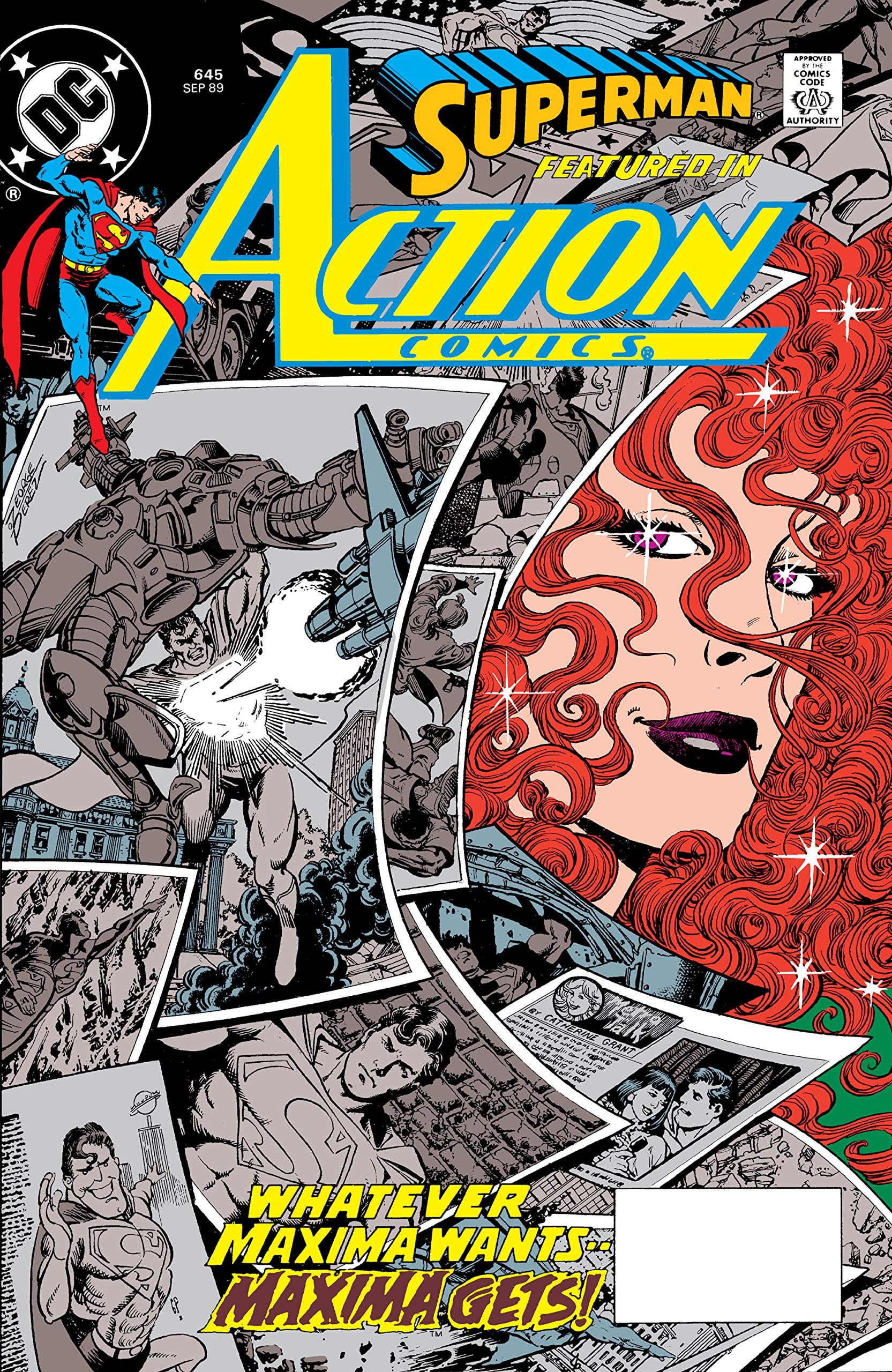
Action Comics (1938-2011) #645
1989
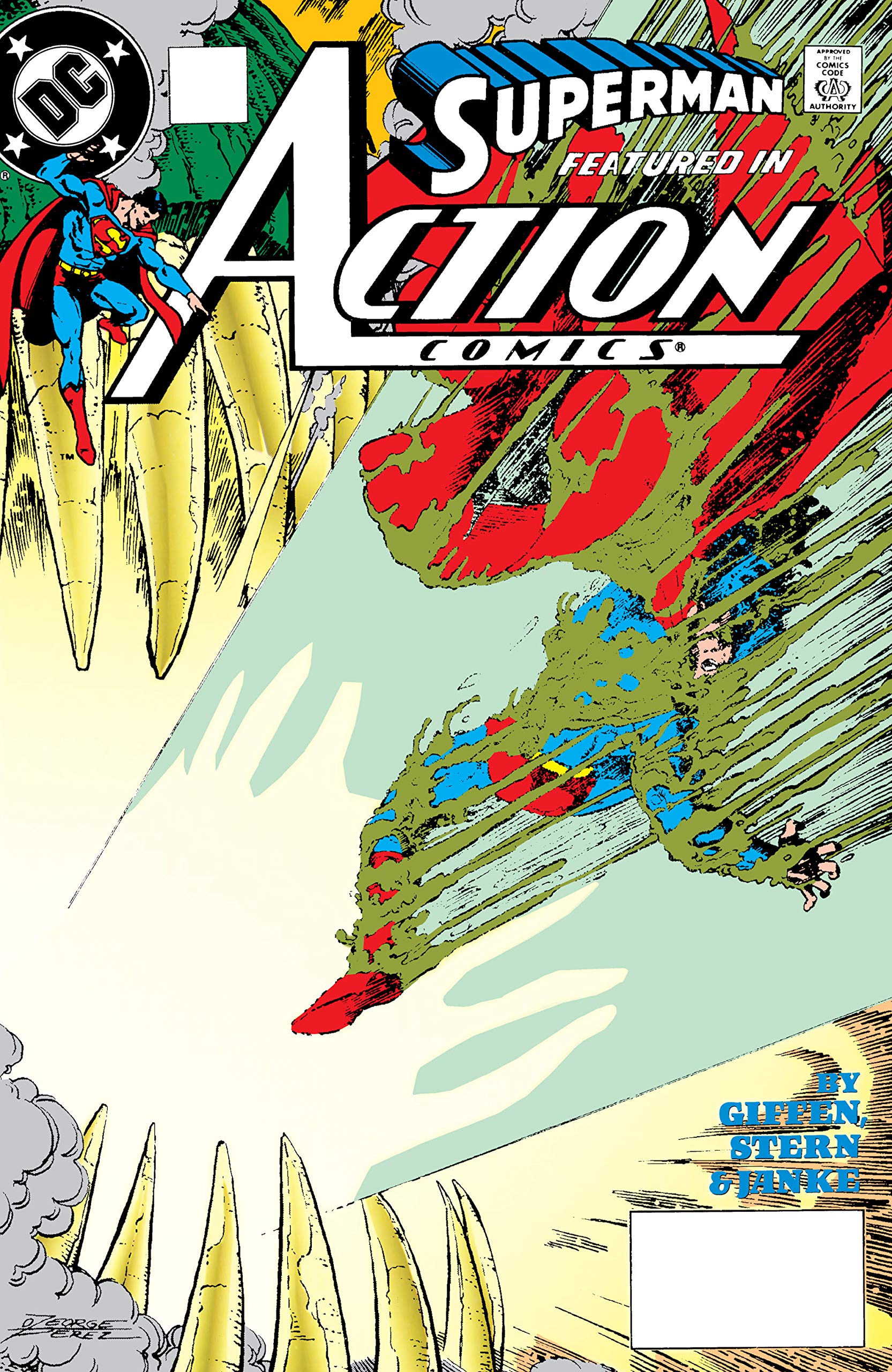
Action Comics (1938-2011) #646
1989

Action Comics (1938-2011) #659
1990
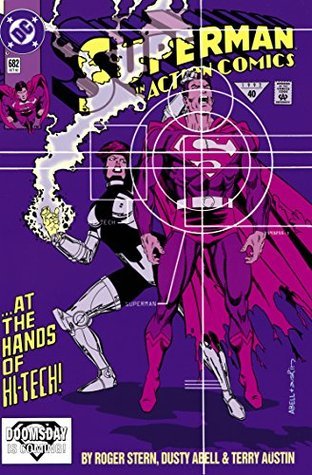
Action Comics (1938-2011) #682
1992
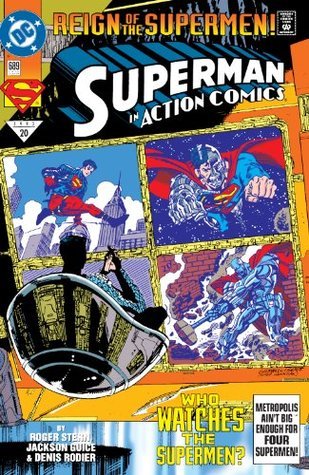
Action Comics (1938-2011) #689
1993
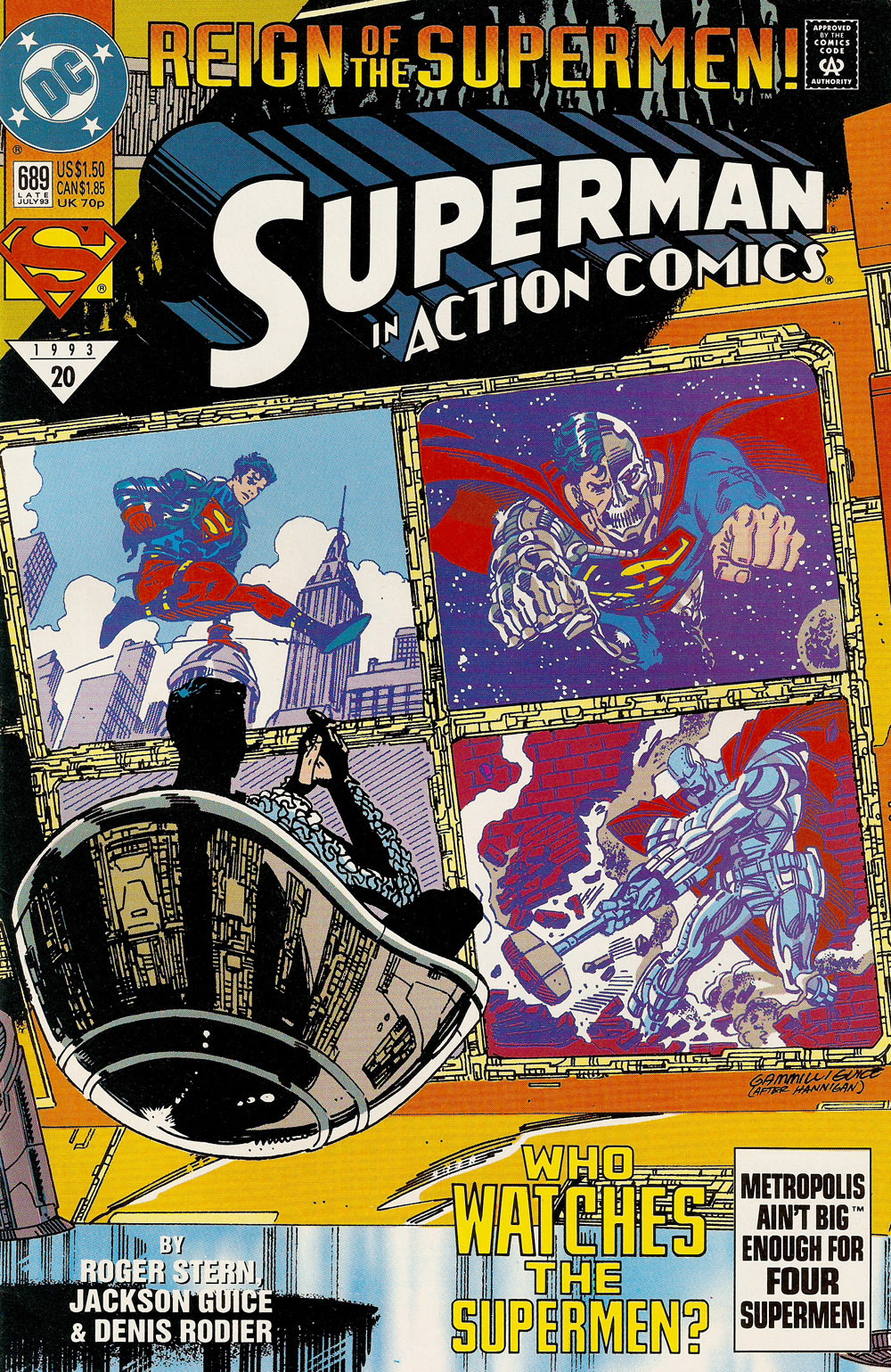
Superman In Action Comics #689
1993

Action Comics (1938-2011) #690
1938
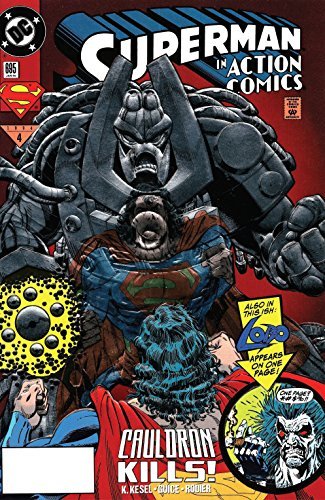
Action Comics (1938-2011) #695
1993
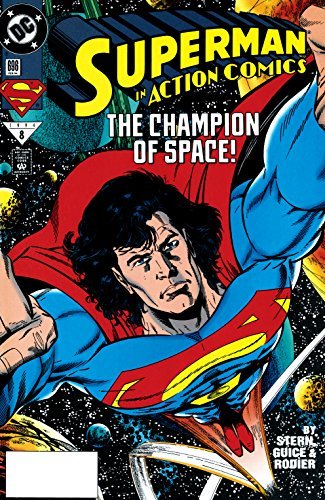
Action Comics (1938-2011) #696
1994
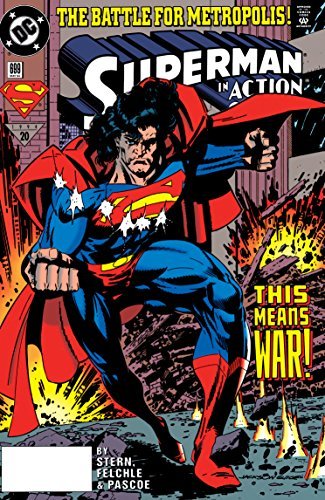
Action Comics (1938-2011) #699
1994

Action Comics (1938-2011) #702
1994
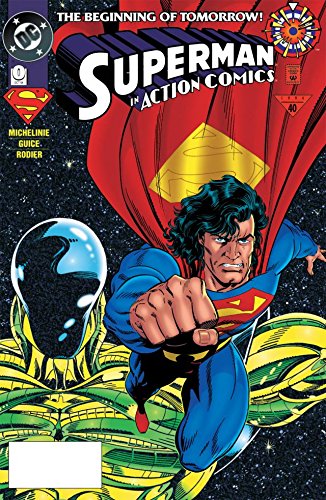
Action Comics (1938-2011) #0
1994

Action Comics (1938-2011) #706
2013
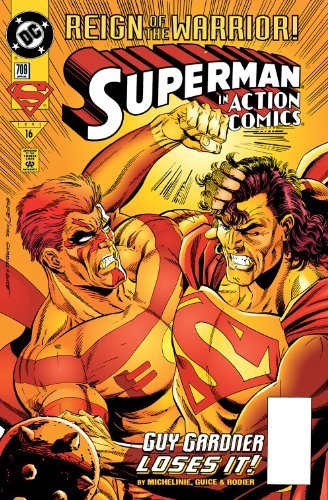
Action Comics (1938-2011) #709
1995
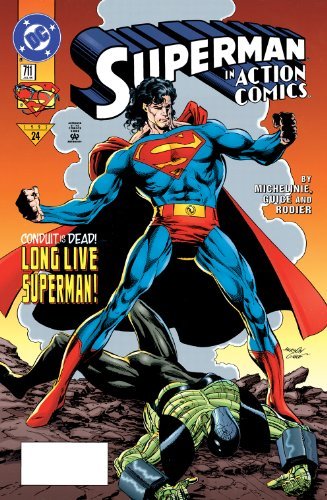
Action Comics (1938-2011) #711
1995
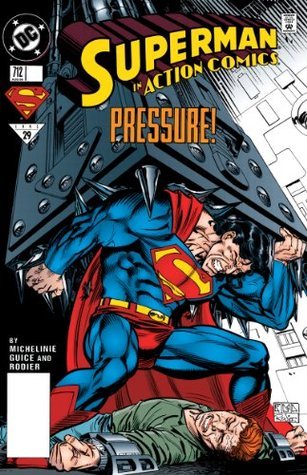
Action Comics (1938-2011) #712
1995
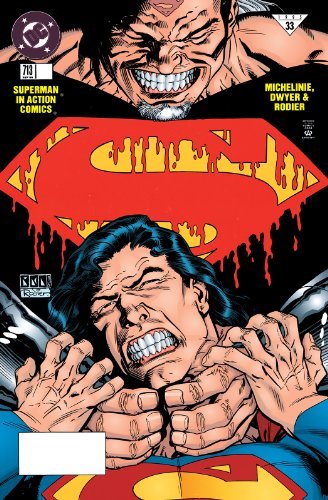
Action Comics (1938-2011) #713
1995
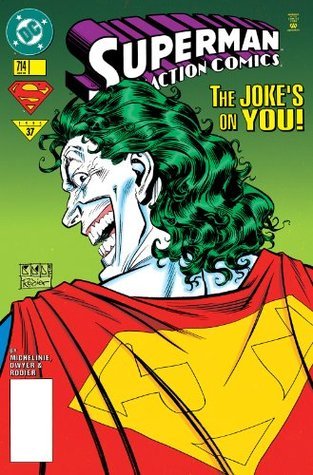
Action Comics (1938-2011) #714
1995
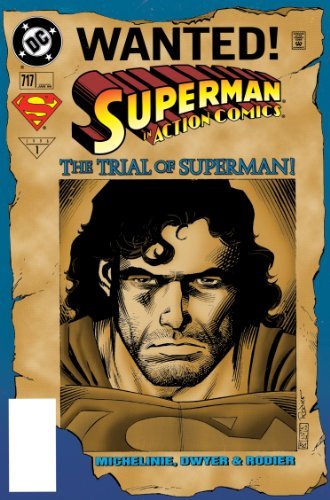
Action Comics (1938-2011) #717
1995
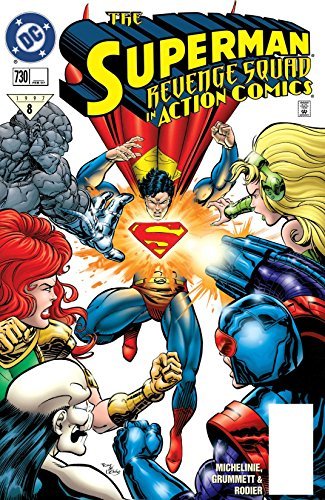
Action Comics (1938-2011) #730
1905
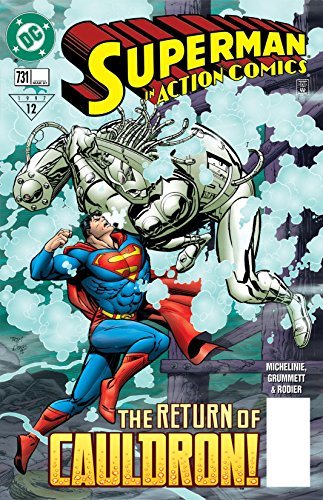
Action Comics (1938-2011) #731
1997
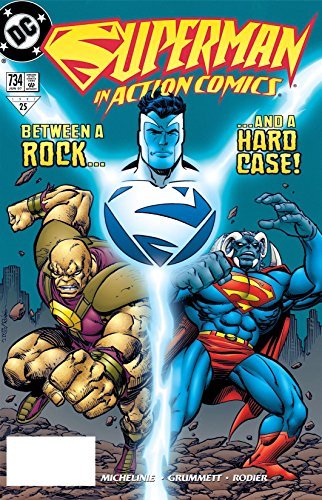
Action Comics (1938-2011) #734
1997
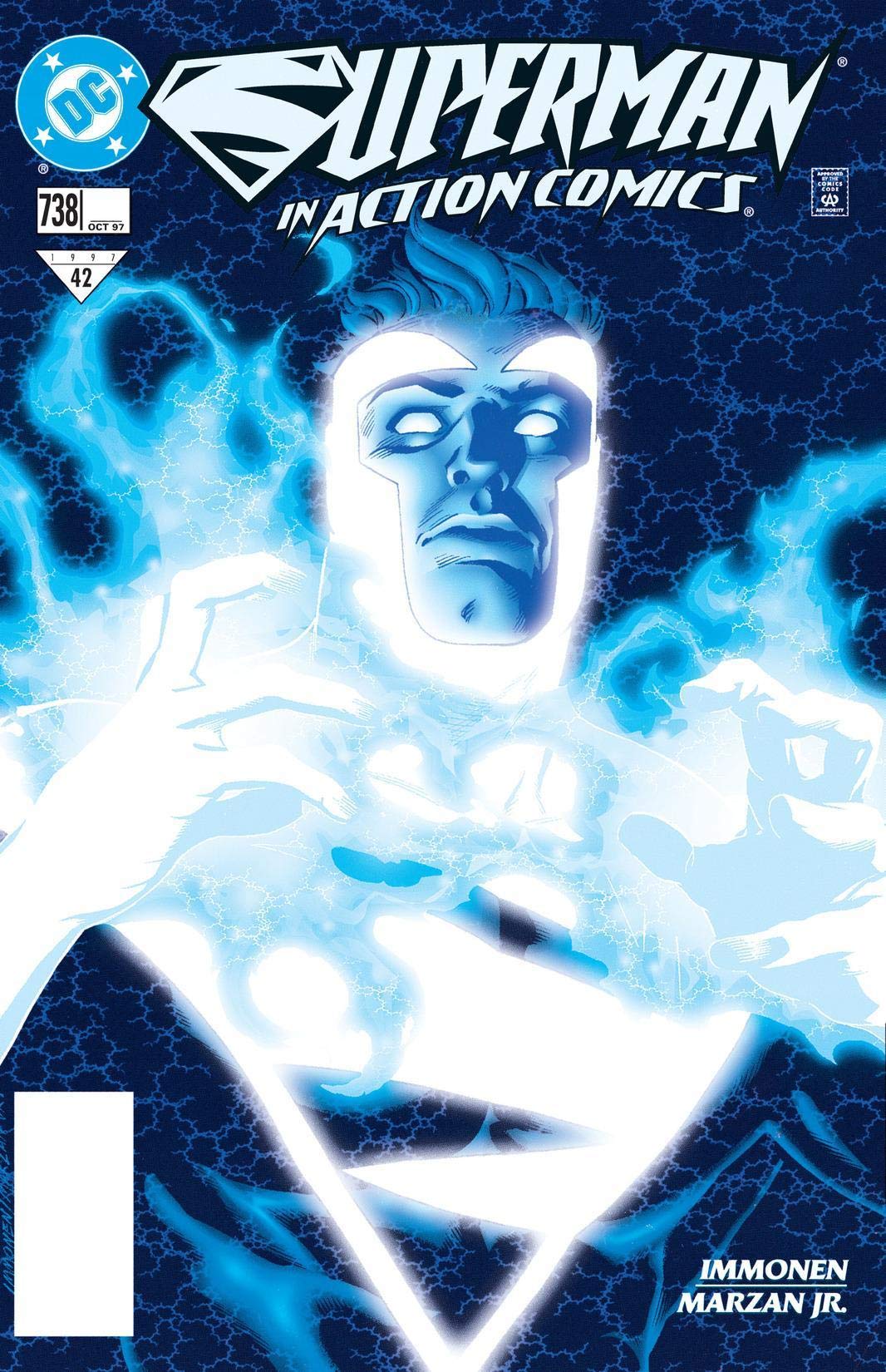
Action Comics (1938-2011) #738
1997
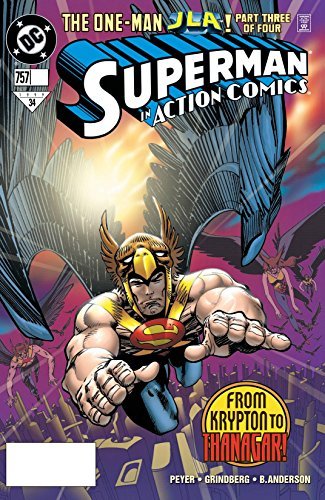
Action Comics (1938-2011) #757
1999
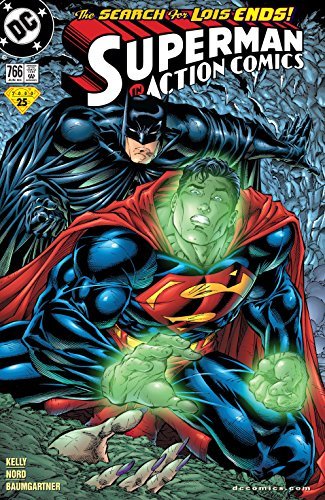
Action Comics (1938-2011) #766
2000
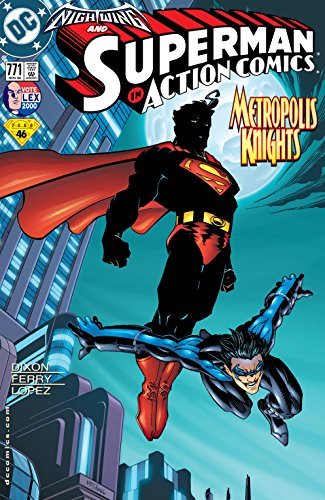
Action Comics (1938-2011) #771
2000

Action Comics (1938-2011) #775
2001

Action Comics (1938-2011) #785
2002

Action Comics (1938-2011) #790
2002

Action Comics (1938-2011) #789
2002

Action Comics (1938-2011) #812
2004

Action Comics (1938-2011) #819
2004

Action Comics (1938-2011) #820
2004
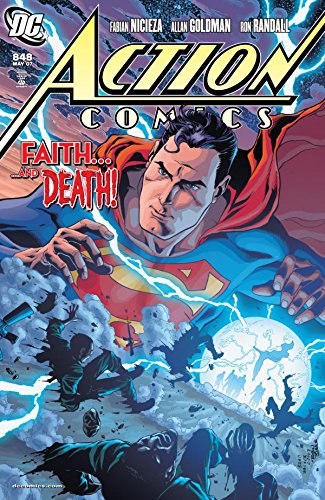
Action Comics (1938-2011) #848
2007
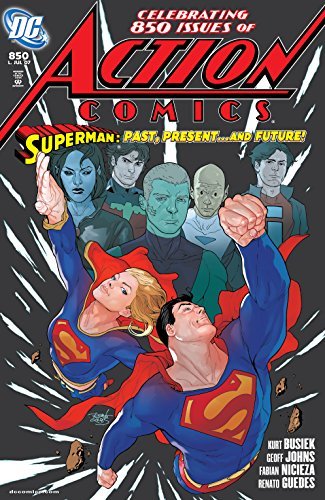
Action Comics (1938-2011) #850
2007

Action Comics (1938-2011) #851
2007

Action Comics (1938-2011) #855
2007

Action Comics (1938-2011) #857
2007

Action Comics (1938-2011) #858
2007

Action Comics (1938-2011) #859
2007

Action Comics (1938-2011) #860
2007

Action Comics (1938-2011) #861
2008

Action Comics (1938-2011) #862
1938

Action Comics (1938-2011) #863
2008
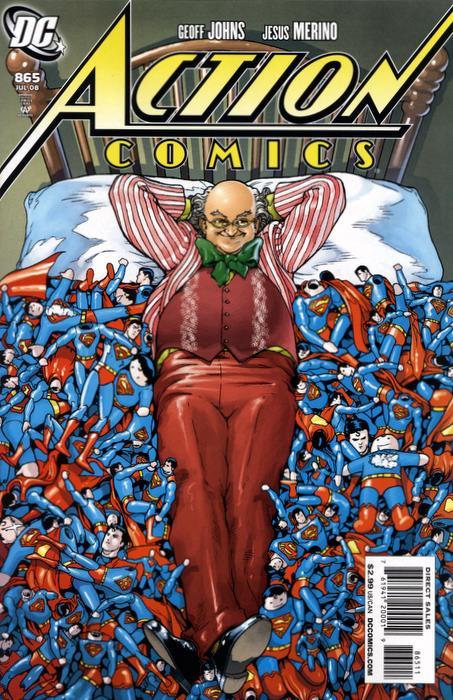
Action Comics (1938-2011) #865
2008

Aquaman (2011-) #4
2008
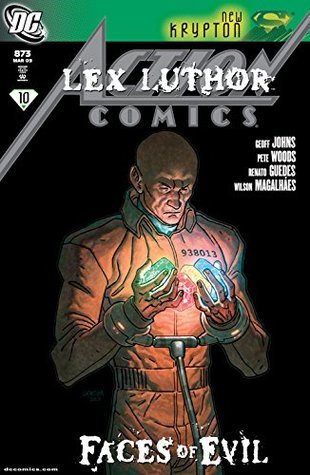
Action Comics (1938-2011) #873
2009
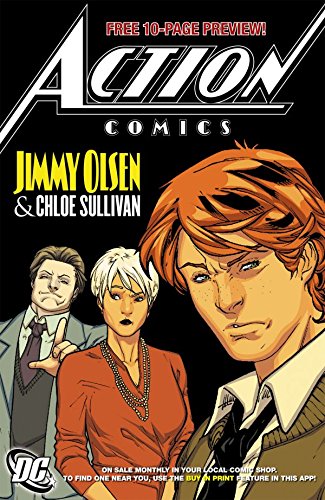
Action Comics (1938-2011) #893
Preview
2010

Action Comics (1938-2011) #900
2011
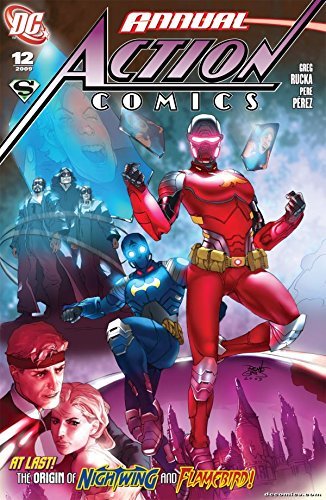
Action Comics (1938-2011)
Annual #12
2009

Superman
The Black Ring Vol. 1
2011
Authors

Joseph "Joe" Shuster was a Canadian-born American comic book artist. He was best known for co-creating the DC Comics character Superman, with writer Jerry Siegel, first published in Action Comics #1 (June 1938). Shuster was involved in a number of legal battles concerning the ownership of the Superman character, eventually gaining recognition for his part in its creation. His comic book career after Superman was relatively unsuccessful, and by the mid-1970s Shuster had left the field completely due to partial blindness. He and Siegel were inducted into both the comic book industry's Will Eisner Comic Book Hall of Fame in 1992 and the Jack Kirby Hall of Fame in 1993. In 2005, the Canadian Comic Book Creator Awards Association instituted the Joe Shuster Awards, named to honor the Canadian-born artist.

Librarian note: There is more than one author in the GoodReads database with this name John Lindley Byrne is a British-born Canadian-American author and artist of comic books. Since the mid-1970s, Byrne has worked on nearly every major American superhero. Byrne's better-known work has been on Marvel Comics' X-Men and Fantastic Four and the 1986 relaunch of DC Comics’ Superman franchise. Coming into the comics profession exclusively as a penciler, Byrne began co-plotting the X-Men comics during his tenure on them, and launched his writing career in earnest with Fantastic Four (where he also started inking his own pencils). During the 1990s he produced a number of creator-owned works, including Next Men and Danger Unlimited. He also wrote the first issues of Mike Mignola's Hellboy series and produced a number of Star Trek comics for IDW Publishing.





Librarian Note: There is more than one author in the GoodReads database with this name. Nick Spencer is a comic book writer known for his creator-owned titles at Image Comics (Existence 2.0/3.0, Forgetless, Shuddertown, Morning Glories), his work at DC Comics (Action Comics, T.H.U.N.D.E.R. Agents), and for his current work at Marvel Comics (Iron Man 2.0, Ultimate Comics: X-Men).


Roy Thomas was the FIRST Editor-in-Chief at Marvel—After Stan Lee stepped down from the position. Roy is a longtime comic book writer and editor. Thomas has written comics for Archie, Charlton, DC, Heroic Publishing, Marvel, and Topps over the years. Thomas currently edits the fanzine Alter Ego for Twomorrow's Publishing. He was Editor for Marvel comics from 1972-1974. He wrote for several titles at Marvel, such as Avengers, Thor, Invaders, Fantastic Four, X-Men, and notably Conan the Barbarian. Thomas is also known for his championing of Golden Age comic-book heroes—particularly the 1940s superhero team the Justice Society of America—and for lengthy writing stints on Marvel's X-Men and Avengers, and DC Comics' All-Star Squadron, among other titles. Also a legendary creator. Creations include Wolverine, Carol Danvers, Ghost Rider, Vision, Iron Fist, Luke Cage, Valkyrie, Morbius, Doc Samson, and Ultron. Roy has also worked for Archie, Charlton, and DC among others over the years.

DC Comics is one of the most influential and enduring comic book publishers in the world, widely recognized for launching the superhero genre and shaping the modern mythology of American pop culture. Founded in 1934 as National Allied Publications by Major Malcolm Wheeler-Nicholson, the company published the first comic book featuring all-original content. That early publication, New Fun Comics, marked the beginning of a new form of entertainment that would quickly gain momentum. The transformation from a publishing experiment to a cultural powerhouse began in earnest with the creation of Superman by Jerry Siegel and Joe Shuster in 1938. Introduced in Action Comics #1, Superman is widely regarded as the first true superhero and set the standard for the genre. His instant popularity laid the groundwork for DC’s expansion and its rapid rise within the industry. The debut of Batman, created by Bob Kane and Bill Finger, in 1939, and Wonder Woman, created by William Moulton Marston and H. G. Peter, in 1941, added to DC’s growing pantheon of heroic figures. As superheroes captured the public imagination, DC introduced a wide array of characters, including the Flash, Green Lantern, Aquaman, Martian Manhunter, and Green Arrow. In the 1960s, these characters were brought together as the Justice League of America, reflecting the company’s focus on interconnected storytelling and shared universes—concepts that would become central to comic book publishing. DC’s influence extended far beyond its own titles. During the Silver Age of Comics, the company reimagined older characters and introduced new ones, revitalizing interest in the medium. The company also played a central role in the development of the Comics Code Authority, which shaped the industry’s self-regulation following public criticism and Senate hearings in the 1950s. In the 1980s, DC undertook a bold redefinition of its brand and storytelling approach. The publication of The Dark Knight Returns by Frank Miller, Watchmen by Alan Moore and Dave Gibbons, and Swamp Thing marked a creative renaissance. These works pushed the boundaries of what comic books could express, bringing mature themes, literary depth, and psychological complexity into the spotlight. This era confirmed DC as a platform for serious artistic exploration, not just superhero adventure. DC also took steps to streamline its increasingly complex fictional universe with the crossover event Crisis on Infinite Earths in 1985, an ambitious effort to consolidate decades of continuity. Since then, the company has repeatedly reinvented its universe through major storylines and publishing initiatives, including Zero Hour, Infinite Crisis, Flashpoint, and Convergence. In 2011, DC launched The New 52, a line-wide reboot that modernized characters and storylines. This was followed by DC Rebirth in 2016, which aimed to reintroduce classic elements and emotional resonance. In addition to its core superhero line, DC has published influential works under its imprints, including Vertigo, which released genre-defining series like Sandman, Preacher, and Y: The Last Man. These titles broadened the scope of comics and attracted new adult readership. More recent imprints such as Black Label and DC Ink continue to offer creator-driven, experimental storytelling for mature and young adult audiences. DC’s characters have transcended the comic book medium, becoming mainstays of global entertainment. From Christopher Reeve’s Superman films to Tim Burton’s and Christopher Nolan’s Batman adaptations, from animated series like Batman: The Animated Series to the DC Extended Universe, the company’s heroes have been interpreted and reinterpreted across generations. Games like the Arkham series and shows like The Flash, Arrow, and Peacemaker have extended DC’s reach into interactive and serialize
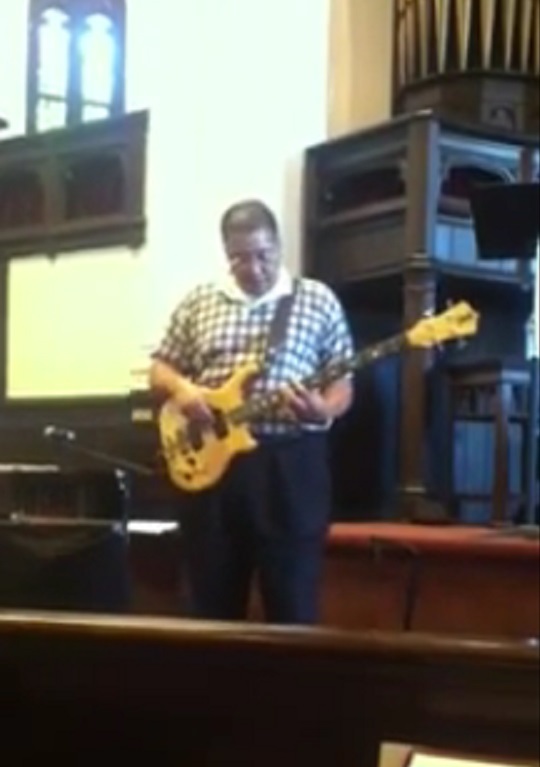

Tom Peyer is an American comic book creator and editor. He is known for his 1999 revisioning of Golden Age super-hero Hourman, as well as his work on the Legion of Super-Heroes in the 1990s. An editor at DC Comics/Vertigo from 1987 to 1993, he served as assistant editor on Neil Gaiman's groundbreaking Sandman. Peyer has also worked for Marvel Comics, Wildstorm, and Bongo Comics. With John Layman, he wrote the 2007–2009 Tek Jansen comic book, based on the Stephen Colbert character.

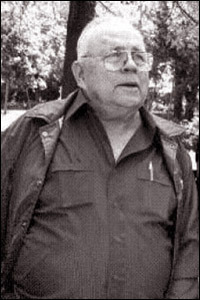

Charles "Chuck" Dixon is an American comic book writer, perhaps best-known for long runs on Batman titles in the 1990s. His earliest comics work was writing Evangeline first for Comico Comics in 1984 (then later for First Comics, who published the on-going series), on which he worked with his then-wife, the artist Judith Hunt. His big break came one year later, when editor Larry Hama hired him to write back-up stories for Marvel Comics' The Savage Sword of Conan. In 1986, he began working for Eclipse Comics, writing Airboy with artist Tim Truman. Continuing to write for both Marvel and (mainly) Eclipse on these titles, as well as launching Strike! with artist Tom Lyle in August 1987 and Valkyrie with artist Paul Gulacy in October 1987, he began work on Carl Potts' Alien Legion series for Marvel's Epic Comics imprint, under editor Archie Goodwin. He also produced a three-issue adaptation of J. R. R. Tolkien's The Hobbit for Eclipse with artist David Wenzel between 1989 and 1990, and began writing Marc Spector: Moon Knight in June 1989. His Punisher OGN Kingdom Gone (August, 1990) led to him working on the monthly The Punisher War Journal (and later, more monthly and occasional Punisher titles), and also brought him to the attention of DC Comics editor Denny O'Neil, who asked him to produce a Robin mini-series. The mini proved popular enough to spawn two sequels - The Joker's Wild (1991) and Cry of the Huntress (1992) - which led to both an ongoing monthly series (which Dixon wrote for 100 issues before leaving to work with CrossGen Comics), and to Dixon working on Detective Comics from #644-738 through the major Batman stories KnightFall & KnightsEnd (for which he helped create the key character of Bane), DC One Million, Contagion, Legacy, Cataclysm and No Man's Land . Much of his run was illustrated by Graham Nolan. He was DC's most prolific Batman-writer in the mid-1990s (rivalled perhaps in history by Bill Finger and Dennis O'Neil) - in addition to writing Detective Comics he pioneered the individual series for Robin, Nightwing (which he wrote for 70 issues, and returned to briefly with 2005's #101) and Batgirl, as well as creating the team and book Birds of Prey . While writing multiple Punisher and Batman comics (and October 1994's Punisher/Batman crossover), he also found time to launch Team 7 for Jim Lee's WildStorm/Image and Prophet for Rob Liefeld's Extreme Studios. He also wrote many issues of Catwoman and Green Arrow, regularly having about seven titles out each and every month between the years 1993 and 1998. In March, 2002, Dixon turned his attention to CrossGen's output, salthough he co-wrote with Scott Beatty the origin of Barbara Gordon's Batgirl in 2003's Batgirl: Year One. For CrossGen he took over some of the comics of the out-going Mark Waid, taking over Sigil from #21, and Crux with #13. He launched Way of the Rat in June 2002, Brath (March '03), The Silken Ghost (June '03) and the pirate comic El Cazador (Oct '03), as well as editing Robert Rodi's non-Sigilverse The Crossovers. He also wrote the Ruse spin-off Archard's Agents one-shots in January and November '03 and April '04, the last released shortly before CrossGen's complete collapse forced the cancellation of all of its comics, before which Dixon wrote a single issue of Sojourn (May '04). Dixon's Way of the Rat #24, Brath #14 and El Cazador #6 were among the last comics released from the then-bankrupt publisher. On June 10, 2008, Dixon announced on his forum that he was no longer "employed by DC Comics in any capacity."

Leo Dorfman (also credited as Geoff Brown and David George) was an American writer of comic books throughout the Silver Age. Although the majority of his work was for DC Comics, he also wrote for Dell Comics and Gold Key Comics. Dorfman died unexpectedly at the age of 60 while still writing for the anthology Ghosts. Editor and longtime friend Murray Boltinoff replaced Dorfman with Carl Wessler as the series' primary writer.
Richard Donner (born Richard Donald Schwartzberg; April 24, 1930 – July 5, 2021) was an American director and producer of film and television and occasional comic-book writer. After directing the horror film The Omen (1976), Donner directed the superhero film, Superman (1978), starring Christopher Reeve. Donner later went on to direct movies such as The Goonies (1985) and Scrooged (1988), while reinvigorating the buddy film genre with the Lethal Weapon film series. He and his wife, producer Lauren Shuler Donner, owned the production company best known for producing the Free Willy and X-Men franchises. In 2000, he received the President's Award from the Academy of Science Fiction, Fantasy & Horror Films. Film historian Michael Barson writes that Donner was "one of Hollywood's most reliable makers of action blockbusters". One of Donner's assistants in the late 1990s was comic book writer Geoff Johns. In October 2006, Donner, Johns and artist Adam Kubert became the new creative team on Action Comics, the publisher's most time honored publication and one of DC Comics' two main Superman titles. Together, Johns and Donner collaborated on the stories Last Son and Escape from Bizarro World, both of which have been released in collected book form. Donner and Johns also co-wrote a story for Action Comics #1000, released in April 2018. On November 10, 2010, Donner's authorized biography You're the Director... You Figure It Out: The Life and Films of Richard Donner by James Christie was published by BearManor Media. The book features a foreword by actor Mel Gibson. - wikipedia

Jerome "Jerry" Siegel, who also used pseudonyms including Joe Carter, Jerry Ess, and Herbert S. Fine, was the American co-creator of Superman (along with Joe Shuster), the first of the great comic book superheroes and one of the most recognizable icons of the 20th century. He and Shuster were inducted into the comic book industry's Will Eisner Comic Book Hall of Fame in 1992 and the Jack Kirby Hall of Fame in 1993.

Geoff Johns originally hails from Detroit, Michigan. He attended Michigan State University, where he earned a degree in Media Arts and Film. He moved to Los Angeles in the late 1990s in search of work within the film industry. Through perseverance, Geoff ended up as the assistant to Richard Donner, working on Conspiracy Theory and Lethal Weapon 4. During that time, he also began his comics career writing Stars and S.T.R.I.P.E. and JSA (co-written with David S. Goyer) for DC Comics. He worked with Richard Donner for four years, leaving the company to pursue writing full-time. His first comics assignments led to a critically acclaimed five-year run on the The Flash. Since then, he has quickly become one of the most popular and prolific comics writers today, working on such titles including a highly successful re-imagining of Green Lantern, Action Comics (co-written with Richard Donner), Teen Titans, Justice Society of America, Infinite Crisis and the experimental breakout hit series 52 for DC with Grant Morrison, Greg Rucka and Mark Waid. Geoff received the Wizard Fan Award for Breakout Talent of 2002 and Writer of the Year for 2005, 2006, 2007, and 2008 as well as the CBG Writer of the Year 2003 thru 2005, 2007 and CBG Best Comic Book Series for JSA 2001 thru 2005. Geoff also developed BLADE: THE SERIES with David S. Goyer, as well as penned the acclaimed “Legion” episode of SMALLVILLE. He also served as staff writer for the fourth season of ROBOT CHICKEN. Geoff recently became a New York Times Bestselling author with the graphic novel Superman: Brainiac with art by Gary Frank.
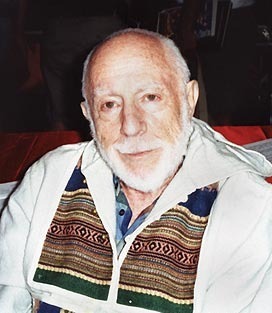
Librarian Note: There is more than one author in the Goodreads database with this name. Alvin^^Schwartz Born in NYC in 1916, Alvin Schwartz wrote his first comics for Fairy Tale Parade in 1939, and wrote extensively for Shelley Mayer, then an editor at Max Gaines’ All-American Publications (later purchased by National/DC in 1944). He had also done a short stint at Fawcett on Captain Marvel. Schwartz wrote his first Batman story in 1942, and his first Batman newspaper strip in Aug 1944 (an assignment he continued on until 1958) and his first Superman newspaper strip in Oct 1944. He had a long association with Superman as the writer of both the Man of Steel’s newspaper strip and many of his comic book appearances, and one of his many enduring contributions to the Superman mythology was the creation of Bizarro, a character who became a part of popular culture, quite apart from comics. While writing most of DC’s newspaper strips between 1944 and 1952, he also went on to do stories for many of their comics magazines, working on characters such as Aquaman, Vigilante, Slam Bradley, Date With Judy, Buzzy, House of Mystery, Tomahawk, Wonder Woman, The Flash, Green Lantern, Newsboy Legion and numerous others. After his 1958 departure from comics, Schwartz took on a whole new role in the corporate world, using the knowledge of plotting gained in comics to open new directions in market research, developing the now well-known techniques of psycho-graphics, typological identification and others, until as Research Director for the famed think tank of Dr Ernst Dichter, The Institute for Motivational Research, he provided structural and marketing advice to some of America’s largest corporations ranging from General Motors to General Foods. He was subsequently appointed to an advisory committee of the American Association of Advertising Agencies. Schwartz also authored three novels for Arco Press, one of which, Sword of Desire, a detective story, won praise for its successful takeoff on Reichian orgone therapy, a popular psychotherapeutic technique during the 40s and 50s. His Beat generation novel, The Blowtop was published by Dial in 1948. Under the title Le Cinglé, it became a best seller in France. He also wrote and lectured on superheroes at various universities and received a prestigious Canada Council Grant for a study on the religious symbolism in popular culture, using Superman as a springboard. Also in Canada, he wrote feature films and did numerous docu-dramas for The National Film Board for nearly 20 years and did a number of economic and social studies for the Canadian government. His last two books, written in his eighties, were: An Unlikely Prophet: Revelations on the Path Without Form (published in 1997) — a memoir dealing with some very off-the-wall experiences generated by his years doing Superman which led him to a unique understanding of Superman’s significance as well as some life-enriching possibilities available to every one of us, and the sequel A Gathering of Selves: The Spiritual Journey of the Legendary Writer of Superman and Batman (published in 2006). Schwartz received the first Bill Finger Award for his contributions to comics via writing in 2006. The Finger Award was created by the legendary creator Jerry Robinson to honour his friend Bill Finger (the uncredited co-creator of Batman) and is given to comic book writers as part of the Will Eisner Comic Book Industry Awards in July of each year.

Chuck Austen (born Chuck Beckum) is an American humor novelist, comic book writer and artist, TV writer and animator. In comics, he is known for his work on X-Men, War Machine, Elektra, and Action Comics, and in television, he is known for co-creating the animated TV series Tripping the Rift. In his most recent prose novels, Chuck Austen has been going by the name Charles Austen.


Fabian Nicieza is a writer and editor who is best known as the co-creator of DEADPOOL and for his work on Marvel titles such as X-Men, X-Force, New Warriors, and Robin. His first novel, the Edgar Award-nominated SUBURBAN DICKS, a sarcastic murder mystery, is on sale now from Putnam Books. The Dicks will return in THE SELF-MADE WIDOW, coming June 21st.

William "Bill" Finger was an American comic strip and comic book writer best known as the uncredited co-creator, with Bob Kane, of the DC Comics character Batman, as well as the co-architect of the series' development. In later years, Kane acknowledged Finger as "a contributing force" in the character's creation. Comics historian Ron Goulart, in Comic Book Encyclopedia, refers to Batman as the "creation of artist Bob Kane and writer Bill Finger", and a DC Comics press release in 2007 about colleague Jerry Robinson states that in 1939, "Kane, along with writer Bill Finger, had just created Batman for [DC predecessor] National Comics". Film and television credits include scripting The Green Slime (1969), Track of the Moon Beast (1976), and three episodes of 77 Sunset Strip. -Wikipedia


Murphy C. Anderson, Jr. was an American comics artist, known as one of the premier inkers of his era, who worked for companies such as DC Comics for over fifty years, starting in the Golden Age of Comic Books in the 1940s. https://en.wikipedia.org/wiki/Murphy_...

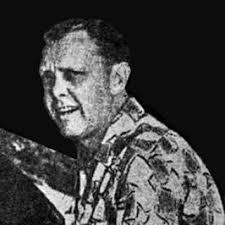

Kurt Busiek is an American comic book writer notable for his work on the Marvels limited series, his own title Astro City, and his four-year run on Avengers. Busiek did not read comics as a youngster, as his parents disapproved of them. He began to read them regularly around the age of 14, when he picked up a copy of Daredevil #120. This was the first part of a continuity-heavy four-part story arc; Busiek was drawn to the copious history and cross-connections with other series. Throughout high school and college, he and future writer Scott McCloud practiced making comics. During this time, Busiek also had many letters published in comic book letter columns, and originated the theory that the Phoenix was a separate being who had impersonated Jean Grey, and that therefore Grey had not died—a premise which made its way from freelancer to freelancer, and which was eventually used in the comics. During the last semester of his senior year, Busiek submitted some sample scripts to editor Dick Giordano at DC Comics. None of them sold, but they did get him invitations to pitch other material to DC editors, which led to his first professional work, a back-up story in Green Lantern #162 (Mar. 1983). Busiek has worked on a number of different titles in his career, including Arrowsmith, The Avengers, Icon, Iron Man, The Liberty Project, Ninjak, The Power Company, Red Tornado, Shockrockets, Superman: Secret Identity, Thunderbolts, Untold Tales of Spider-Man, JLA, and the award-winning Marvels and the Homage Comics title Kurt Busiek's Astro City. In 1997, Busiek began a stint as writer of Avengers alongside artist George Pérez. Pérez departed from the series in 2000, but Busiek continued as writer for two more years, collaborating with artists Alan Davis, Kieron Dwyer and others. Busiek's tenure culminated with the "Kang Dynasty" storyline. In 2003, Busiek re-teamed with Perez to create the JLA/Avengers limited series. In 2003, Busiek began a new Conan series for Dark Horse Comics, which he wrote for four years. In December 2005 Busiek signed a two-year exclusive contract with DC Comics. During DC's Infinite Crisis event, he teamed with Geoff Johns on a "One Year Later" eight-part story arc (called Up, Up and Away) that encompassed both Superman titles. In addition, he began writing the DC title Aquaman: Sword of Atlantis from issues 40-49. Busiek was the writer of Superman for two years, before followed by James Robinson starting from Superman #677. Busiek wrote a 52-issue weekly DC miniseries called Trinity, starring Batman, Superman and Wonder Woman. Each issue (except for issue #1) featured a 12-page main story by Busiek, with art by Mark Bagley, and a ten-page backup story co-written by Busiek and Fabian Nicieza, with art from various artists, including Tom Derenick, Mike Norton and Scott McDaniel. Busiek's work has won him numerous awards in the comics industry, including the Harvey Award for Best Writer in 1998 and the Eisner Award for Best Writer in 1999. In 1994, with Marvels, he won Best Finite Series/Limited Series Eisner Award and the Best Continuing or Limited Series Harvey Award; as well as the Harvey Award for Best Single Issue or Story (for Marvels #4) in 1995. In 1996, with Astro City, Busiek won both the Eisner and Harvey awards for Best New Series. He won the Best Single Issue/Single Story Eisner three years in a row from 1996–1998, as well as in 2004. Busiek won the Best Continuing Series Eisner Award in 1997–1998, as well as the Best Serialized Story award in 1998. In addition, Astro City was awarded the 1996 Best Single Issue or Story Harvey Award, and the 1998 Harvey Award for Best Continuing or Limited Series. Busiek was given the 1998 and 1999 Comics Buyer's Guide Awards for Favorite Writer, with additional nominations in 1997 and every year from 2000 to 2004. He has also received numerous Squiddy Awards, having been selected as favorite writer four years in a row from 1995 to 1998,







